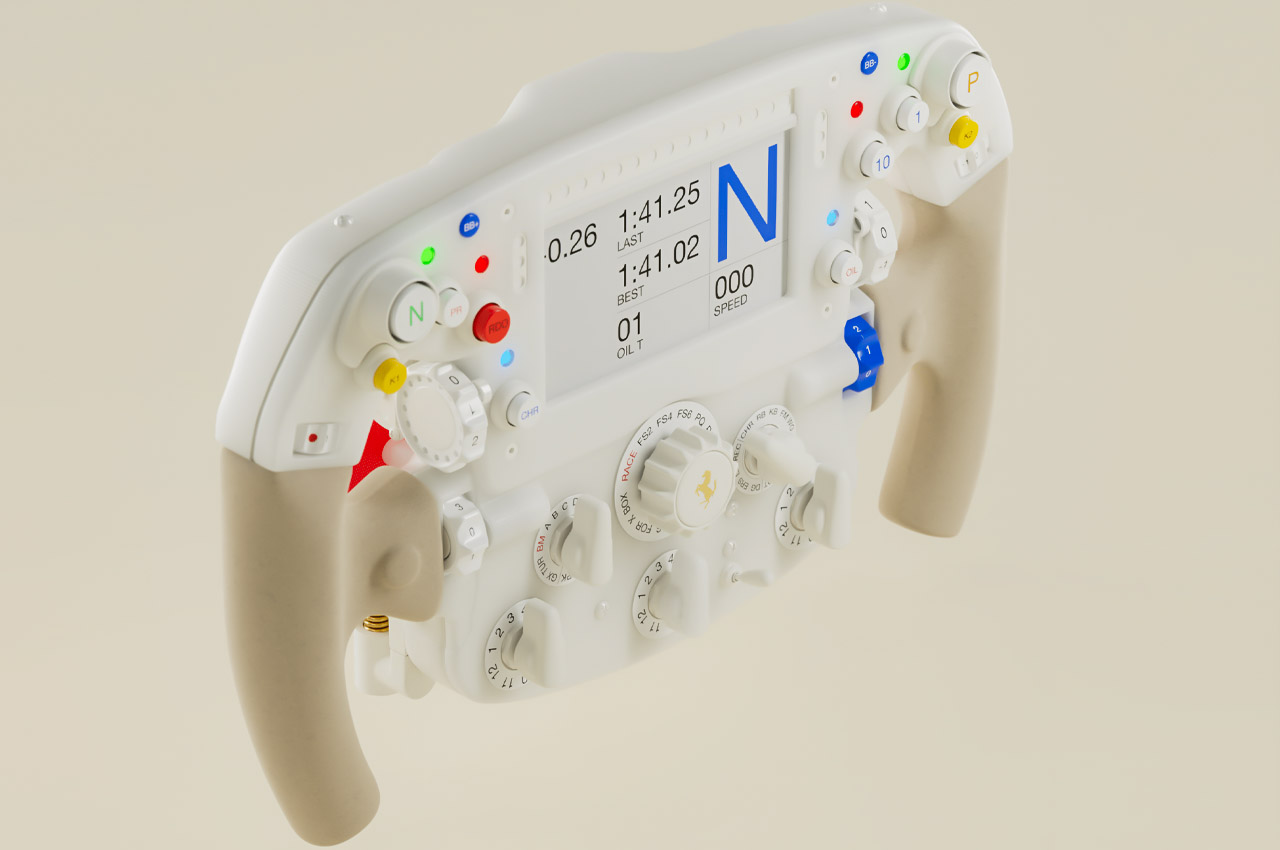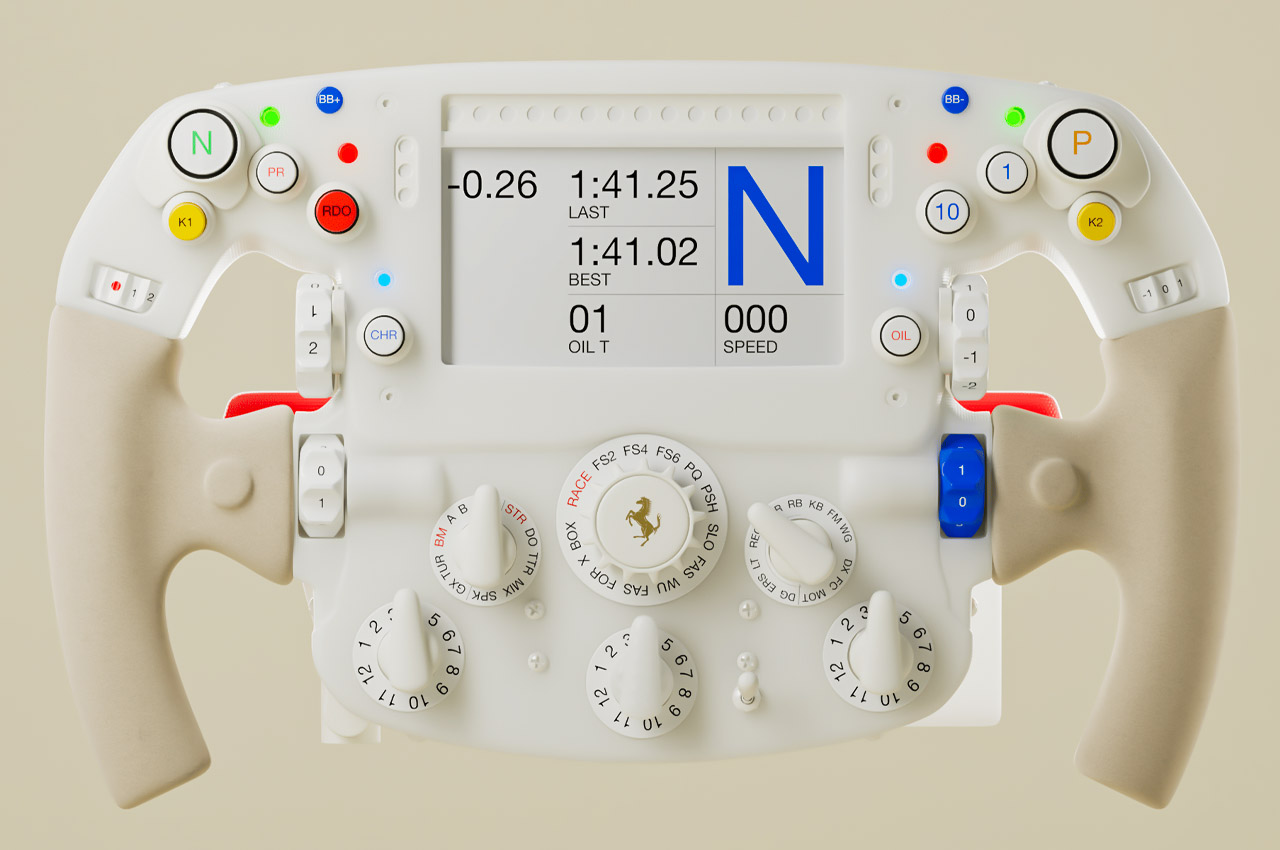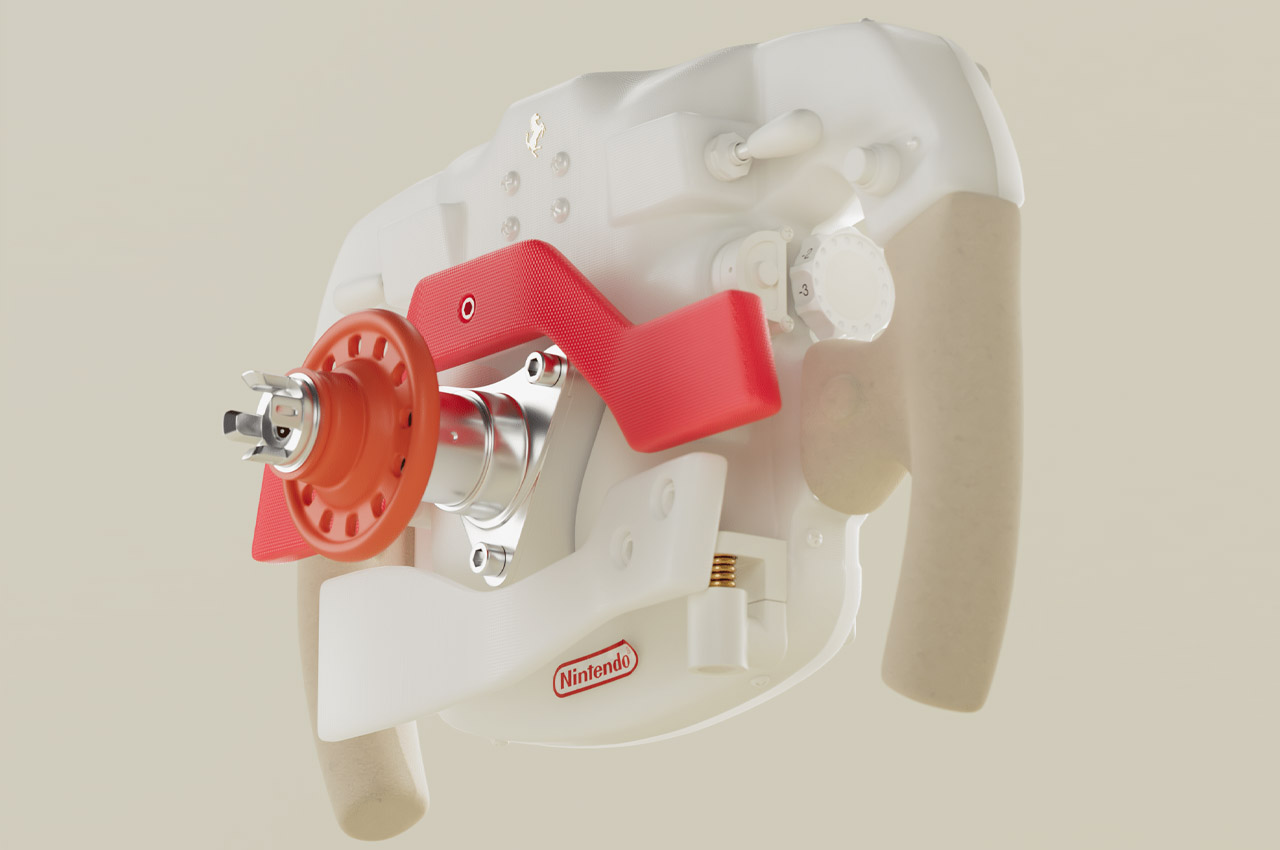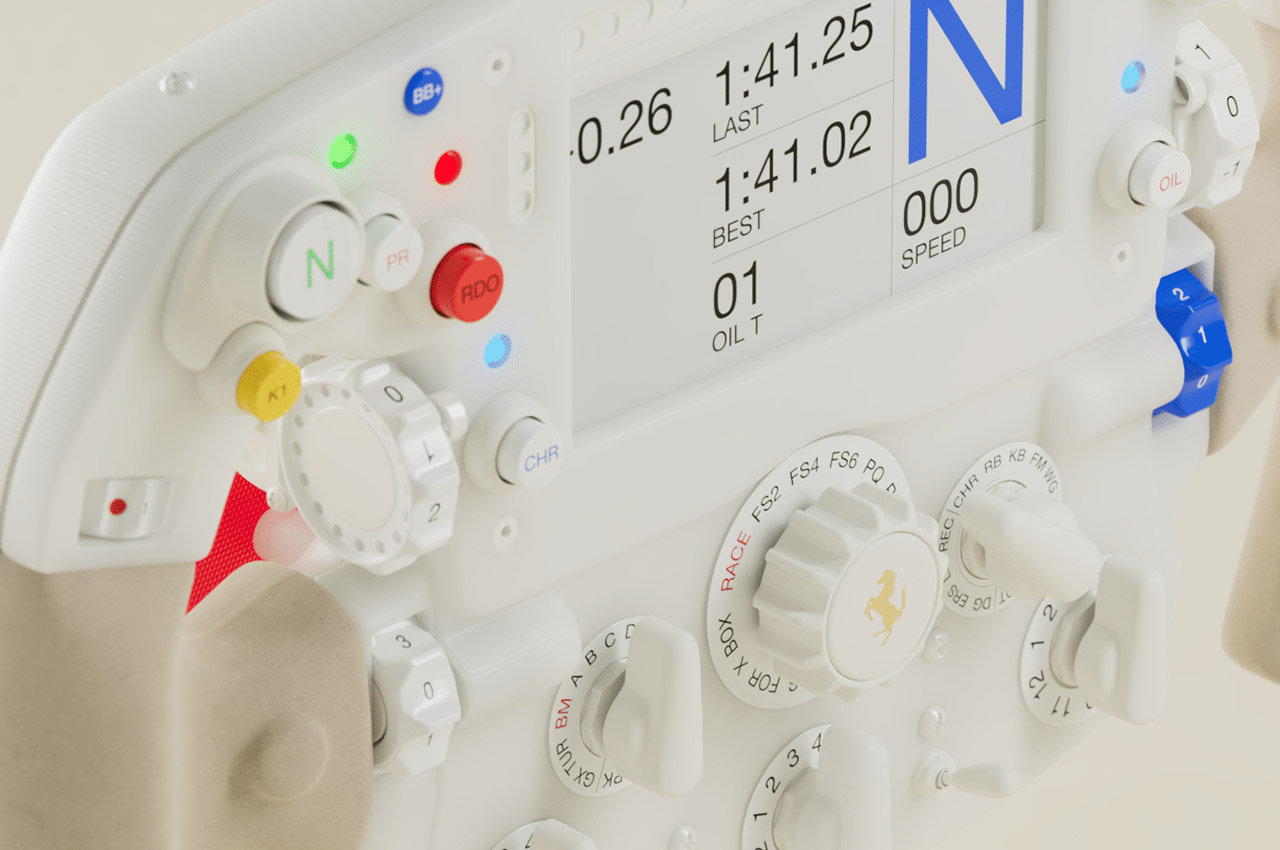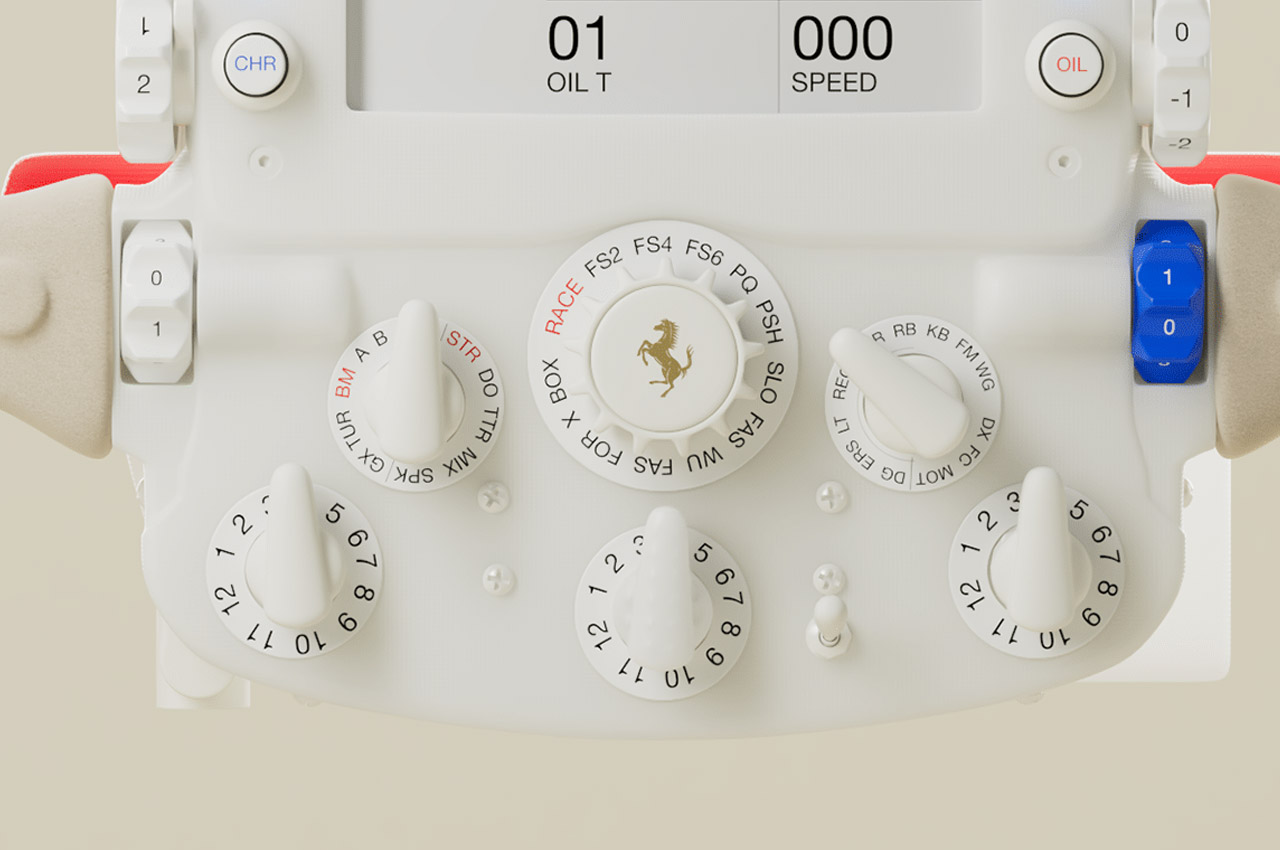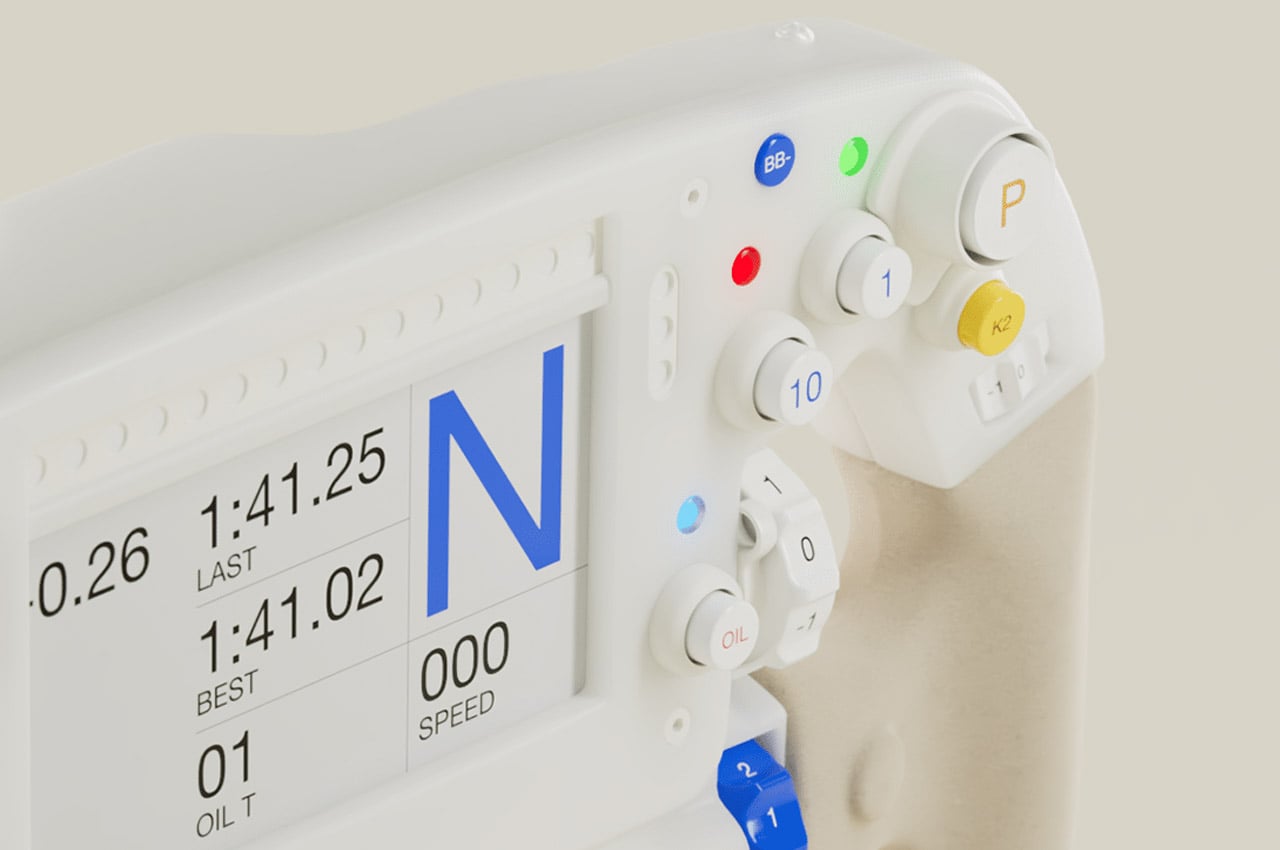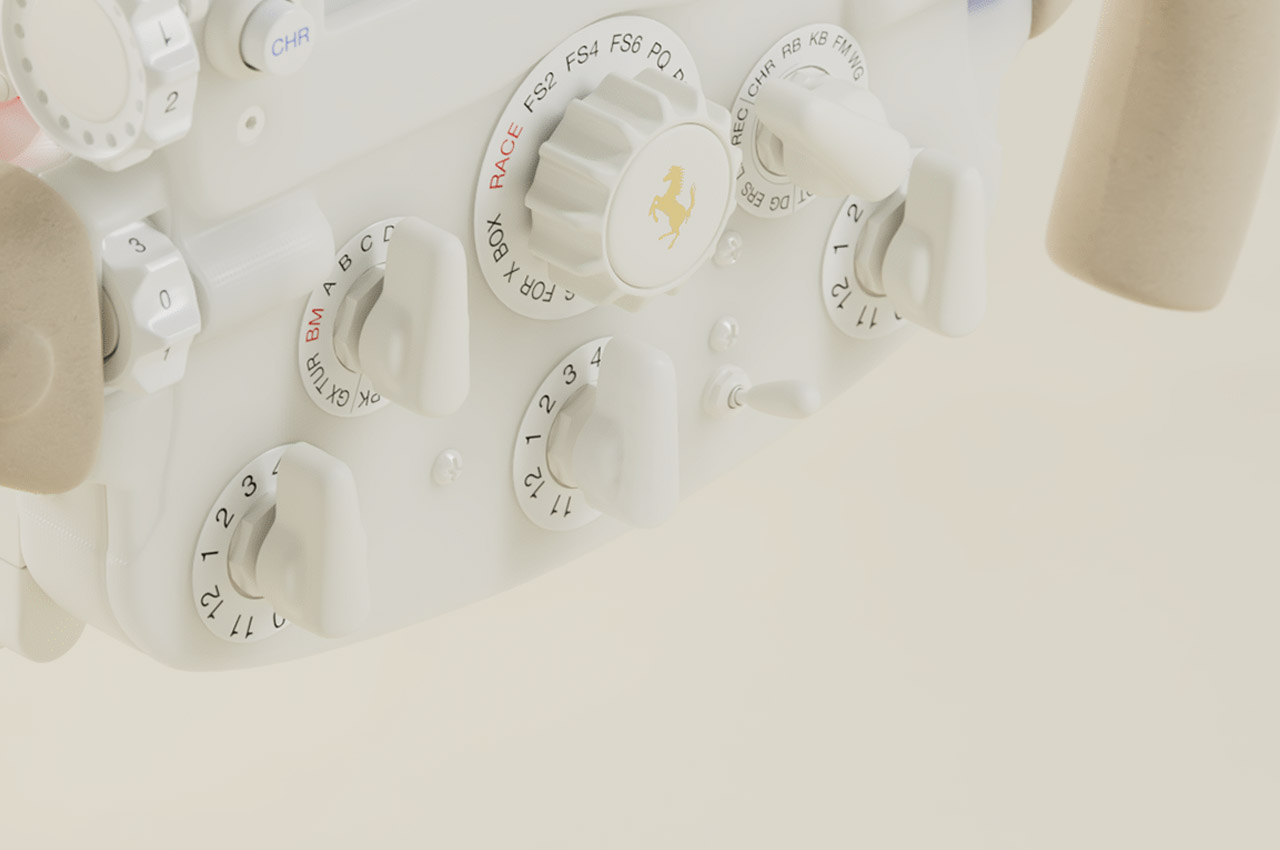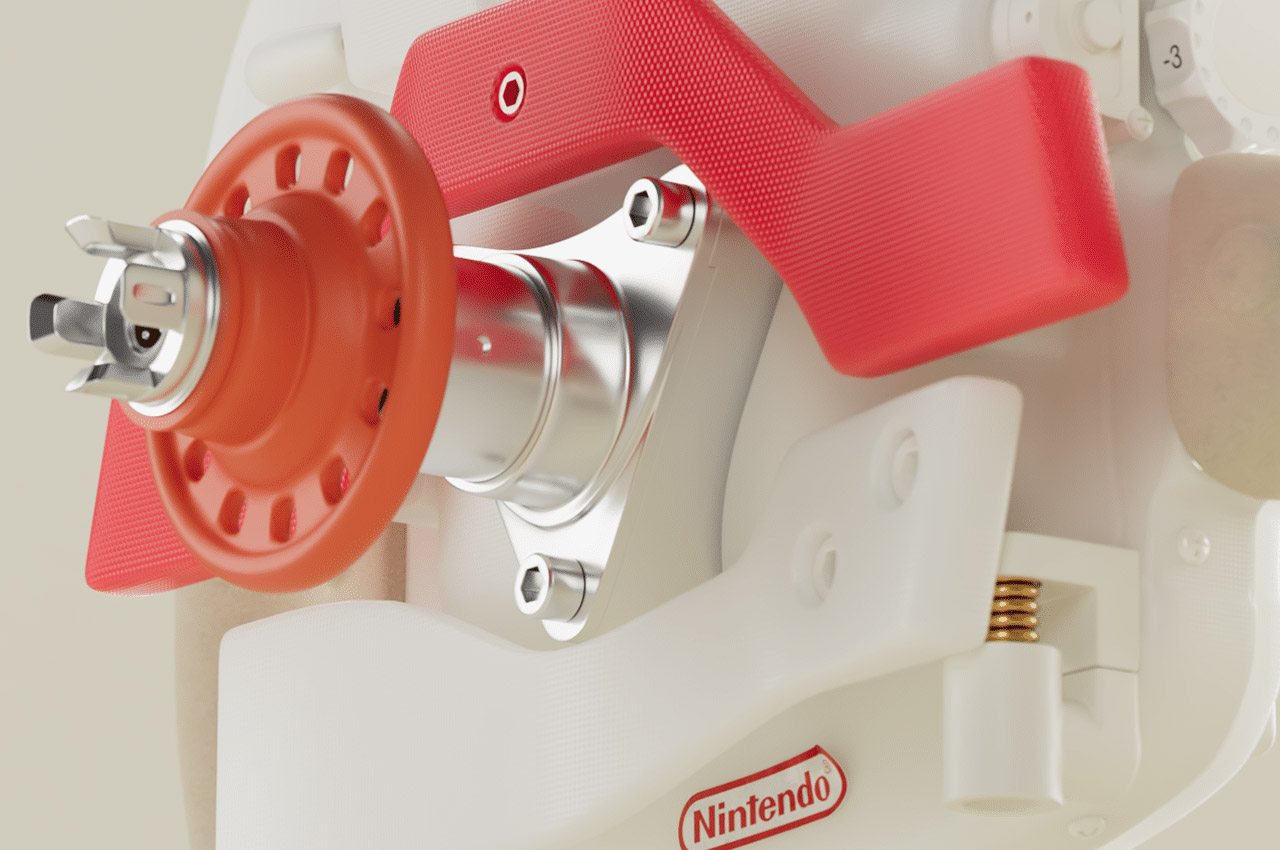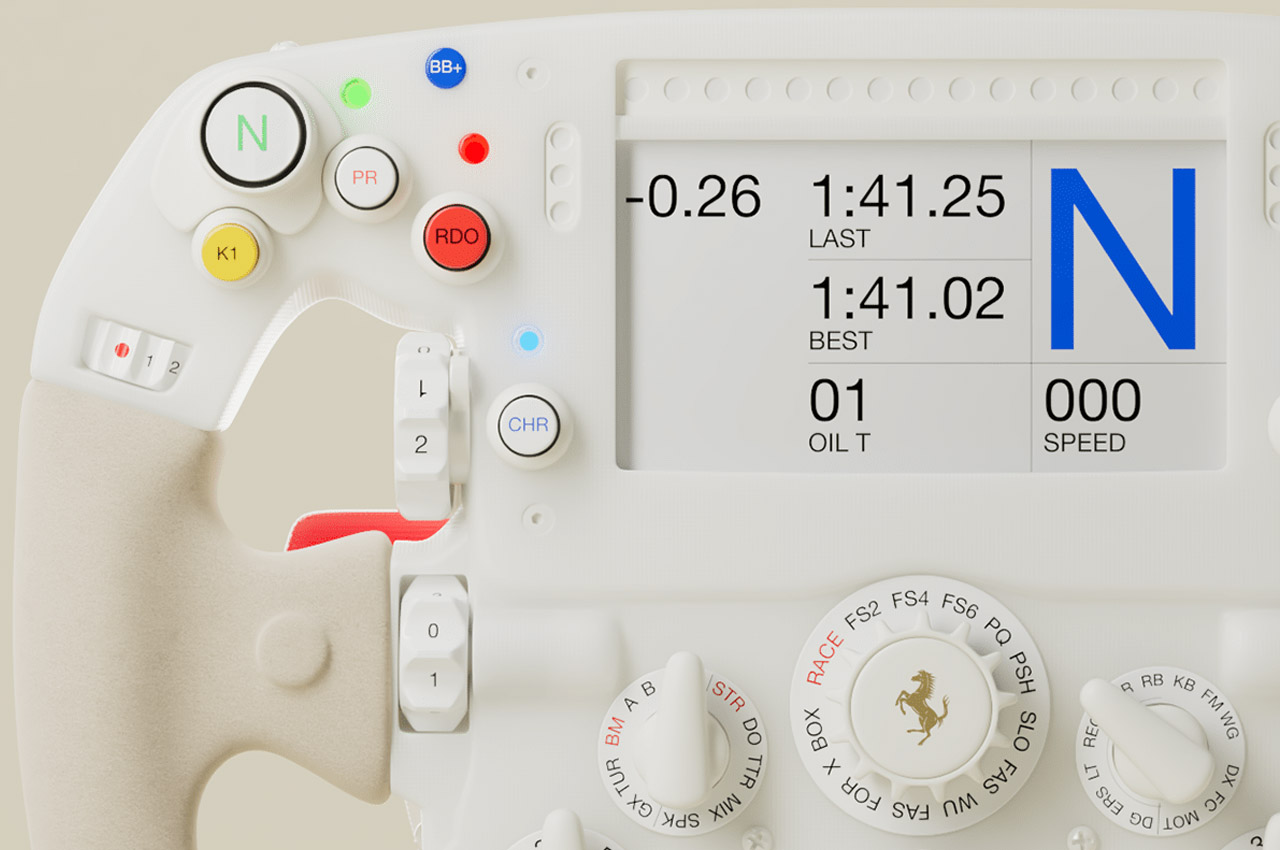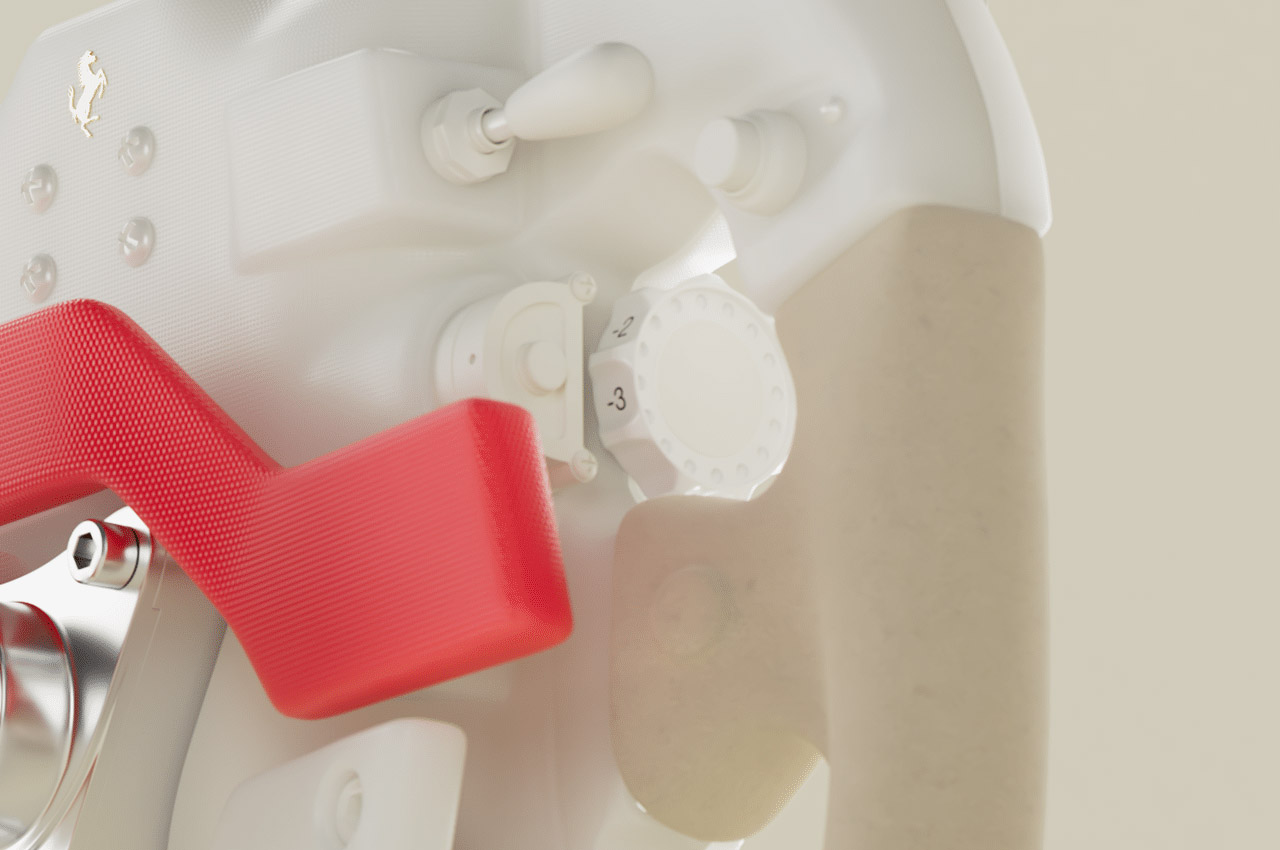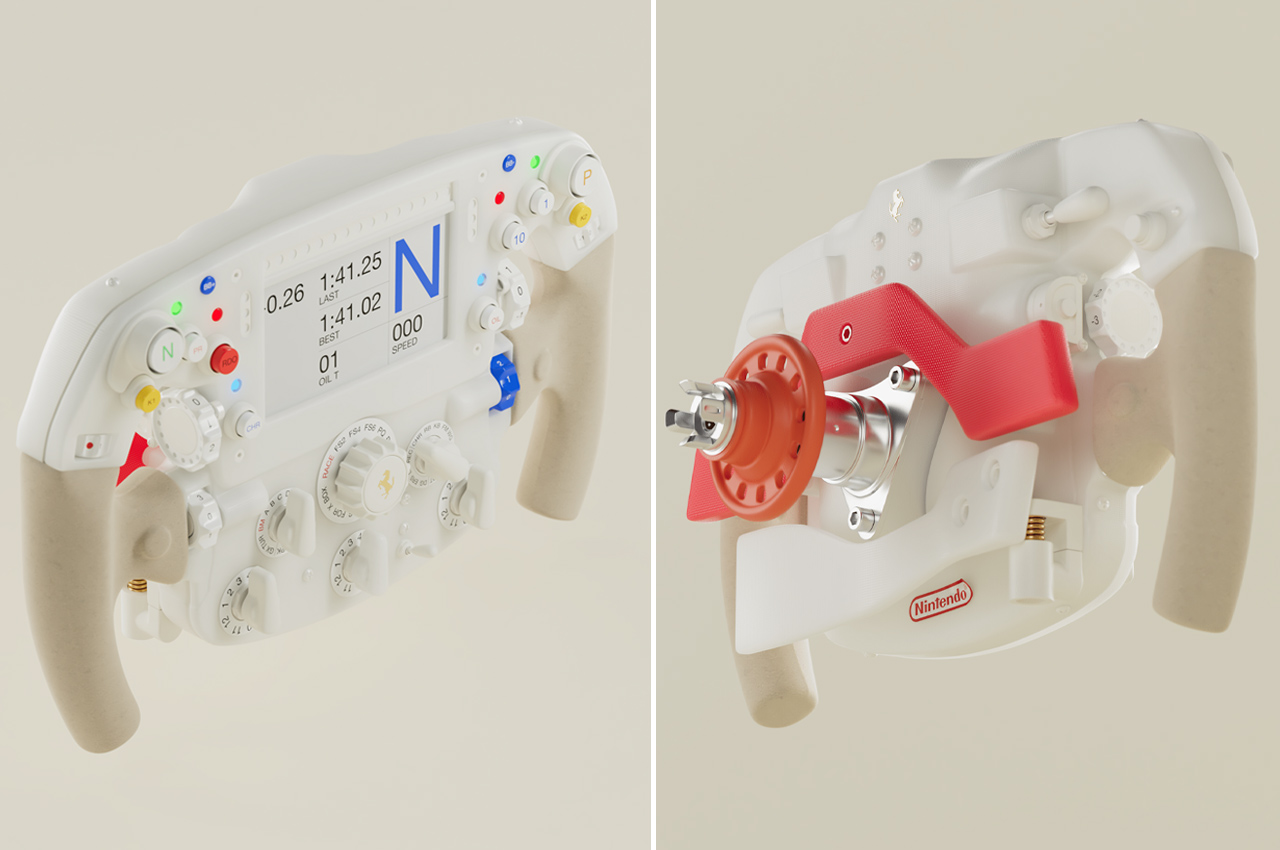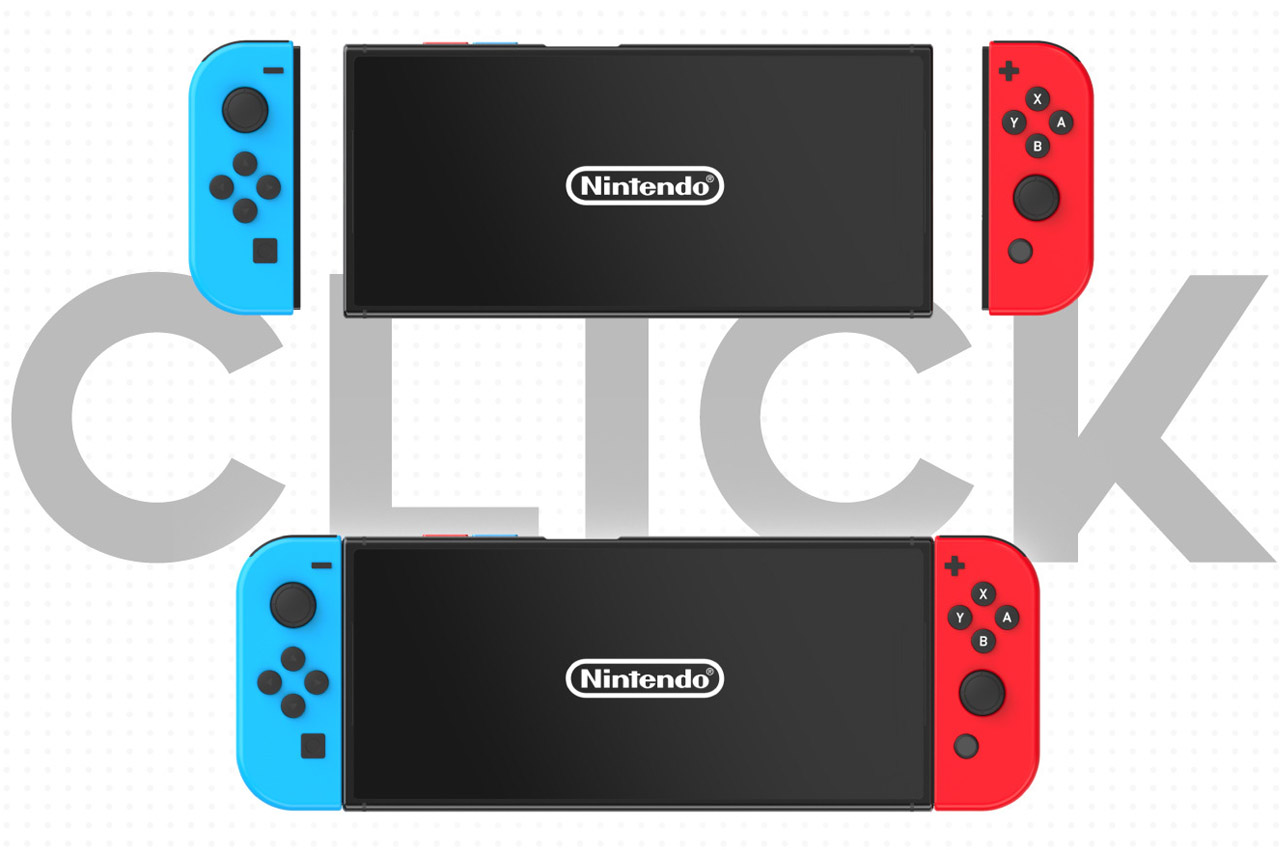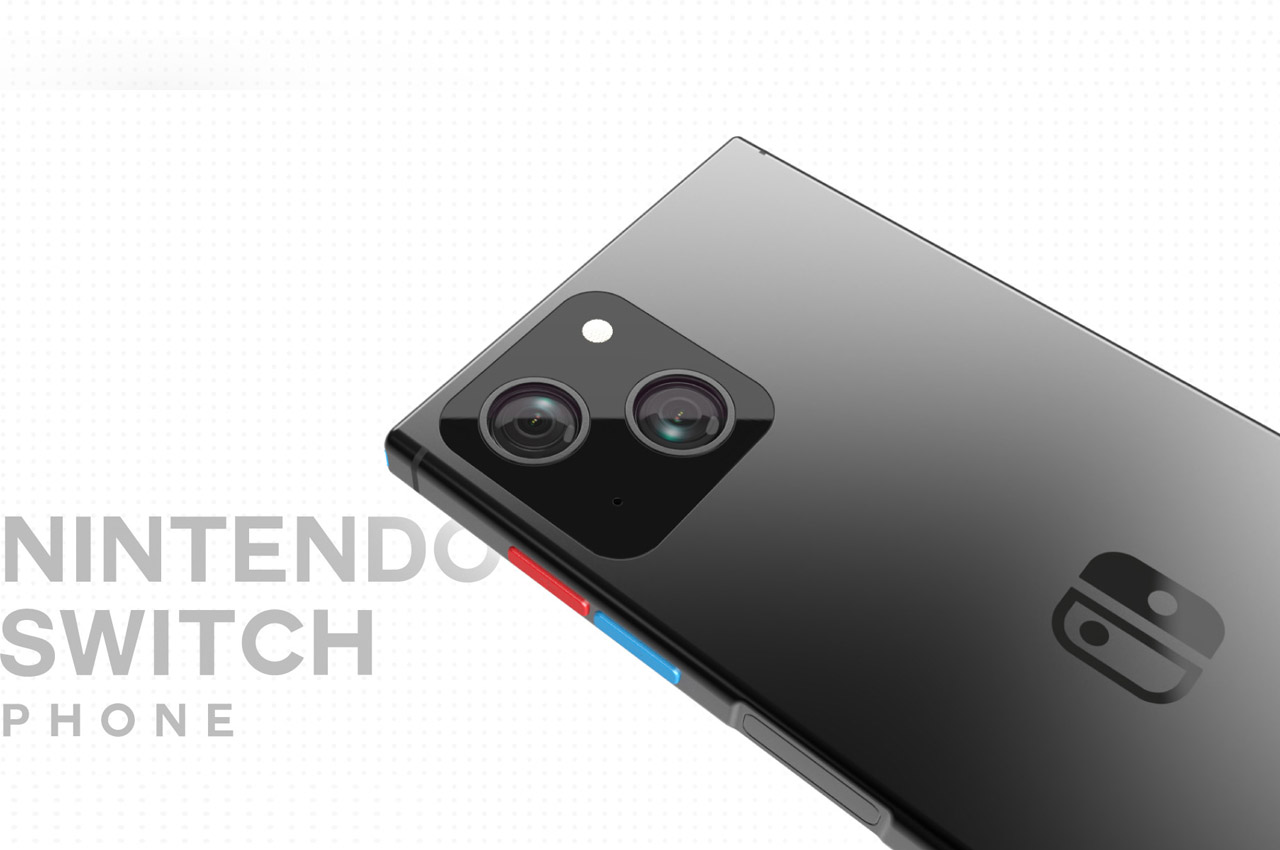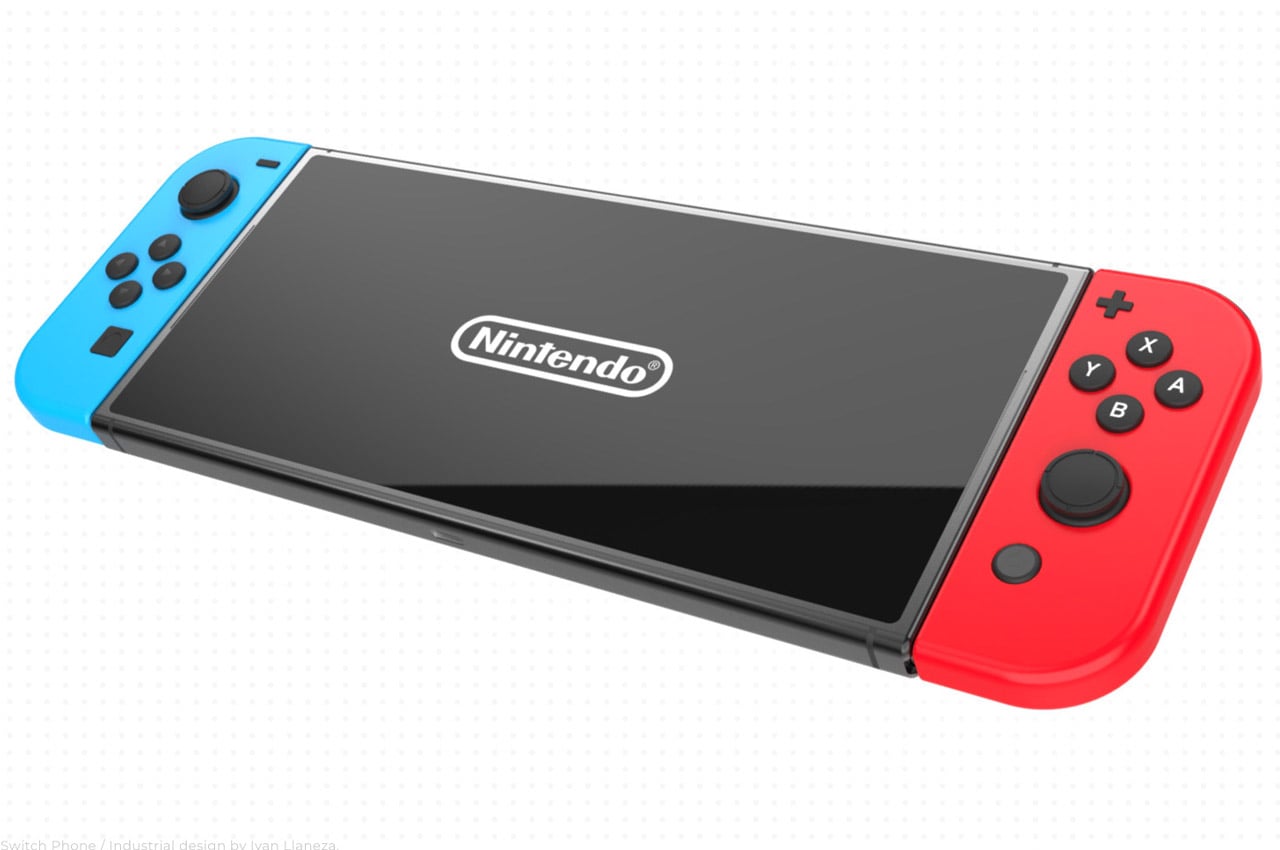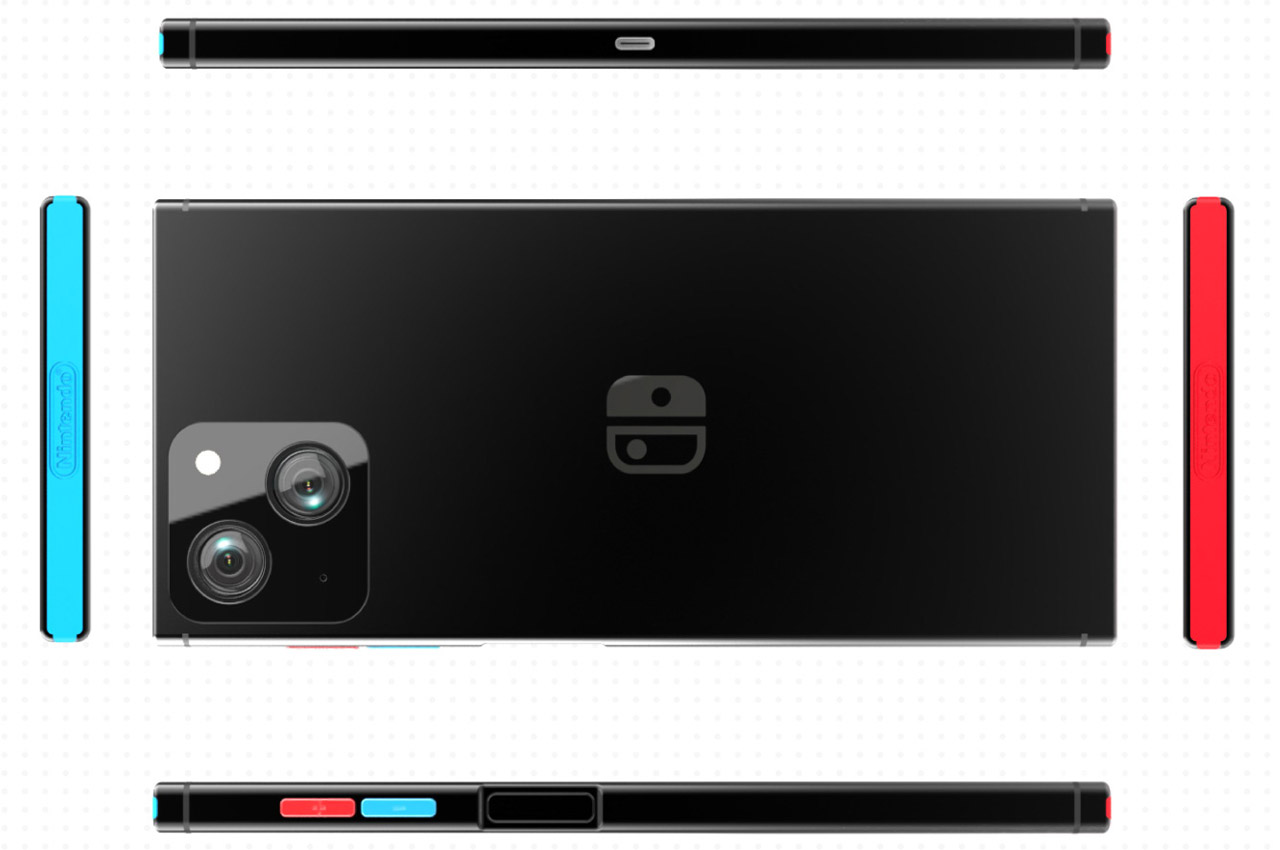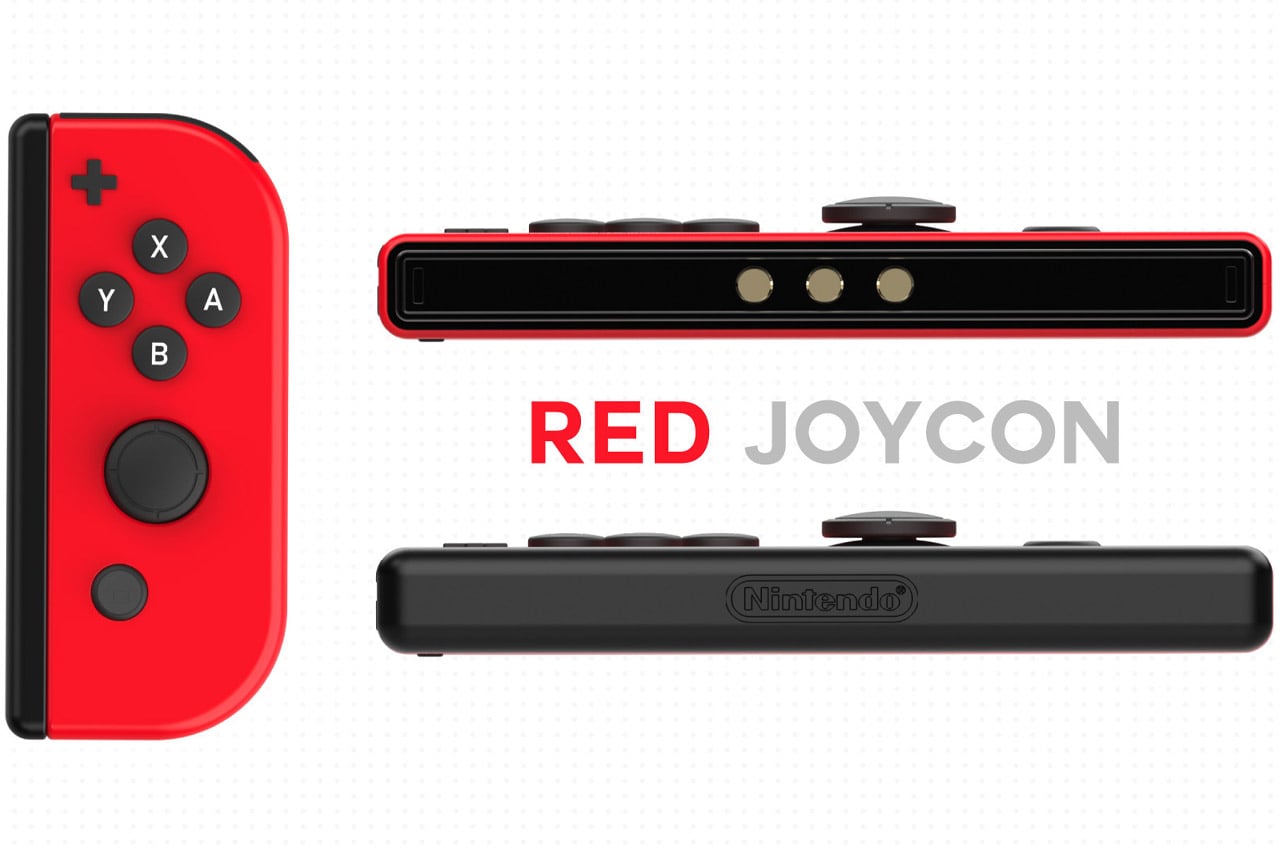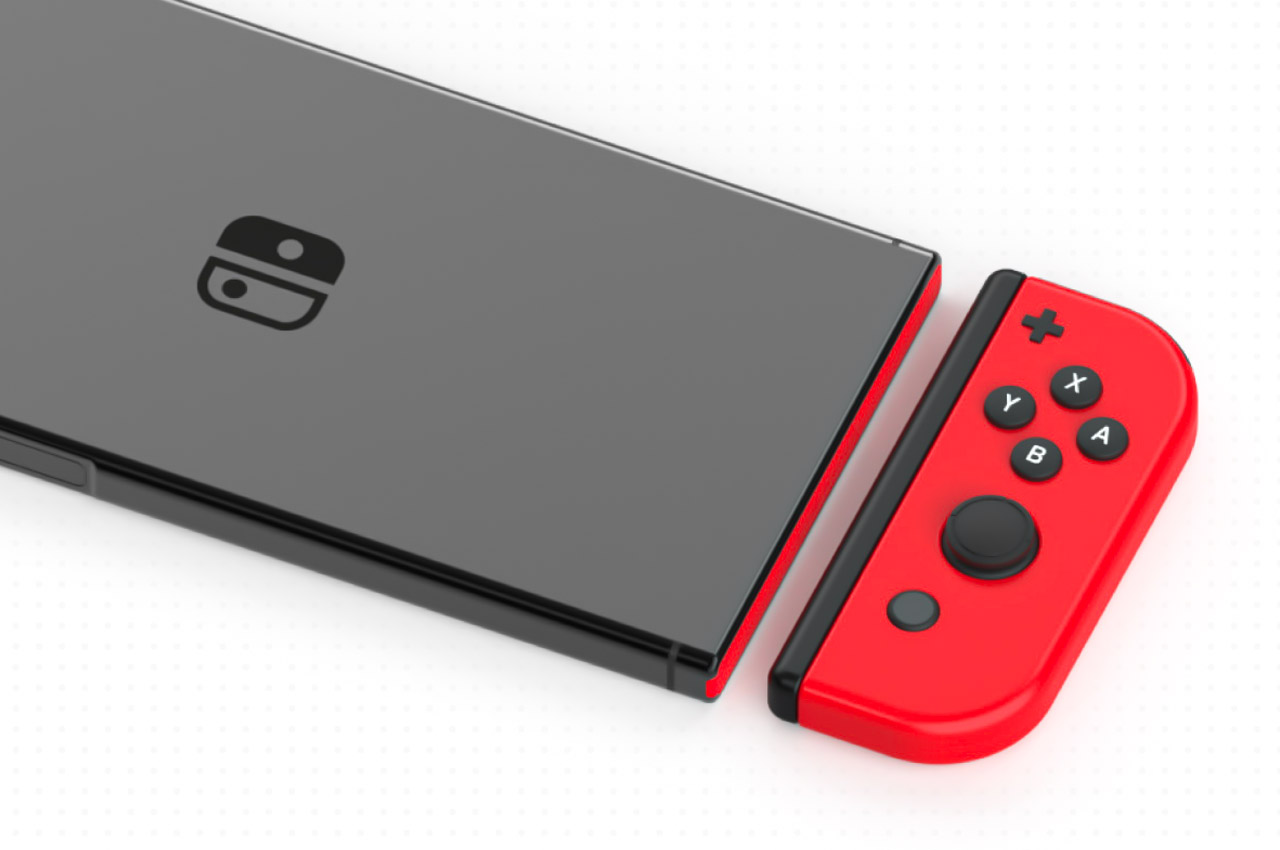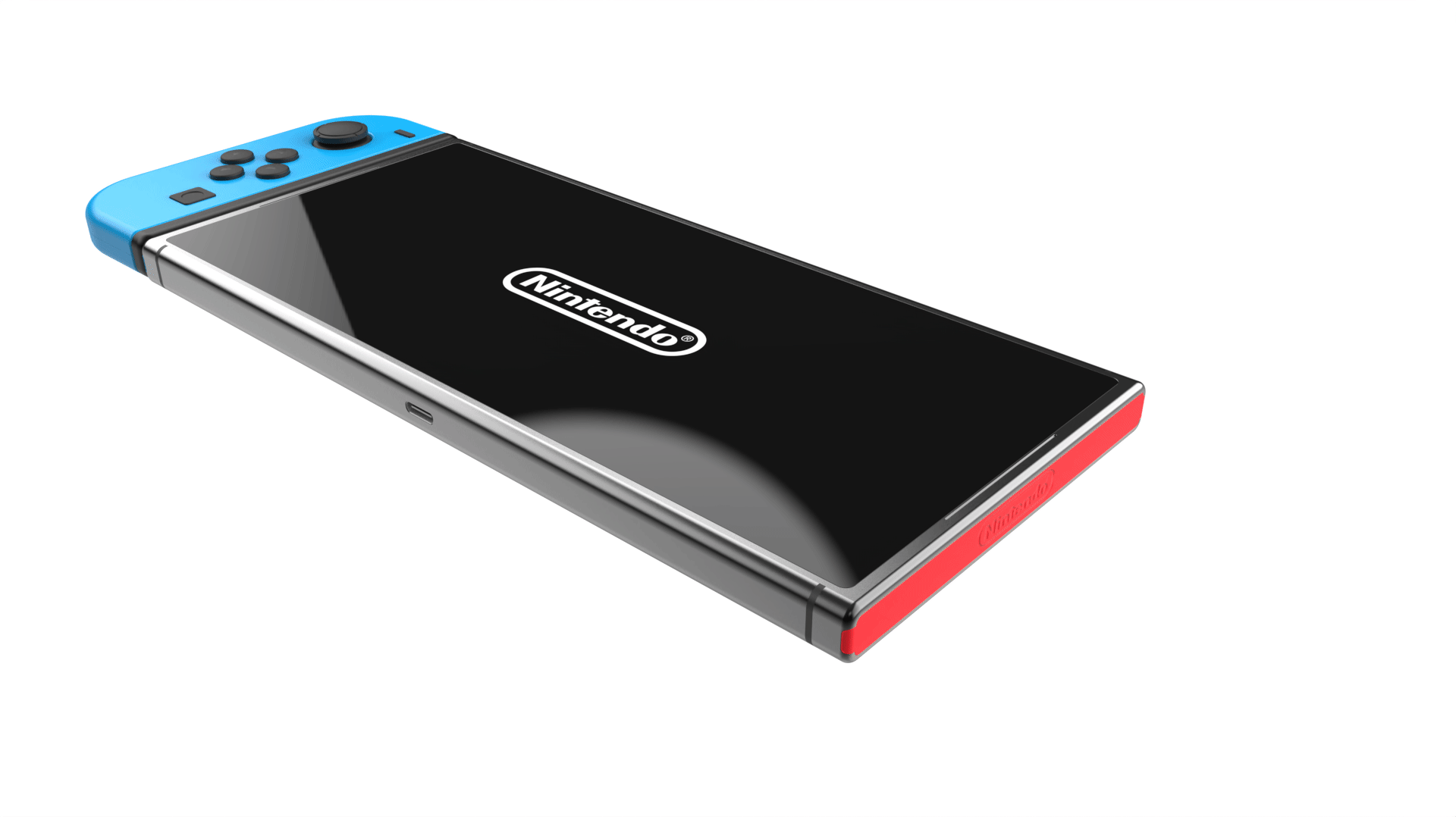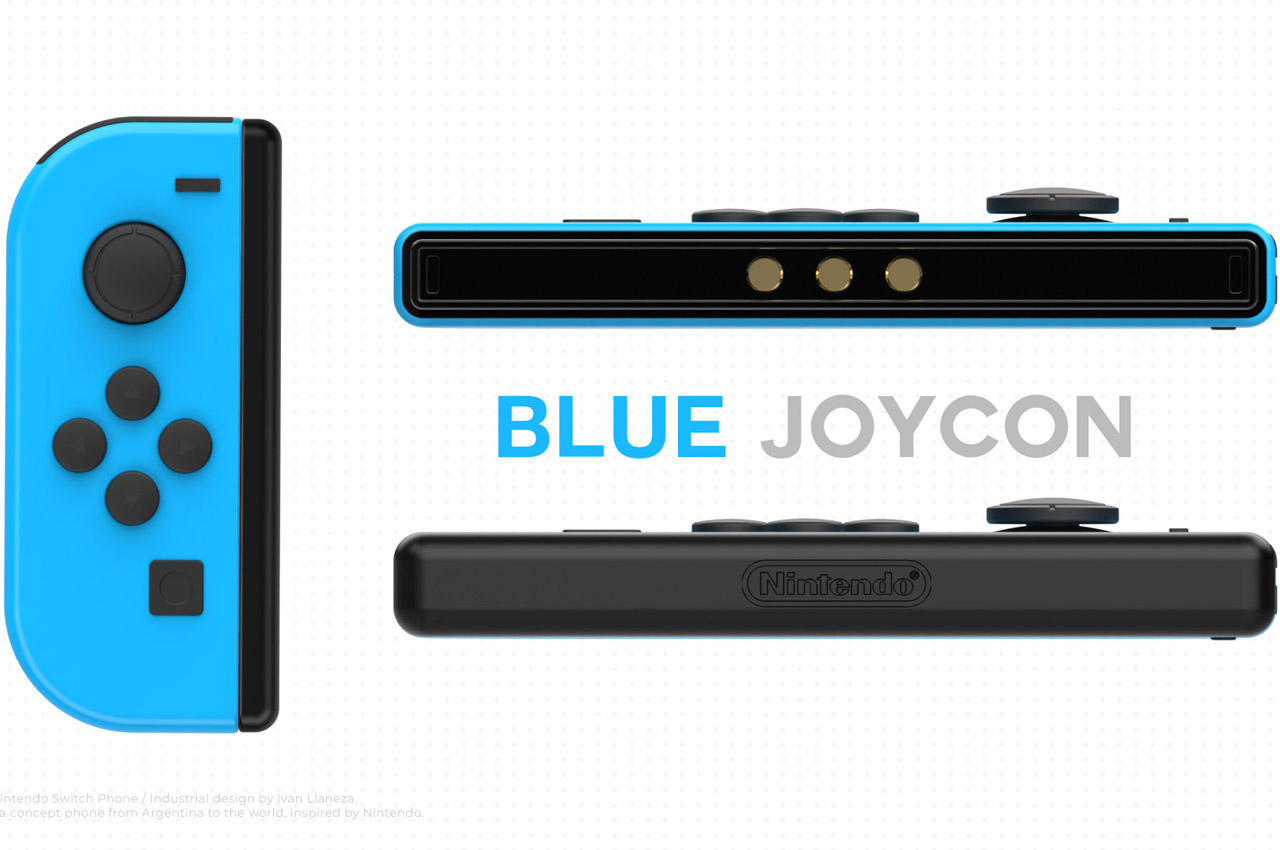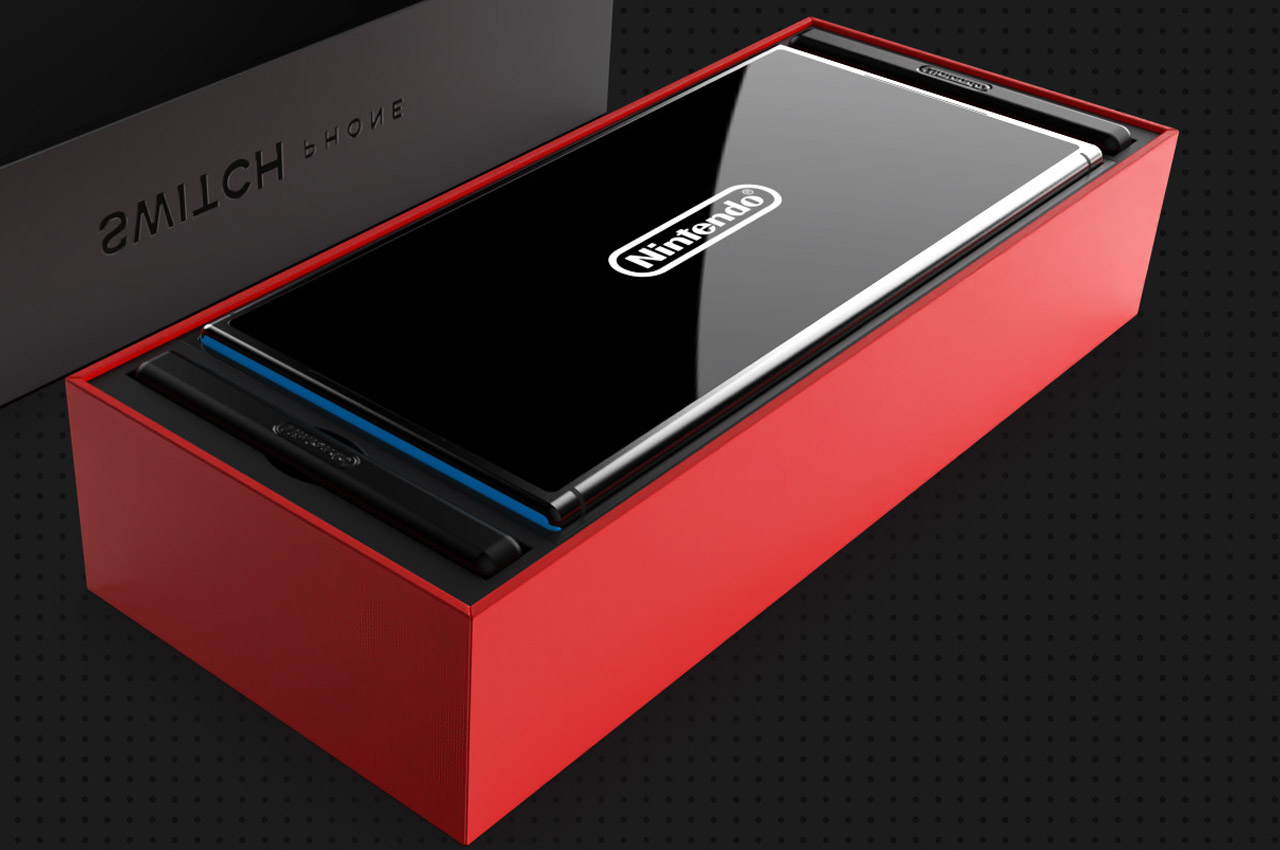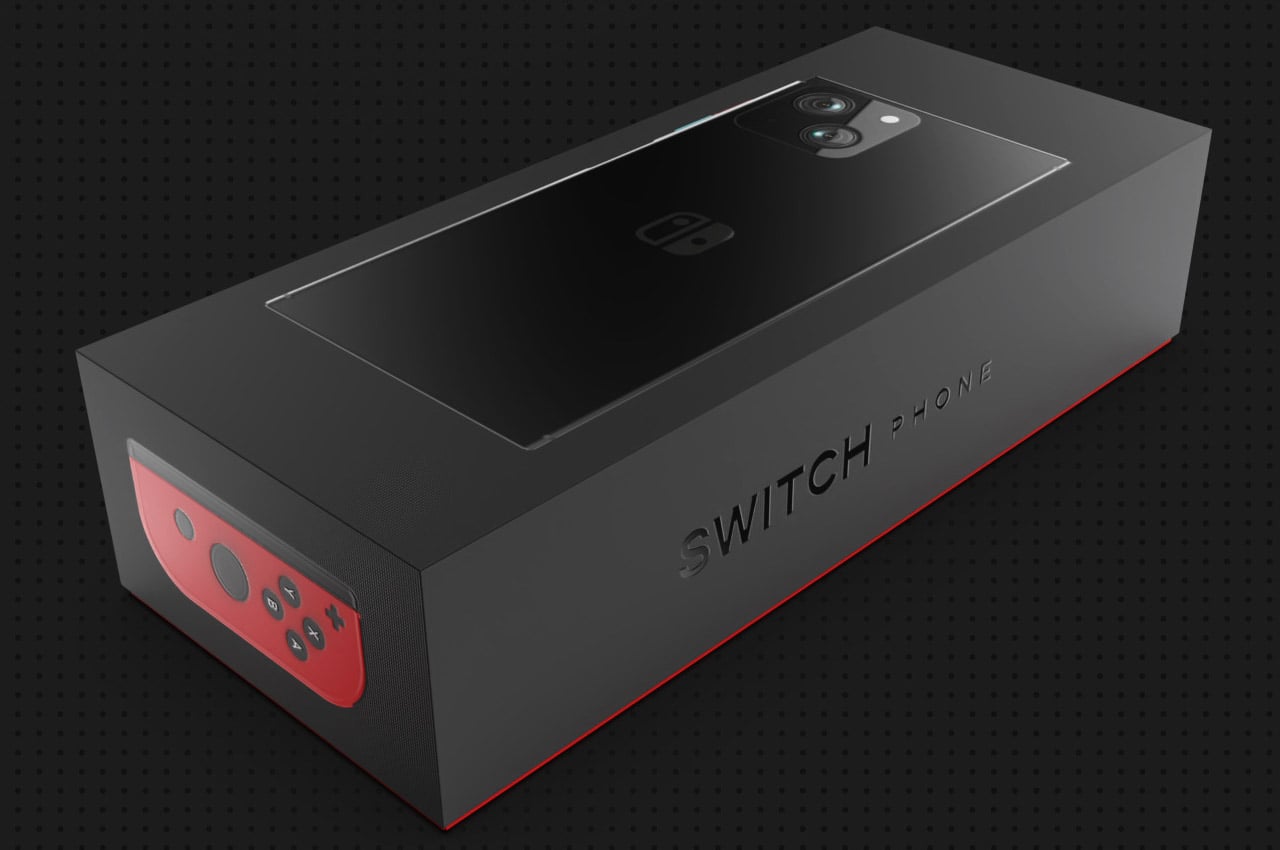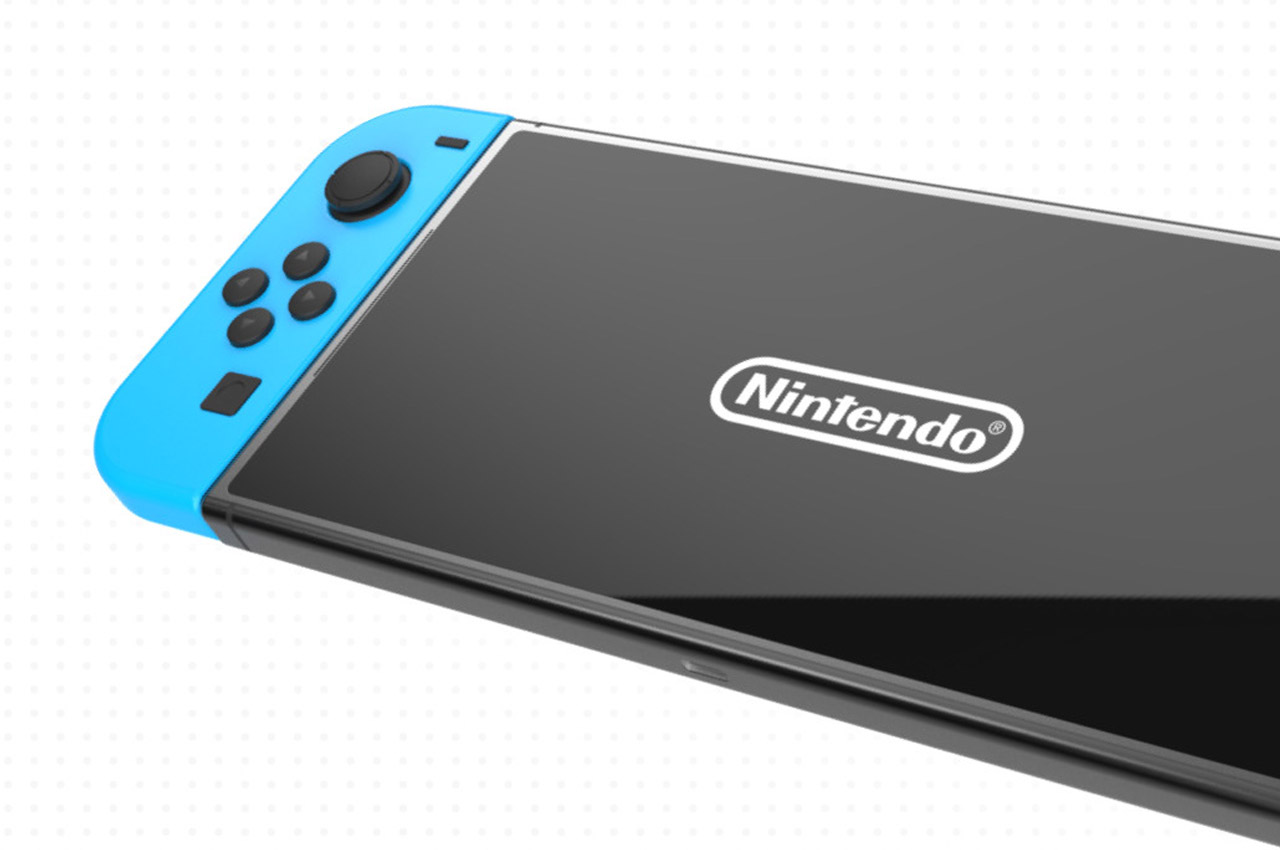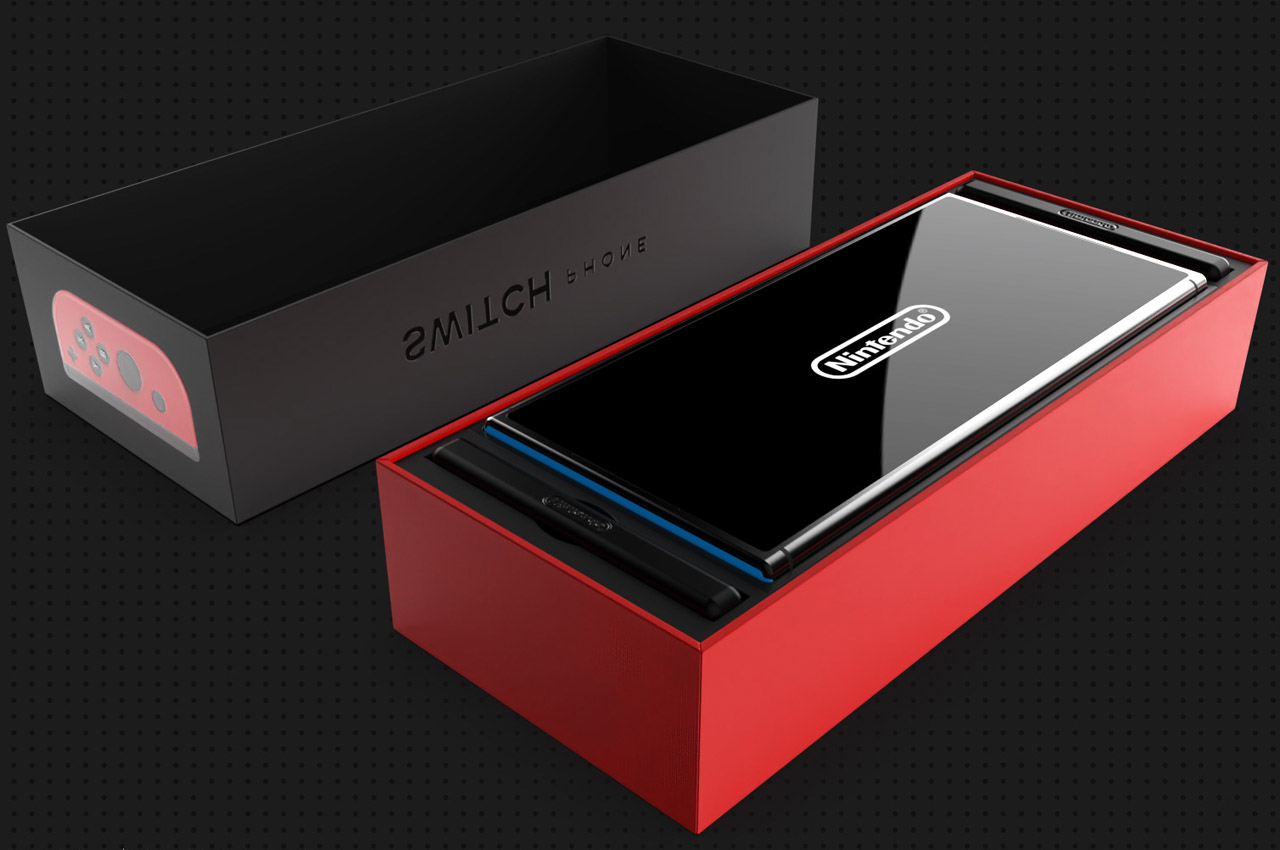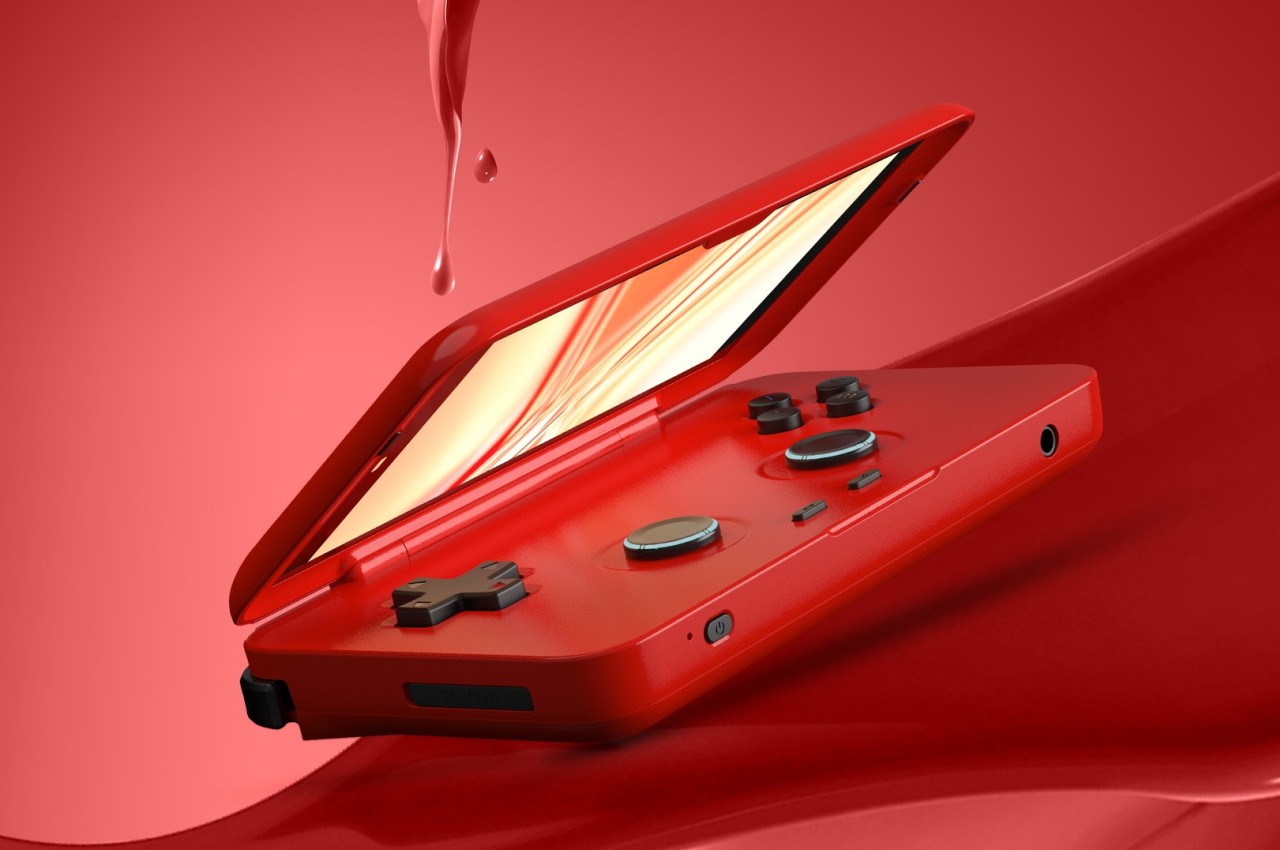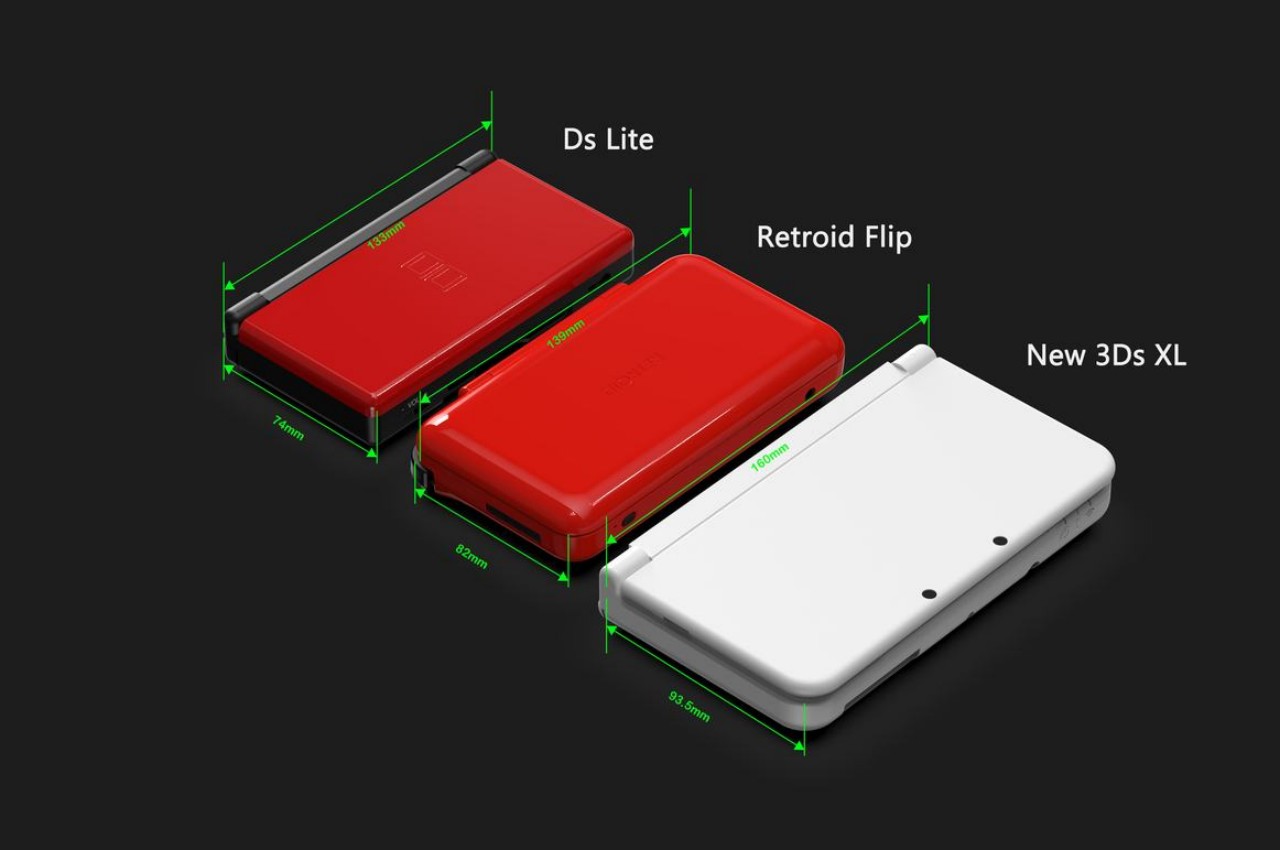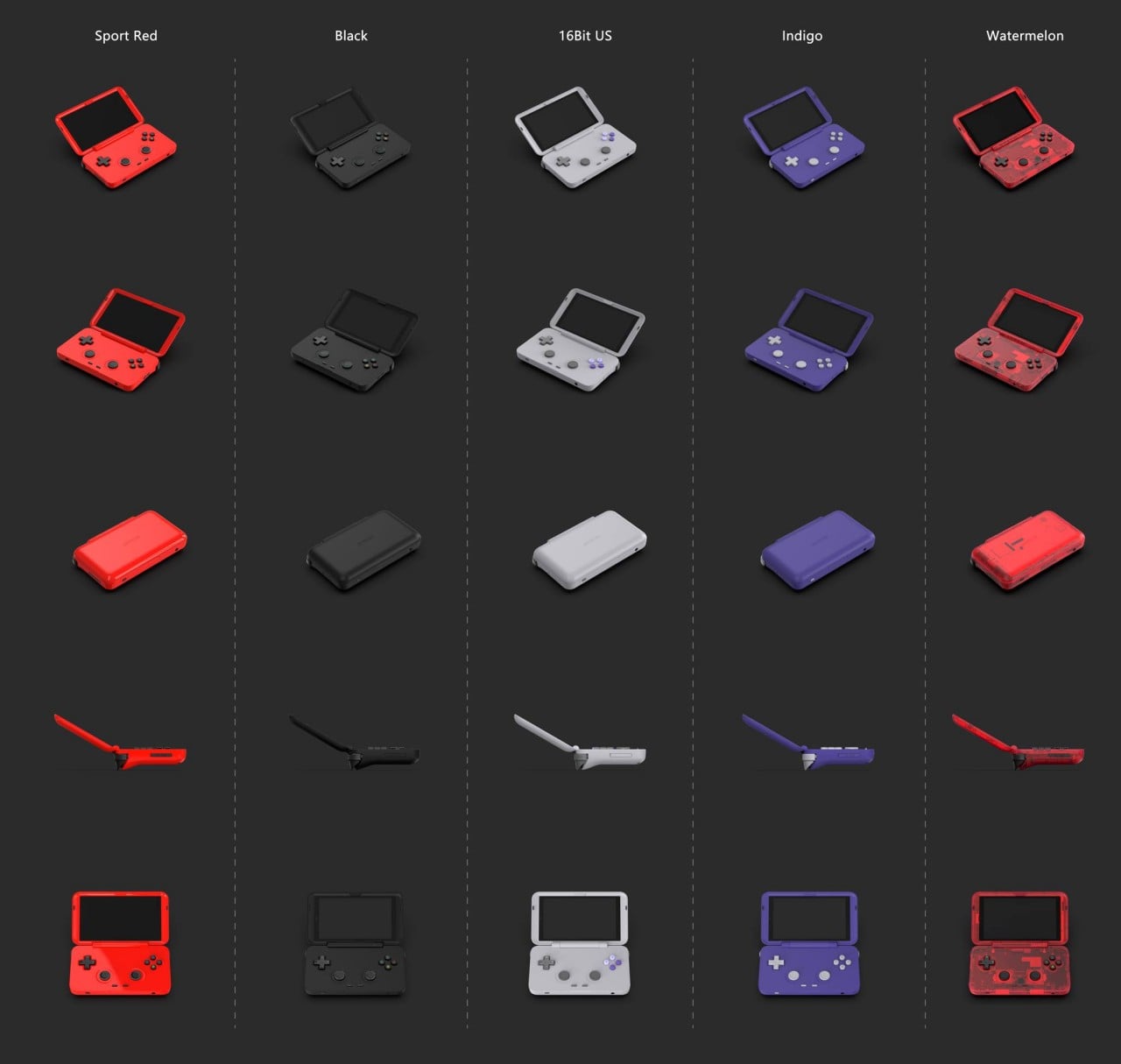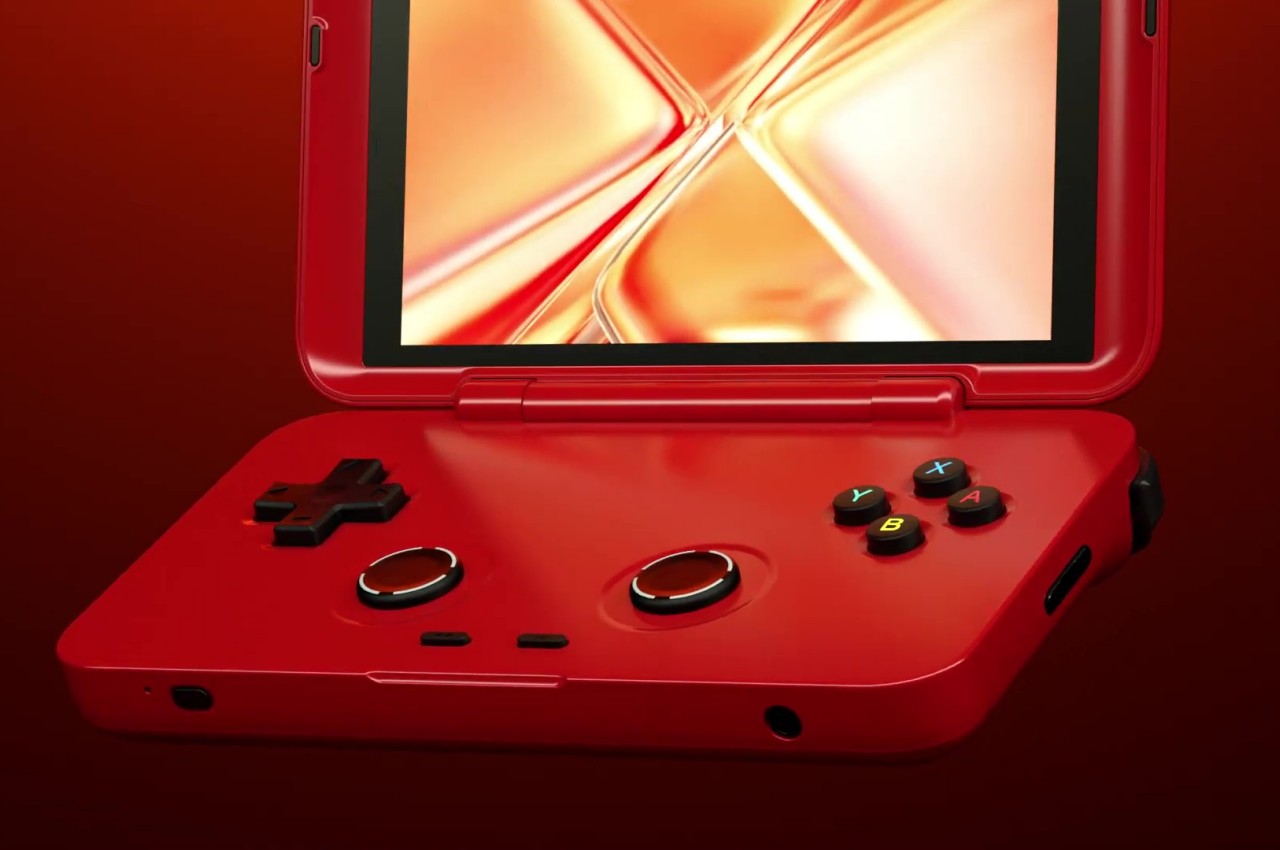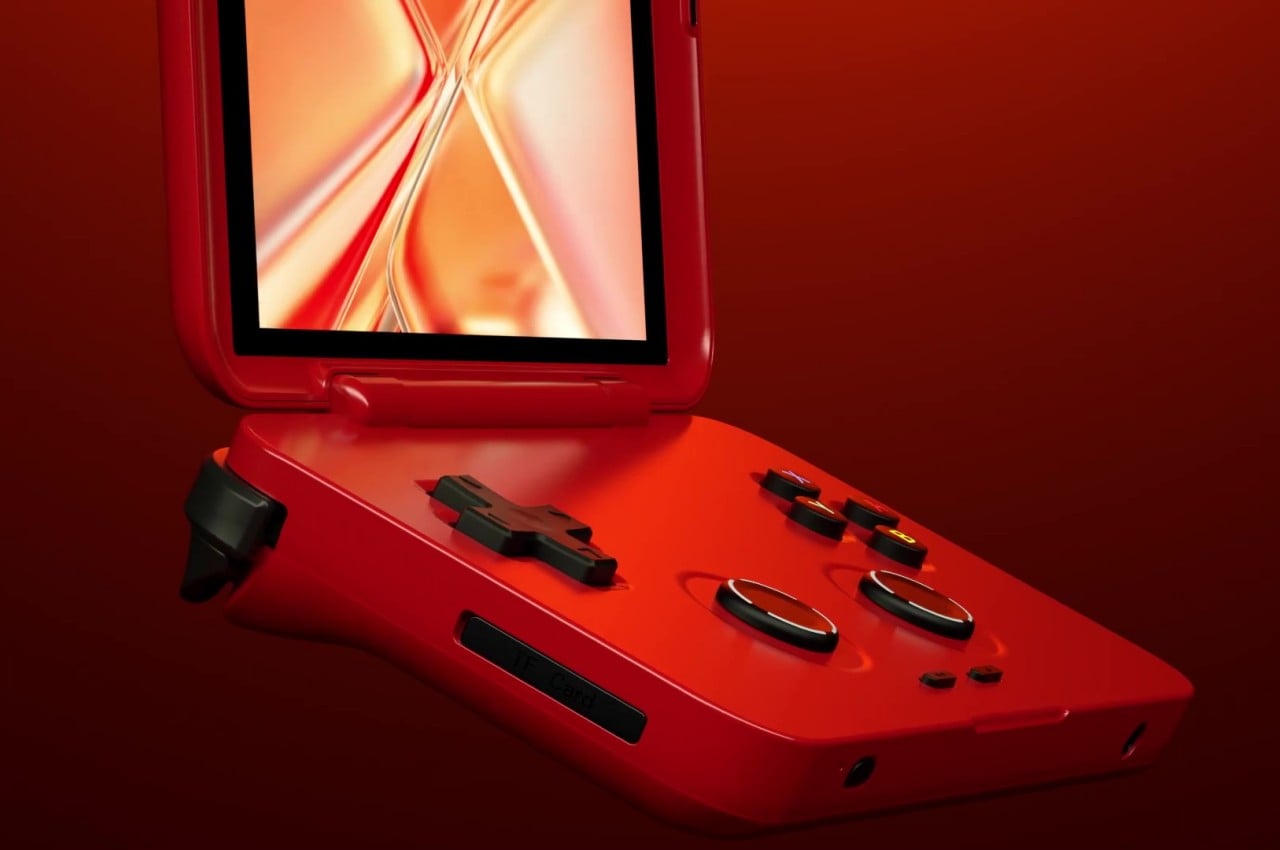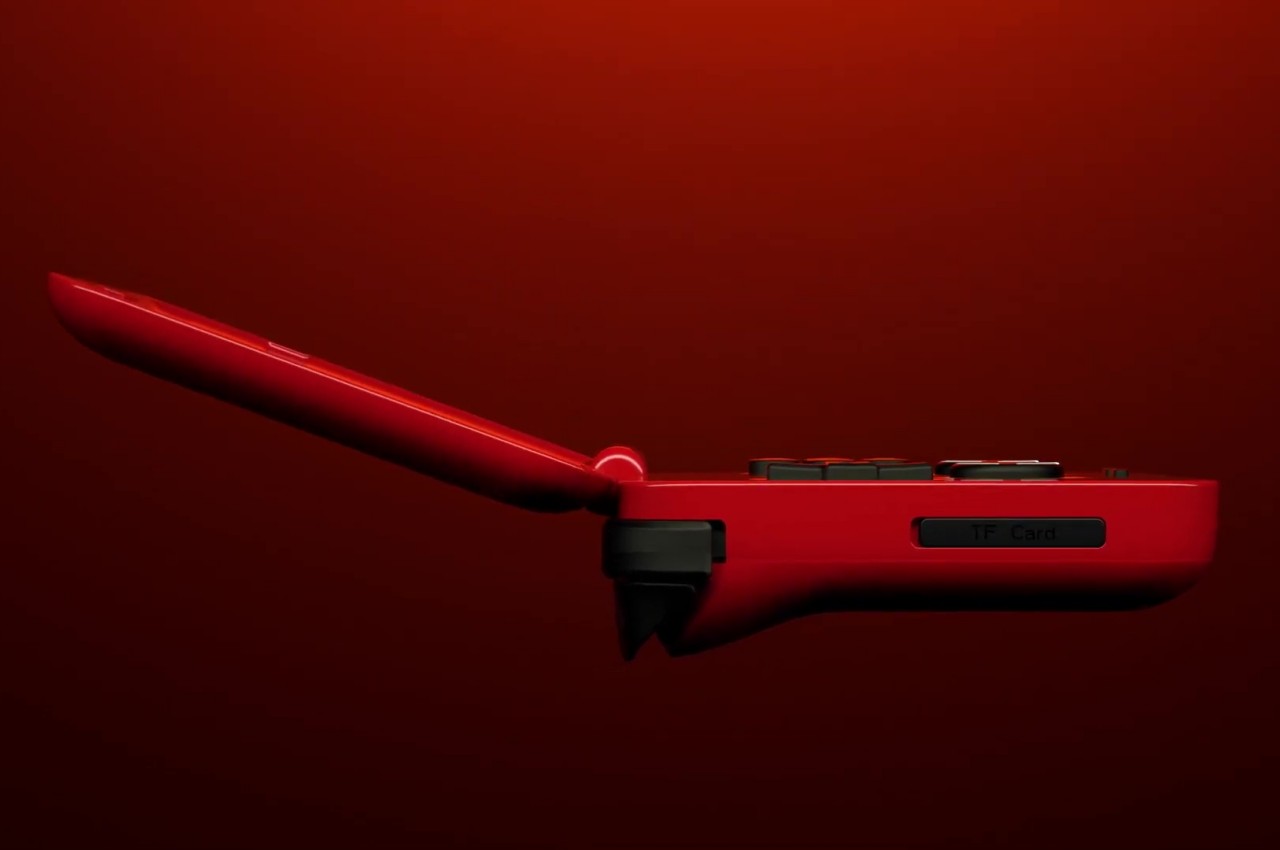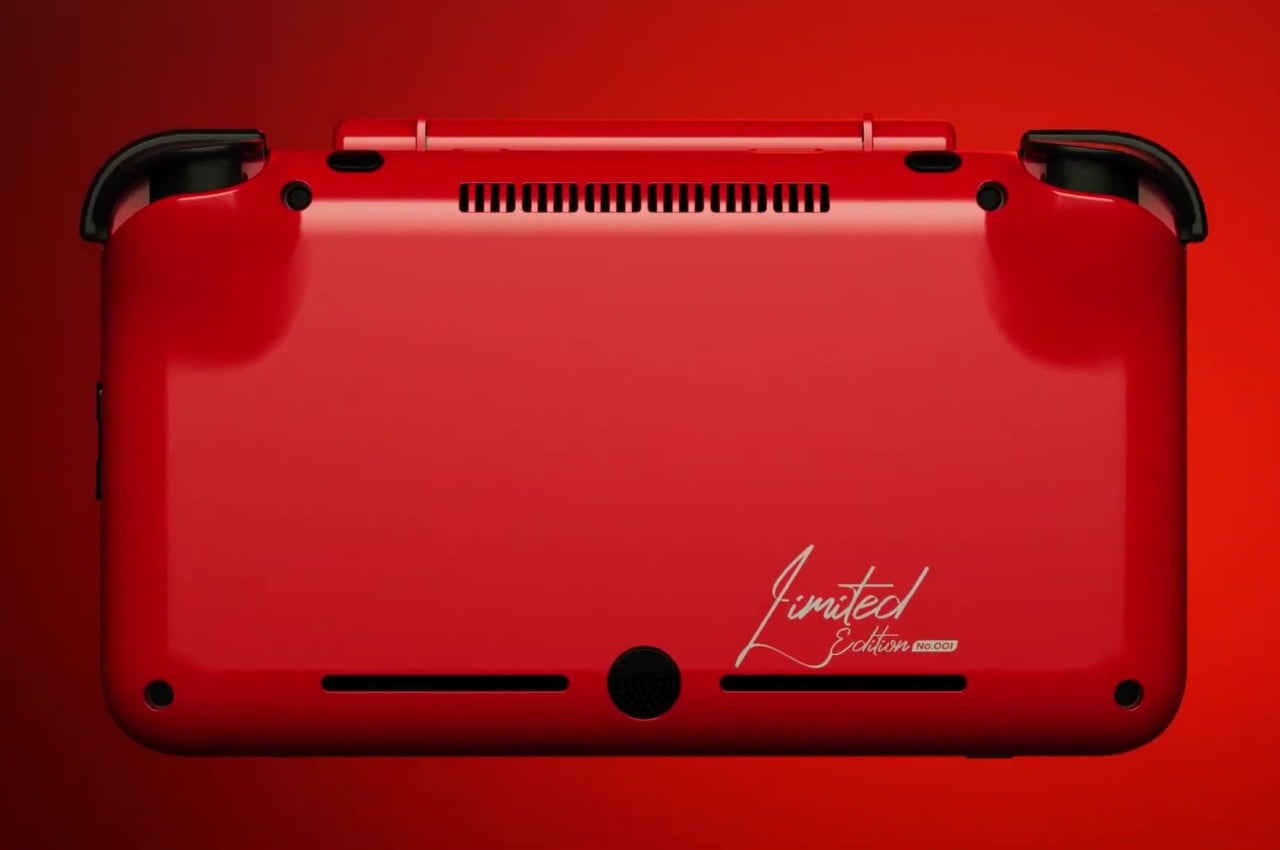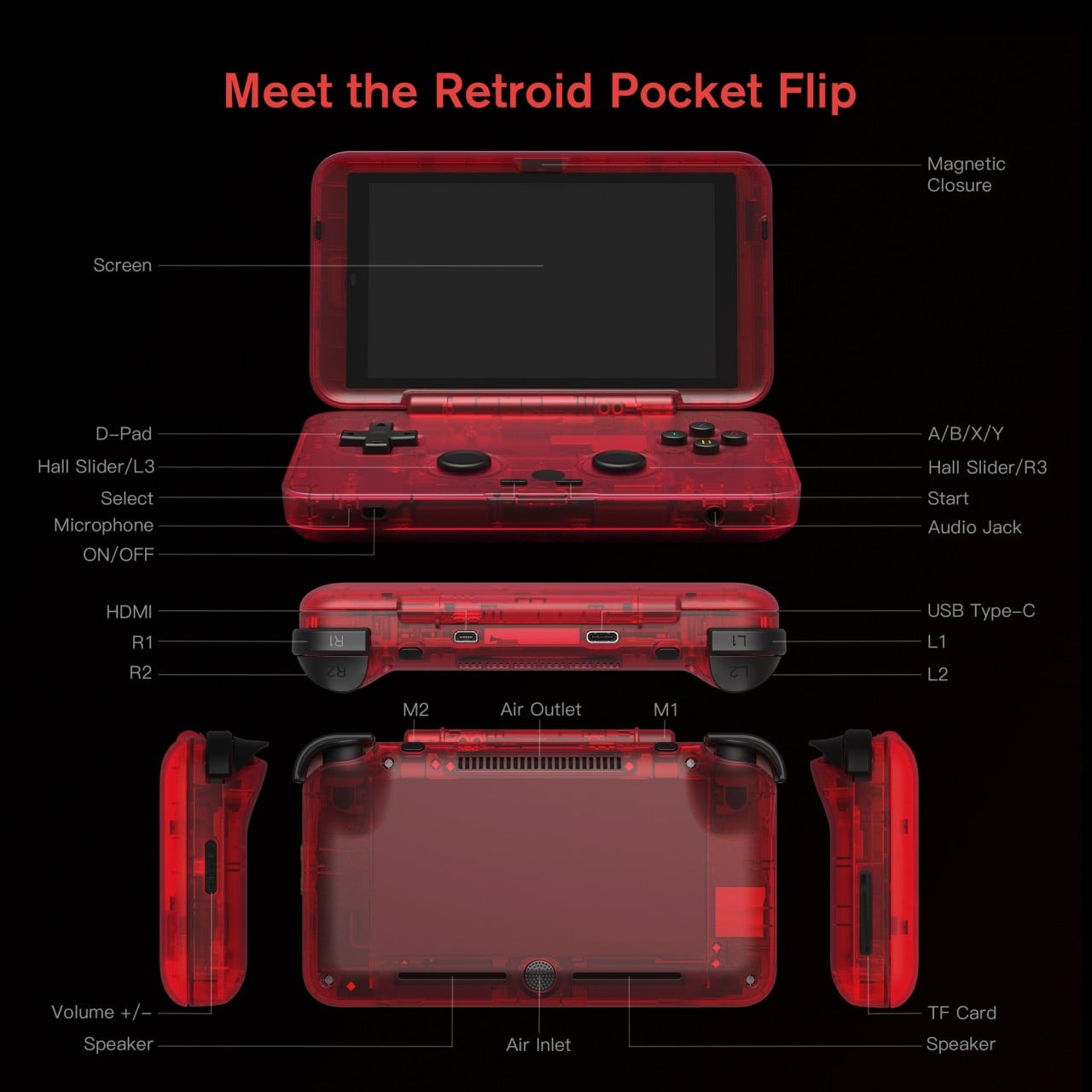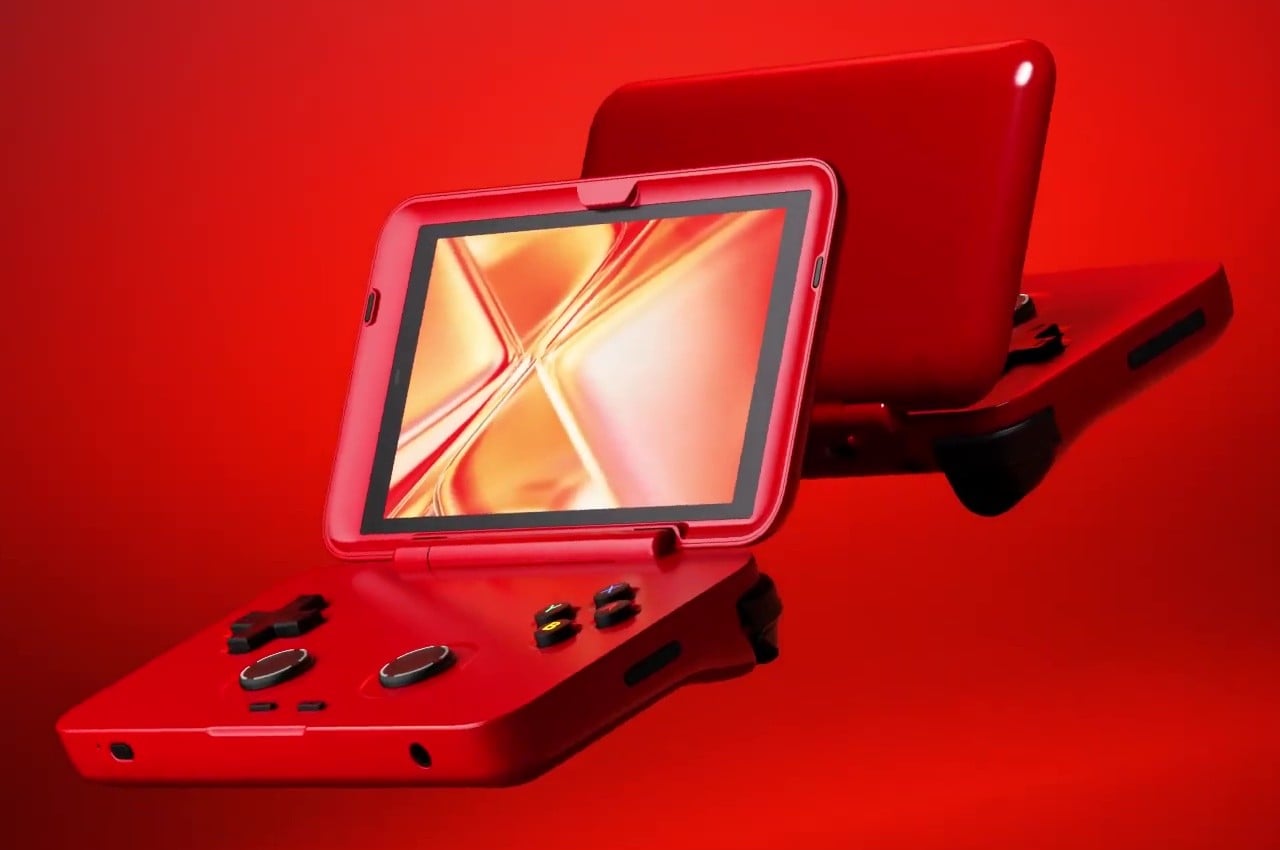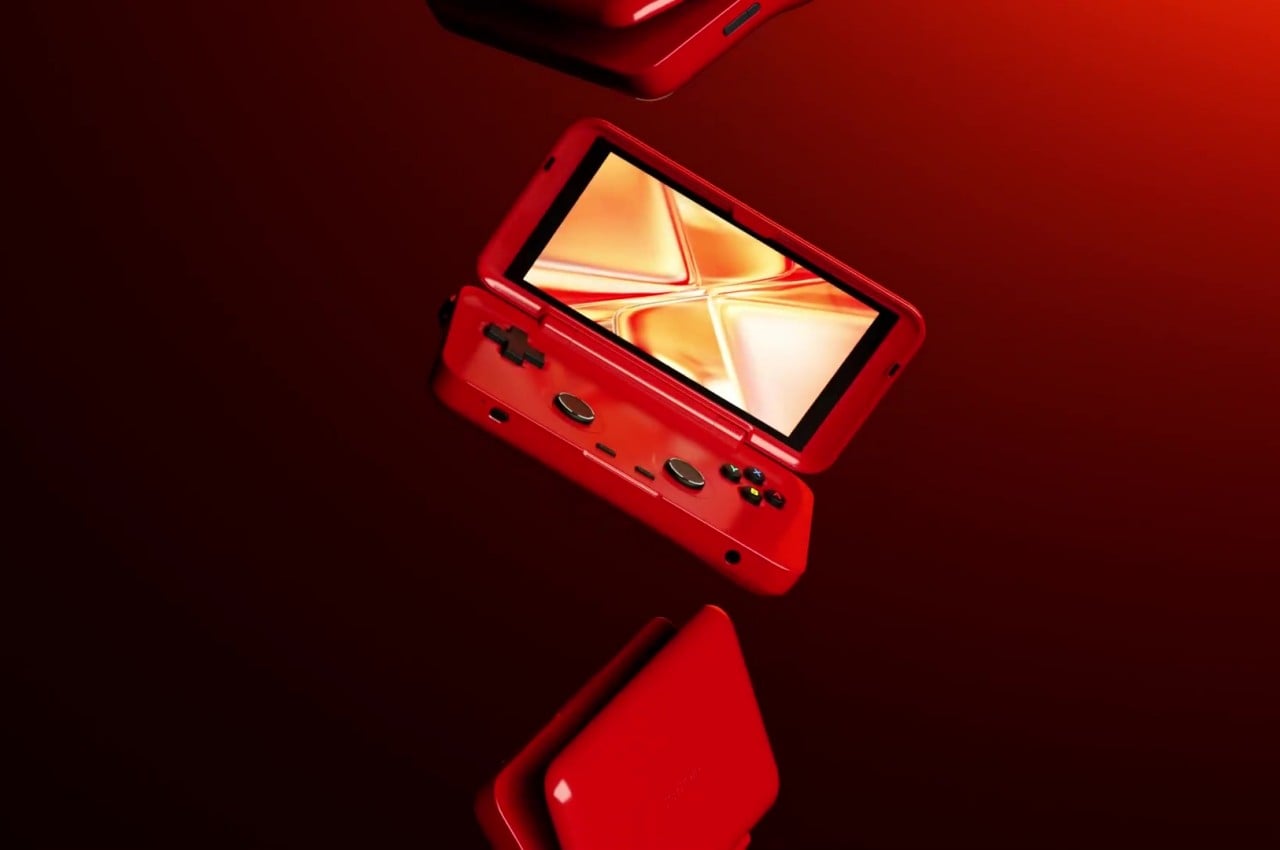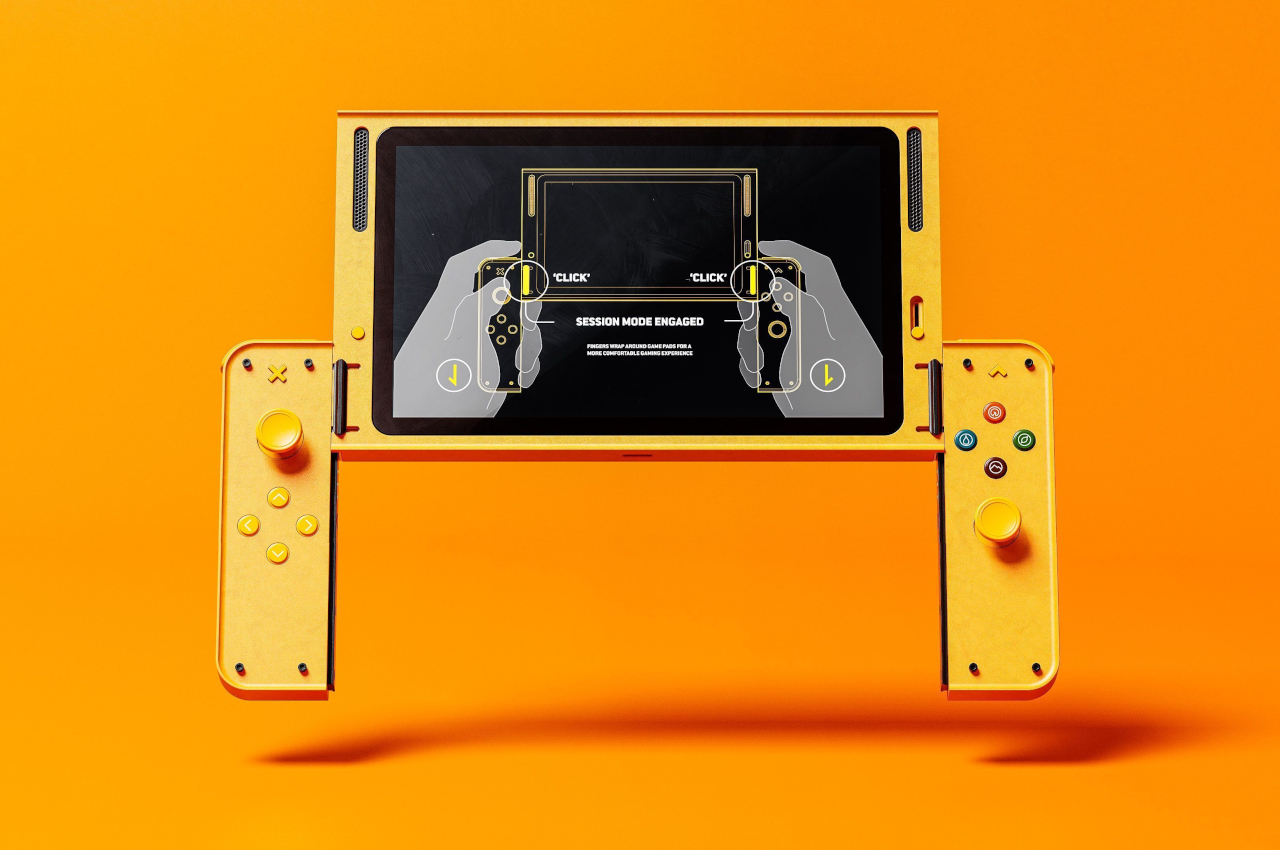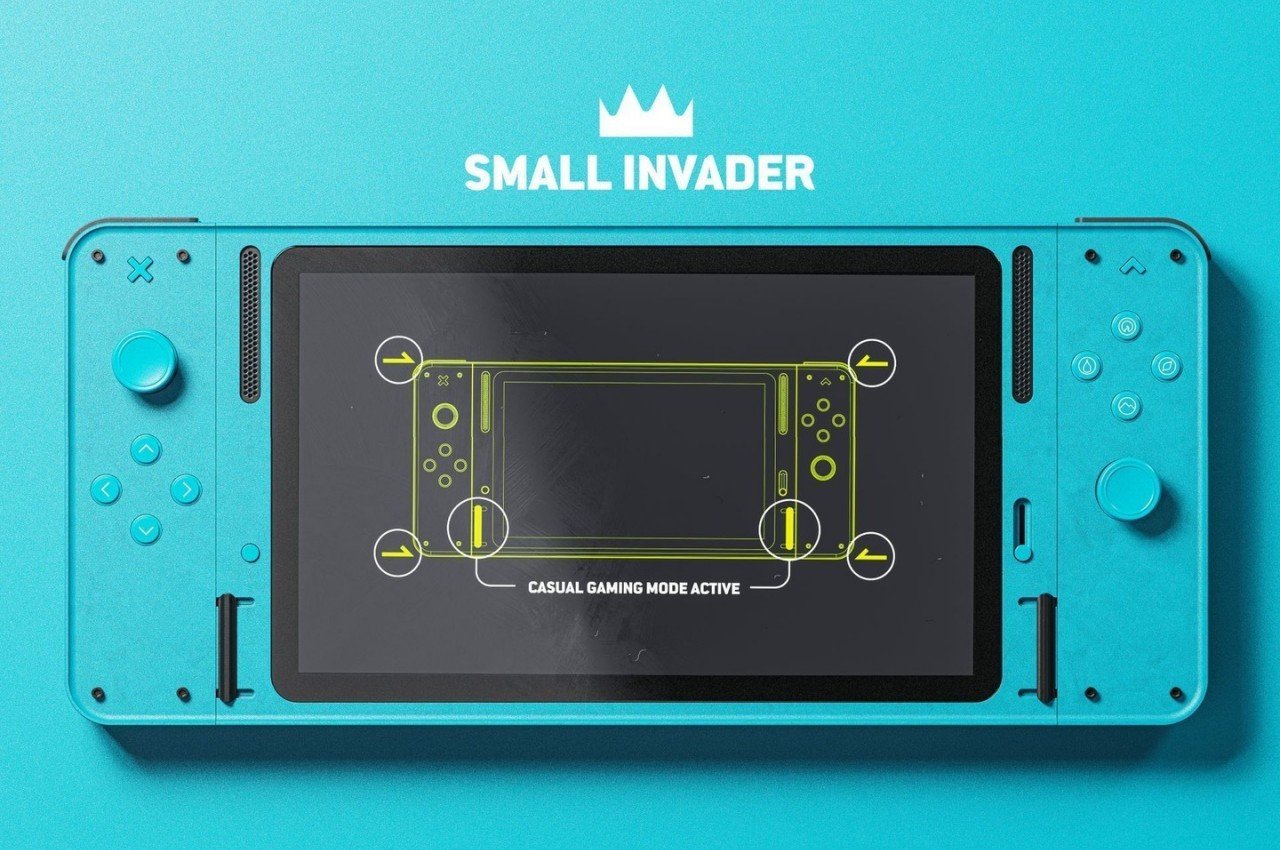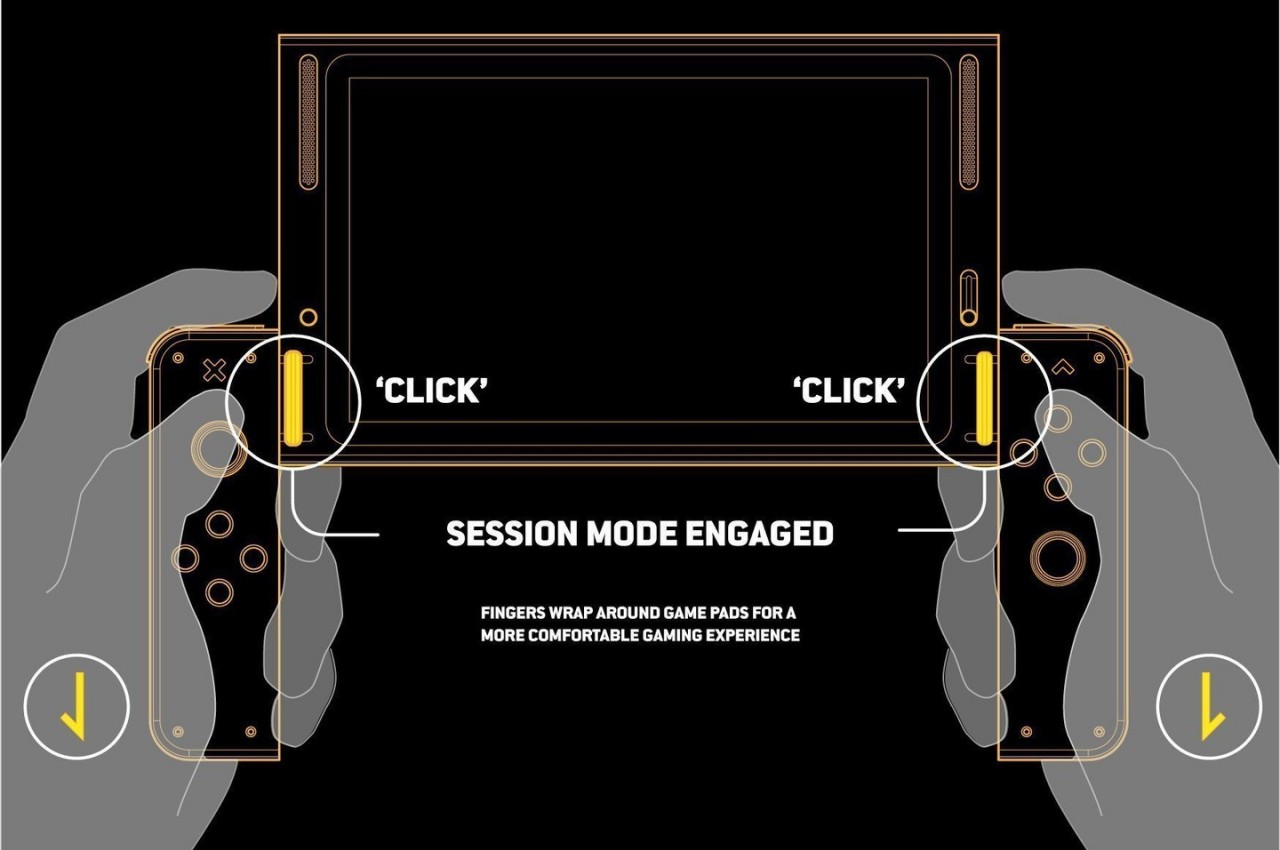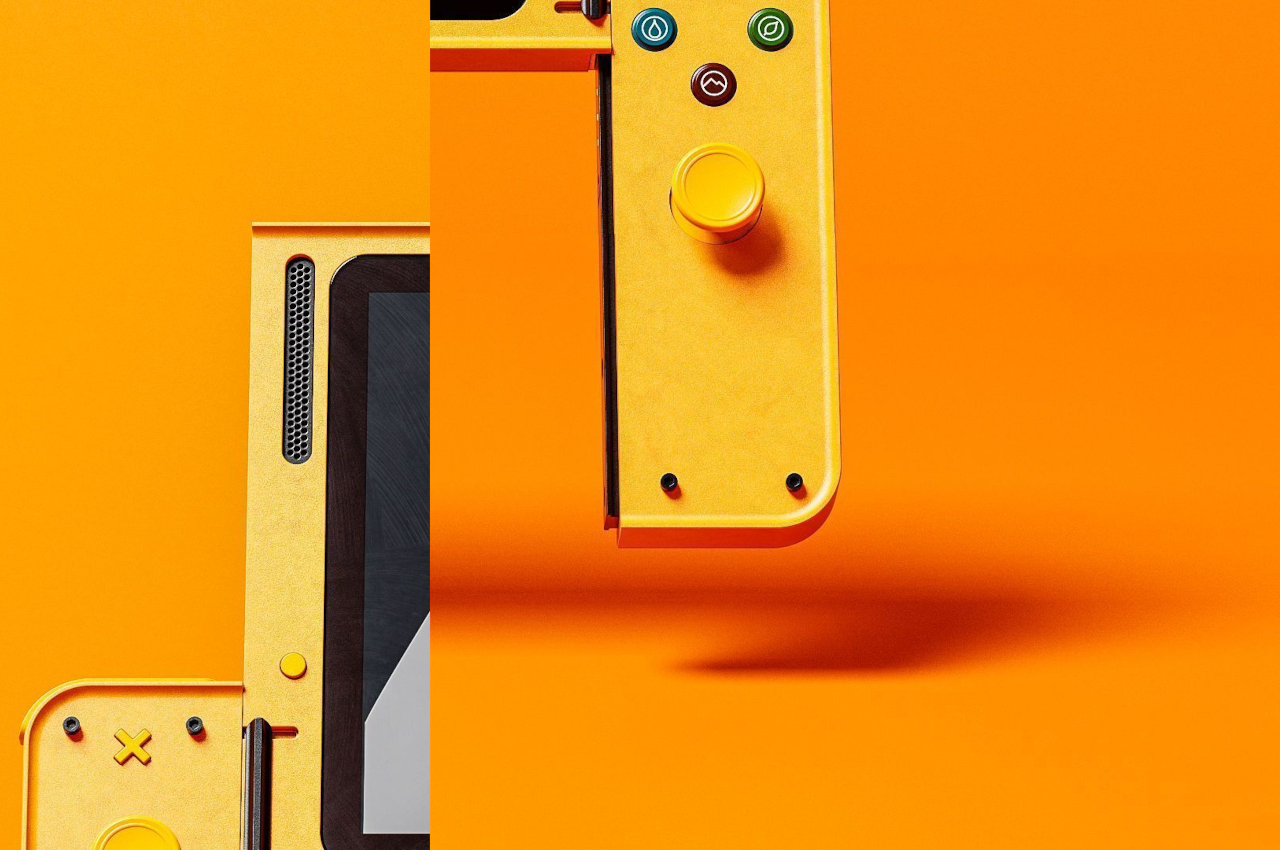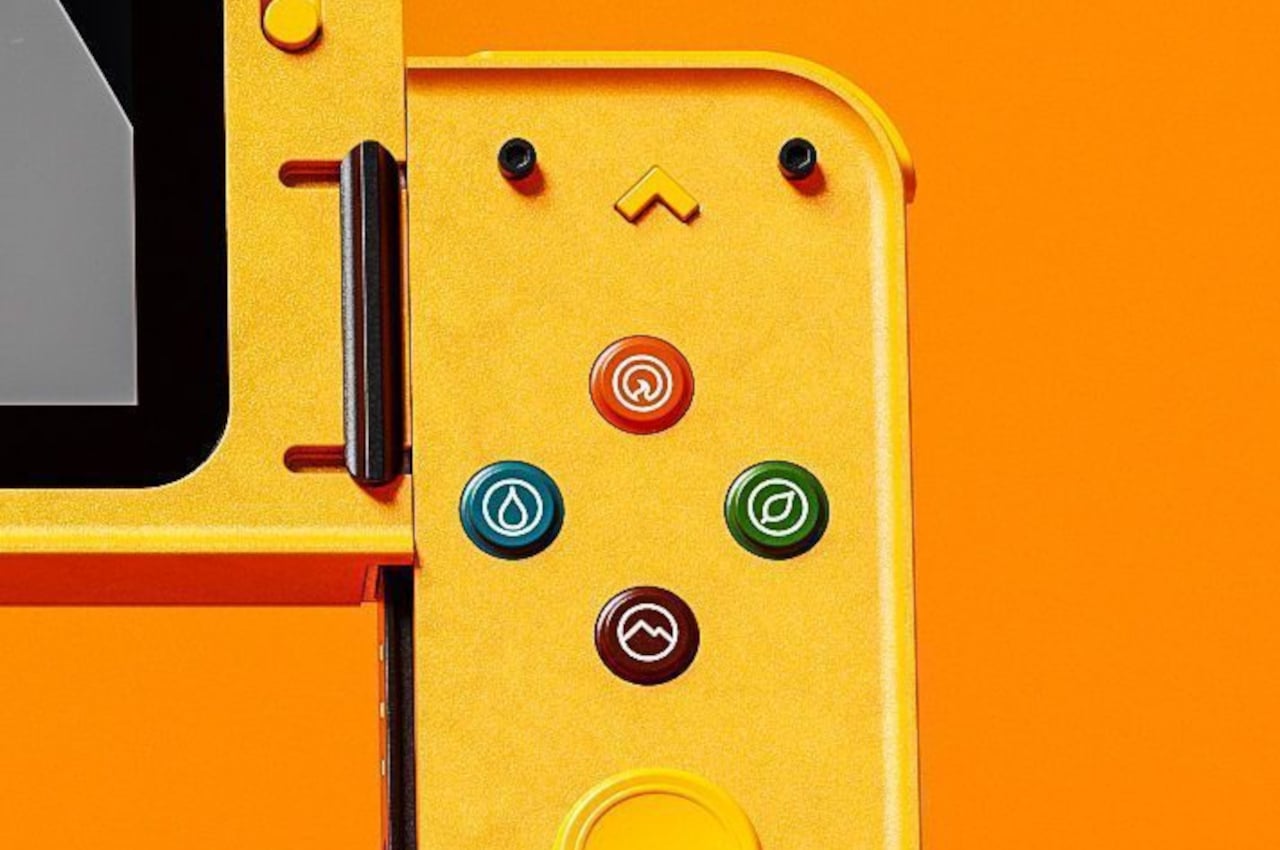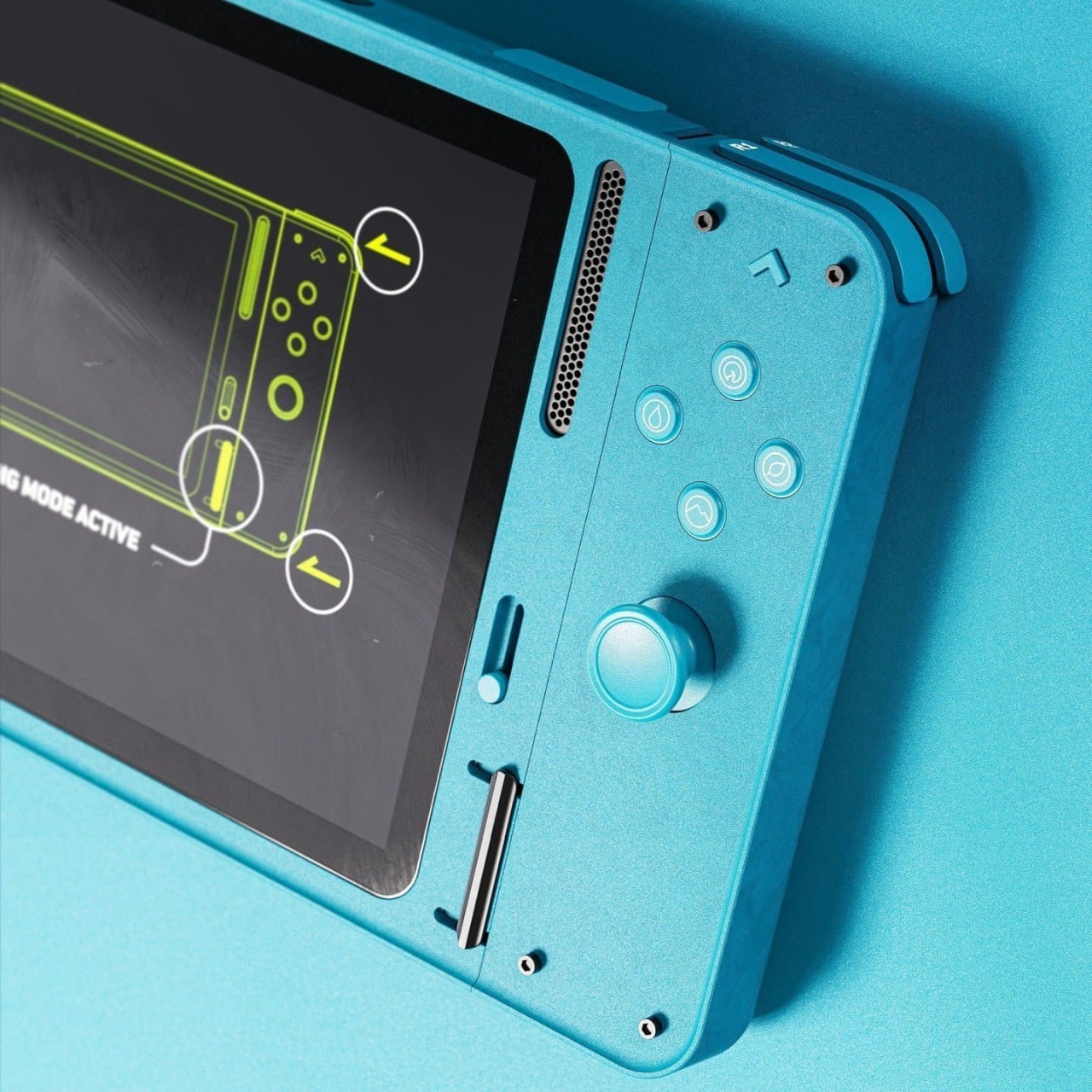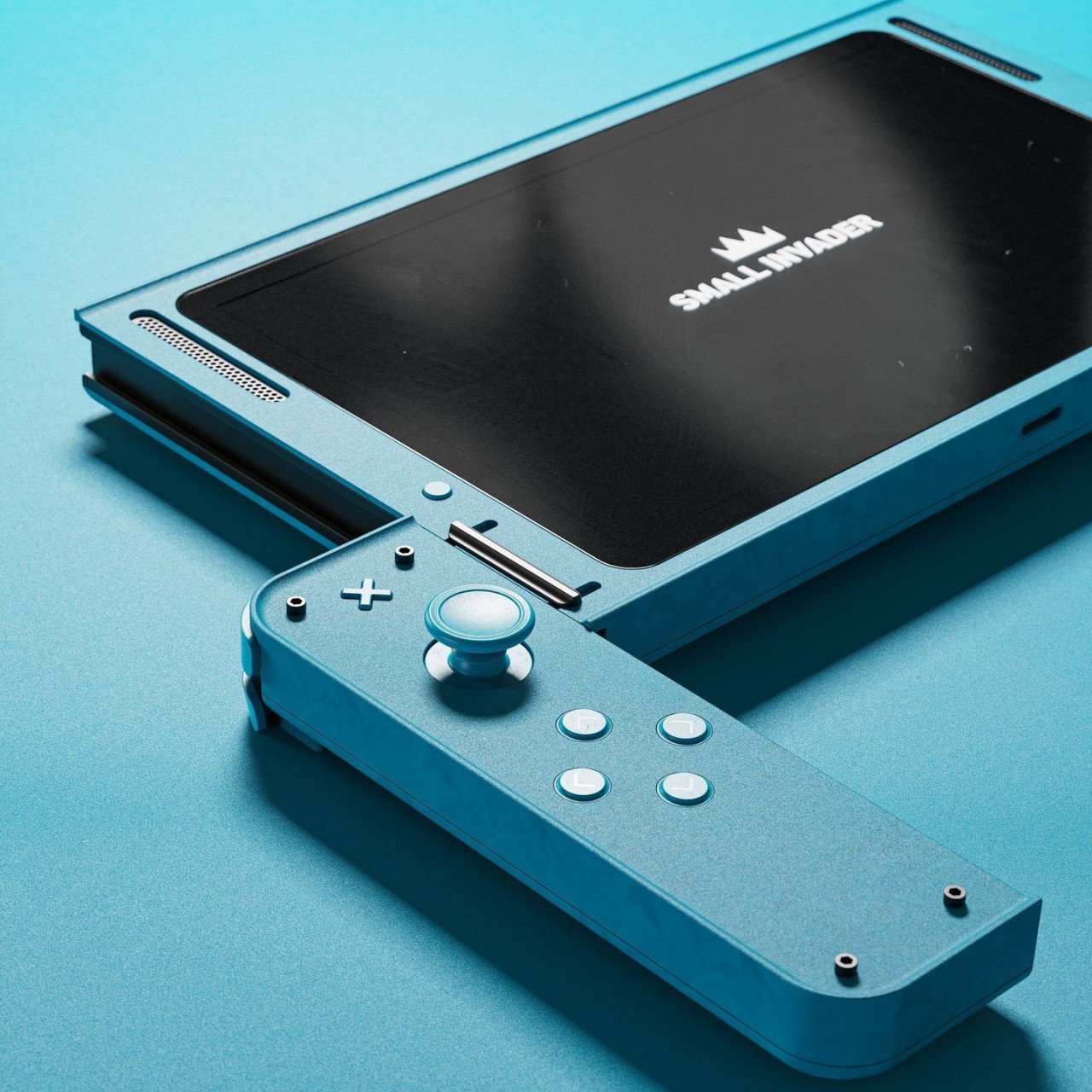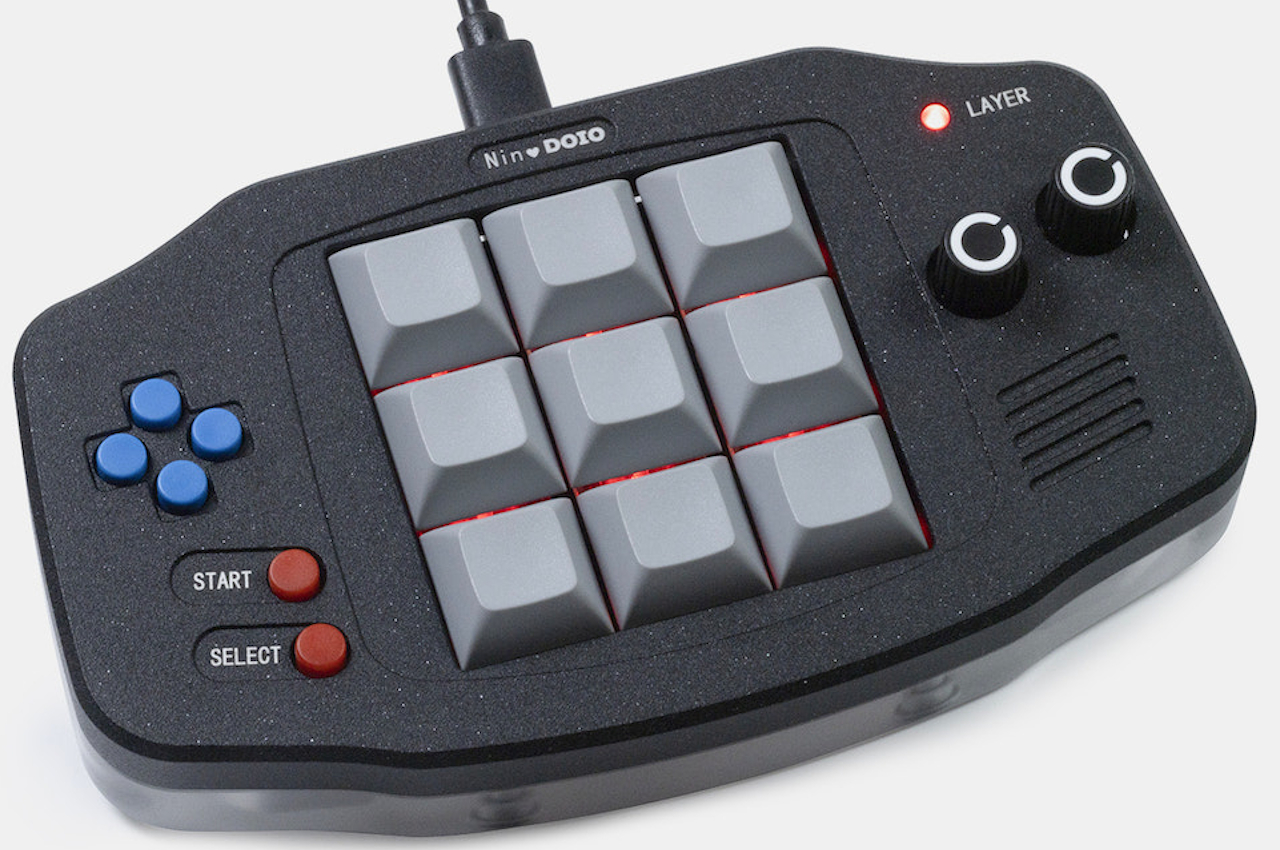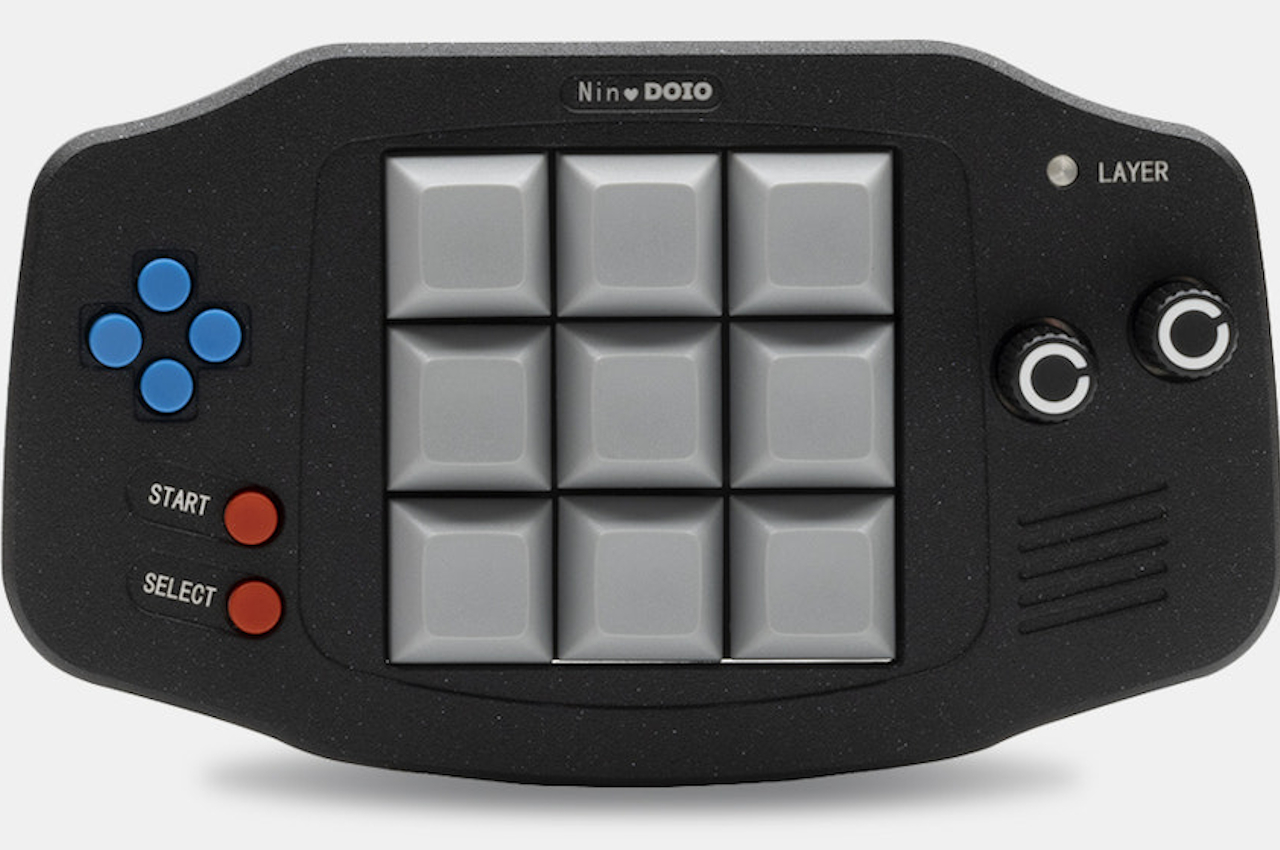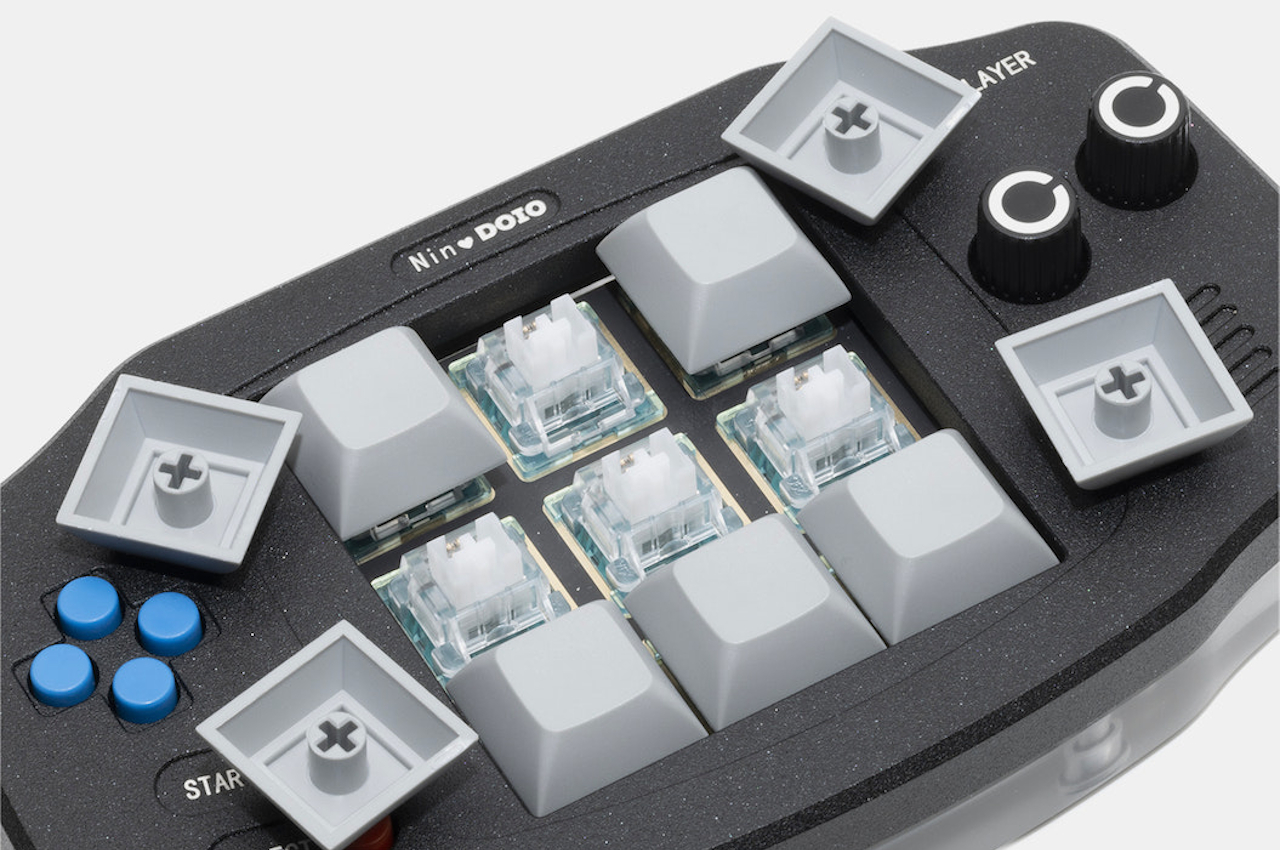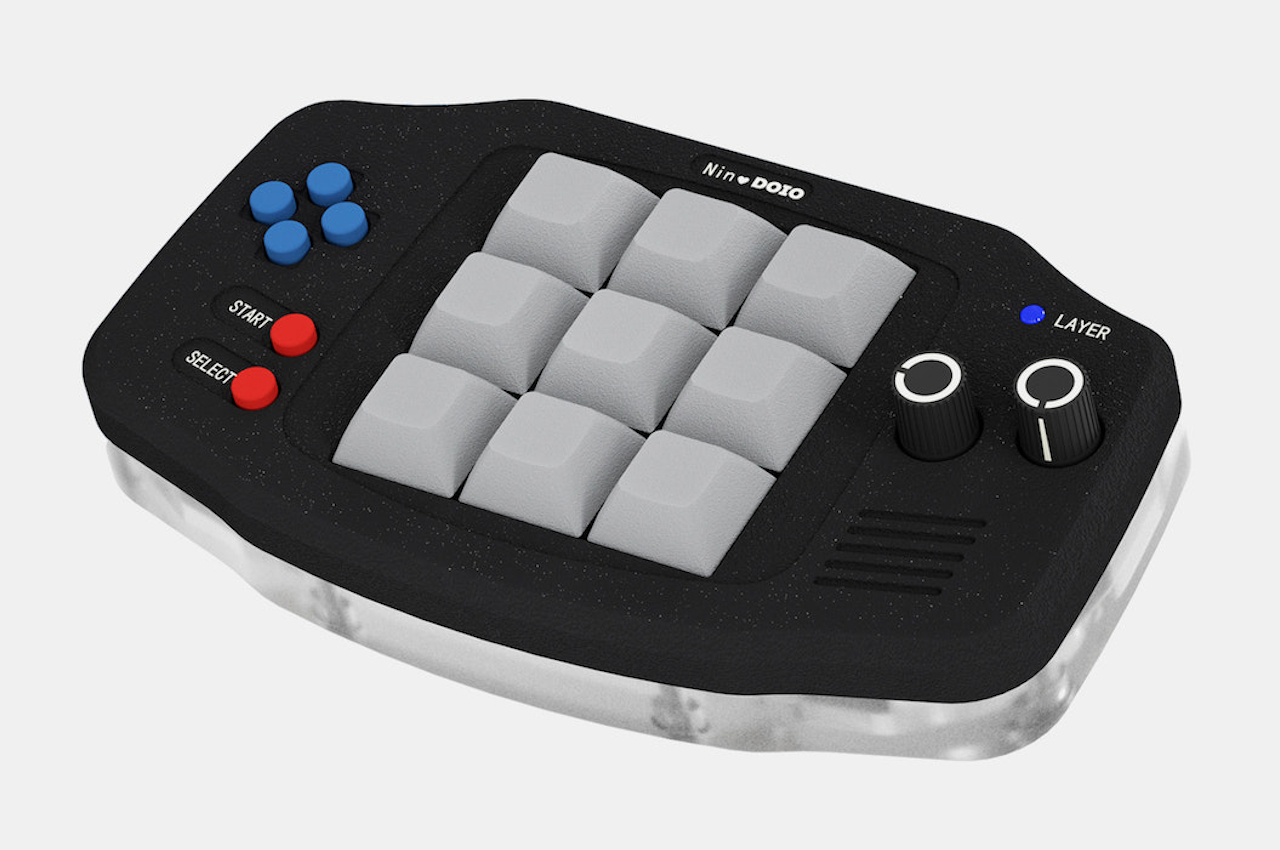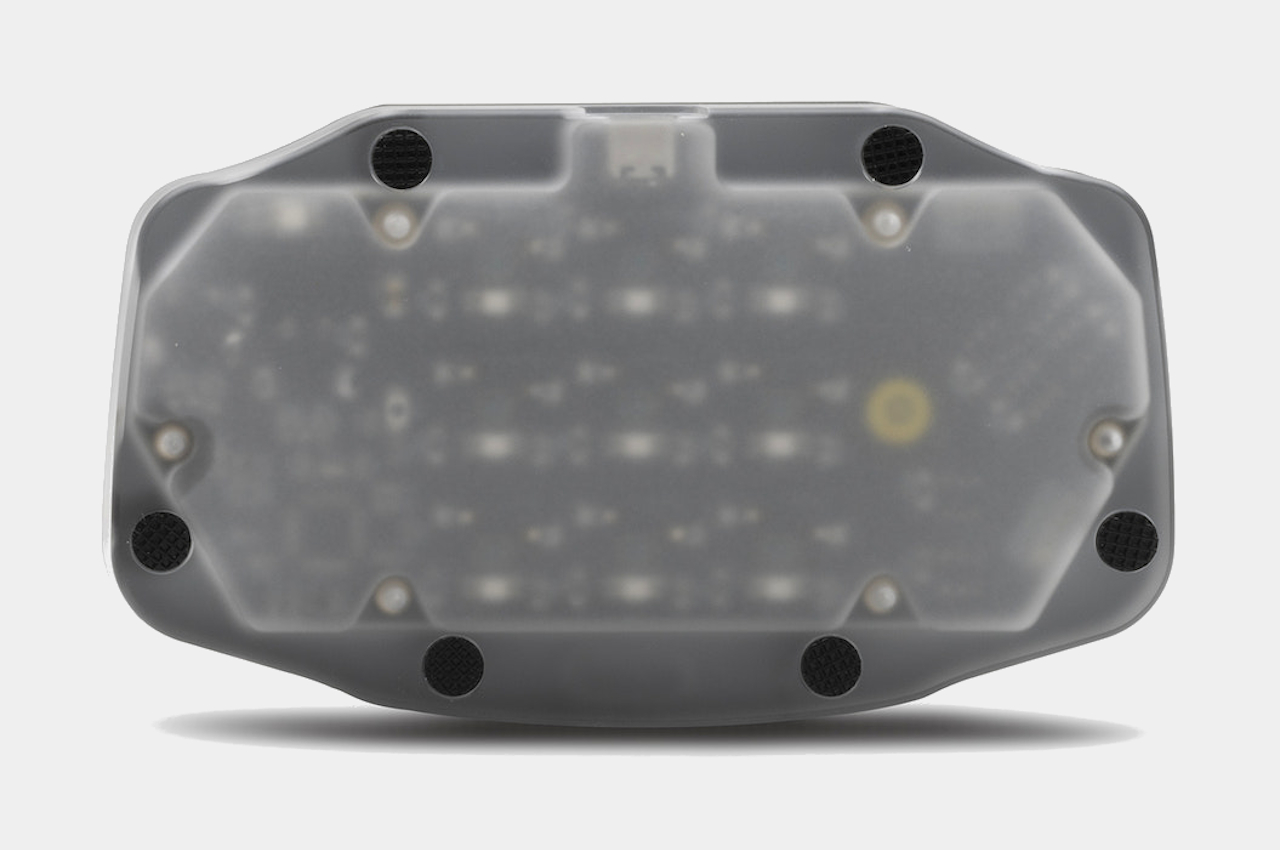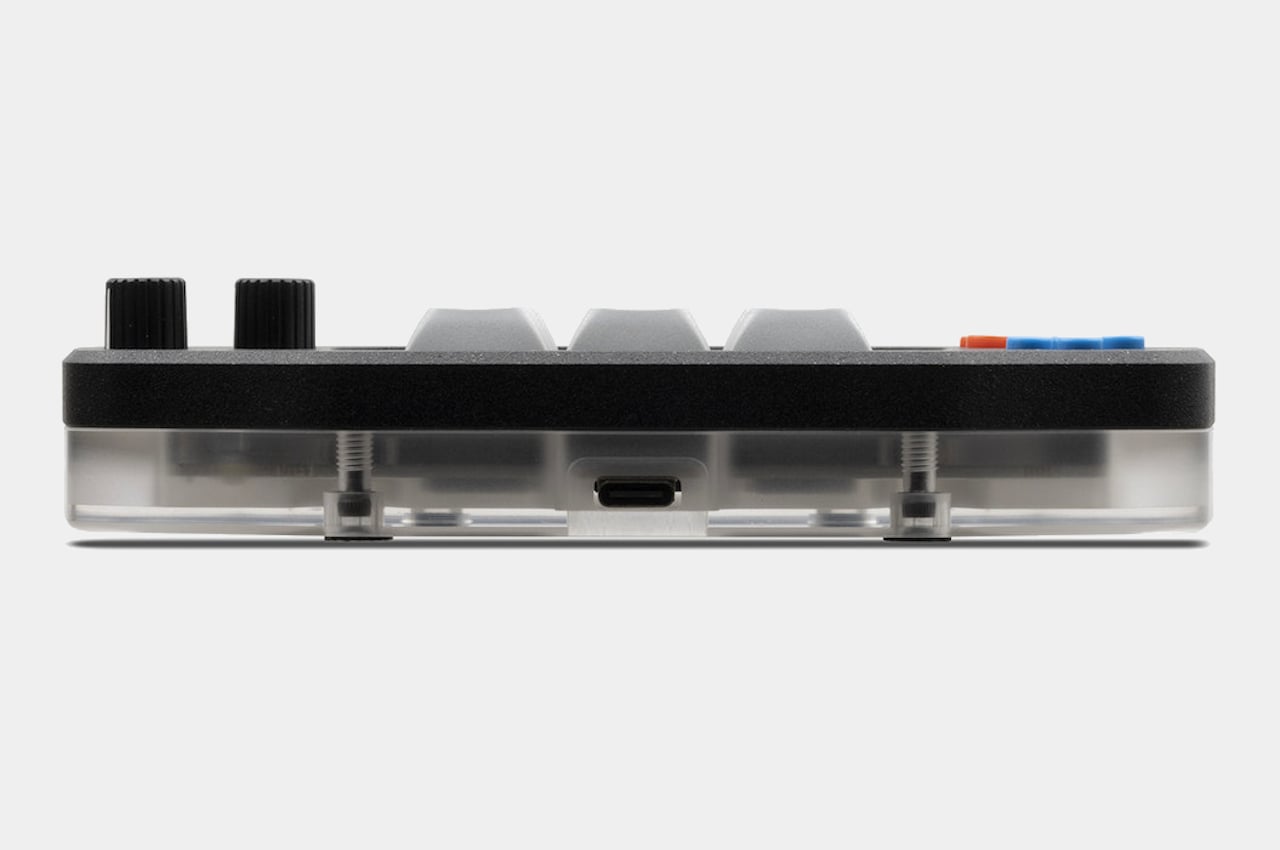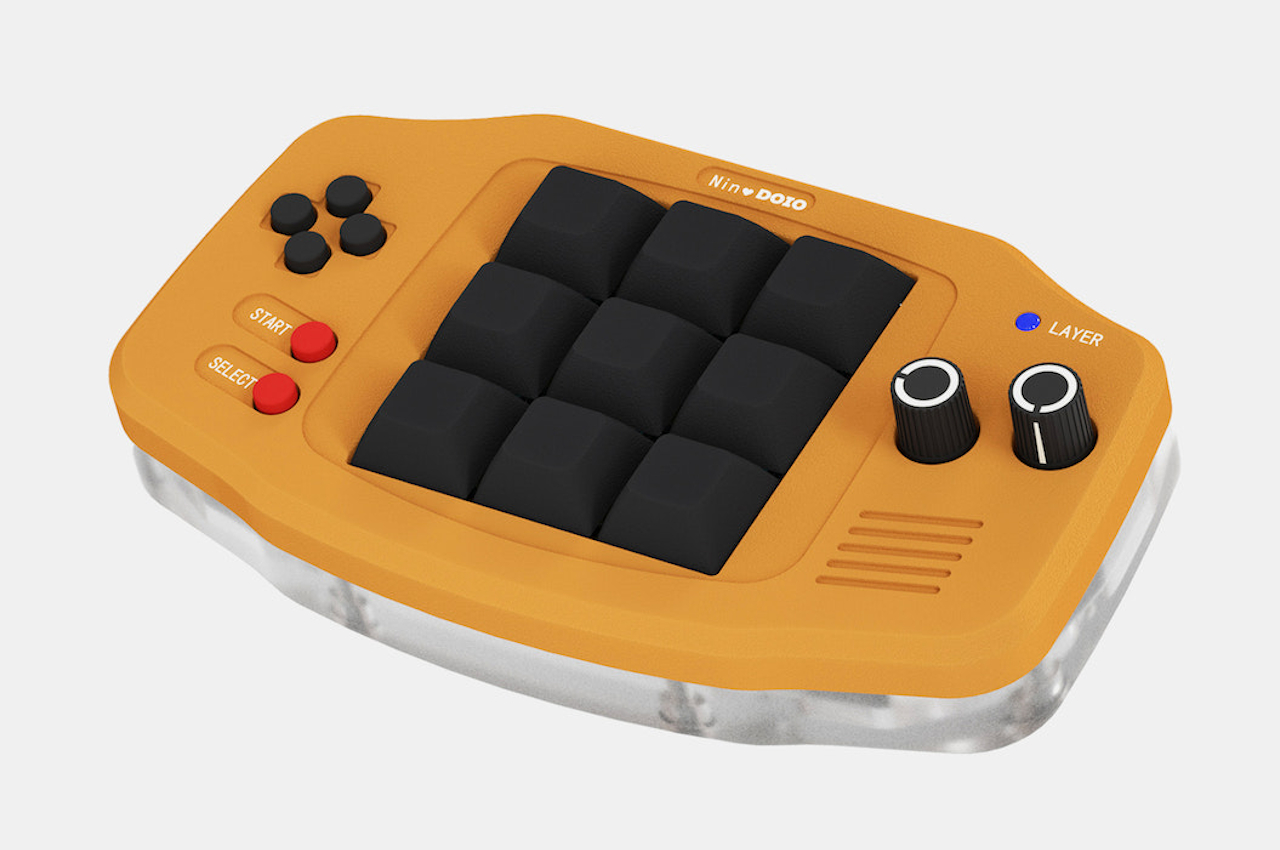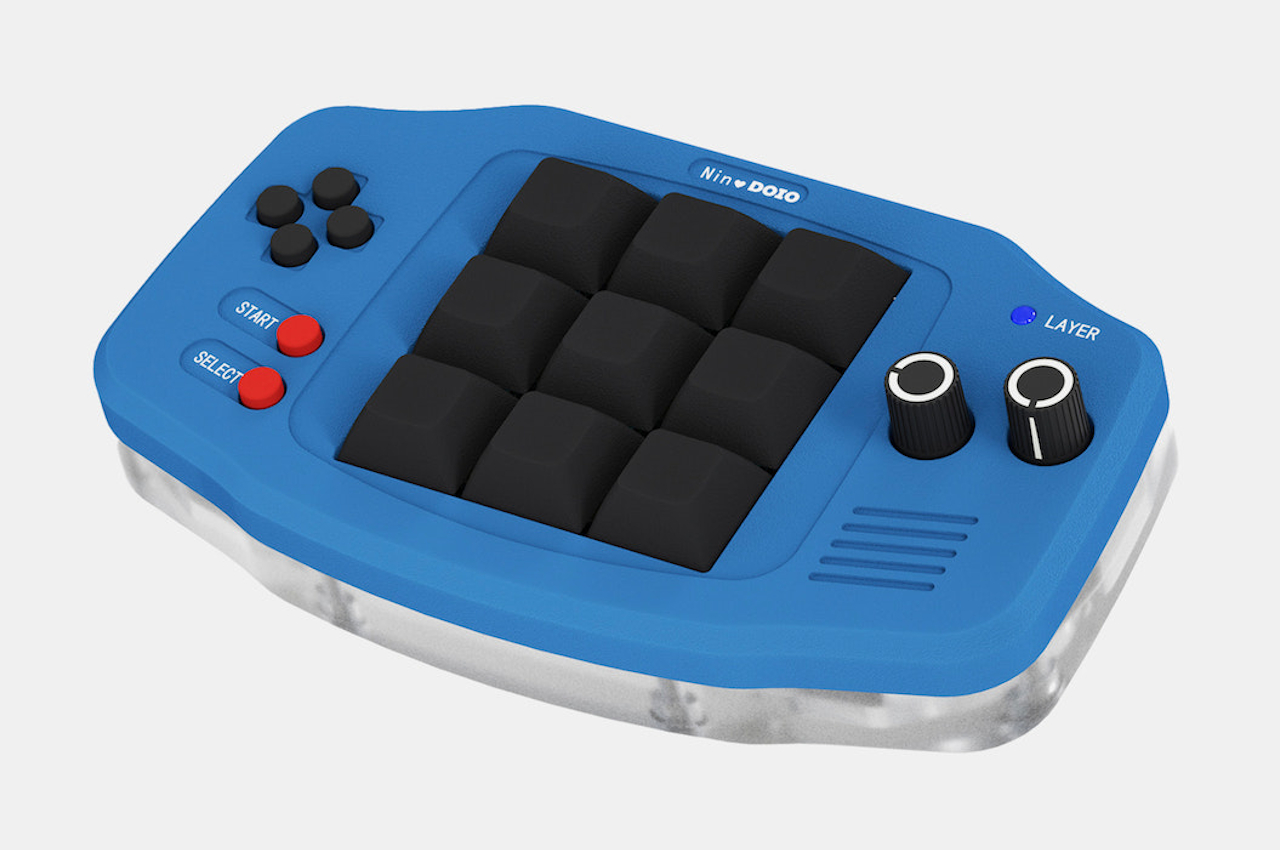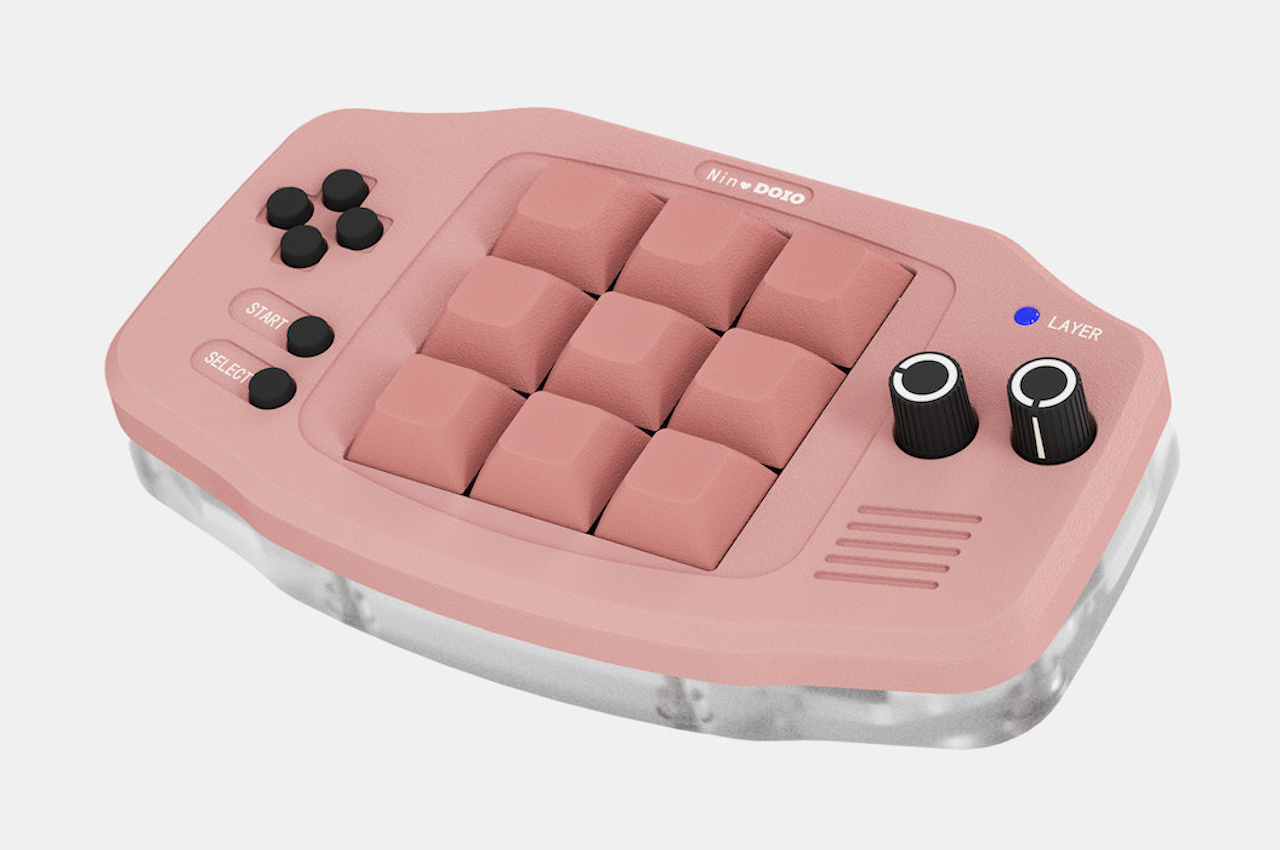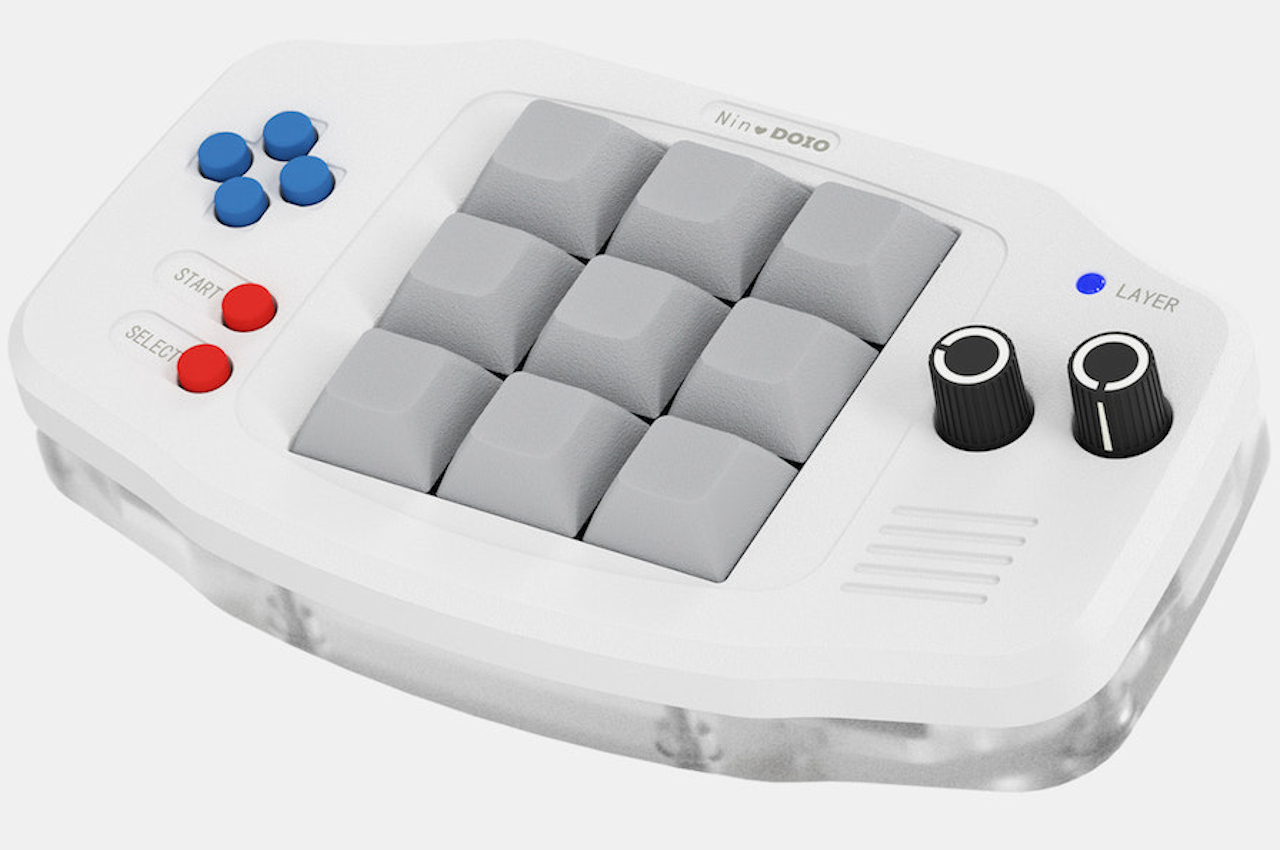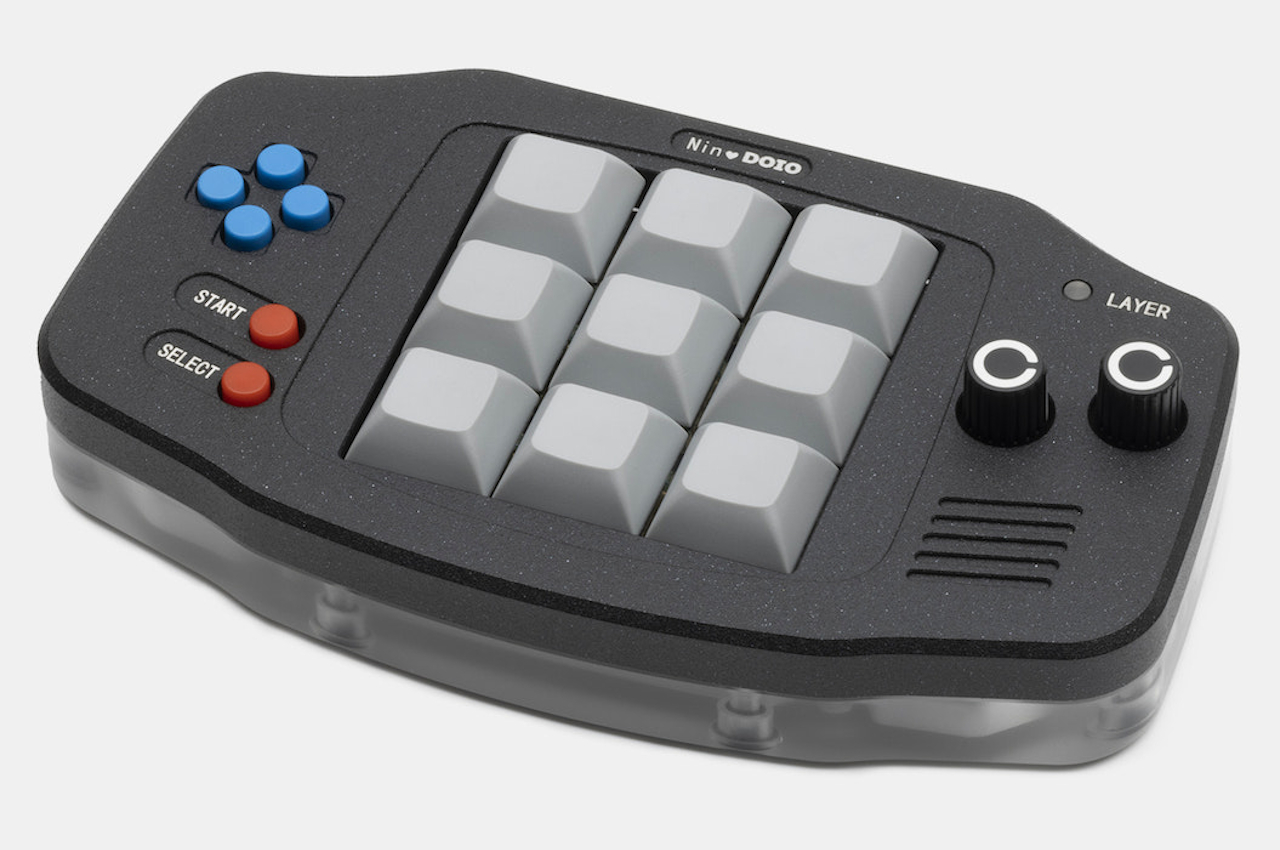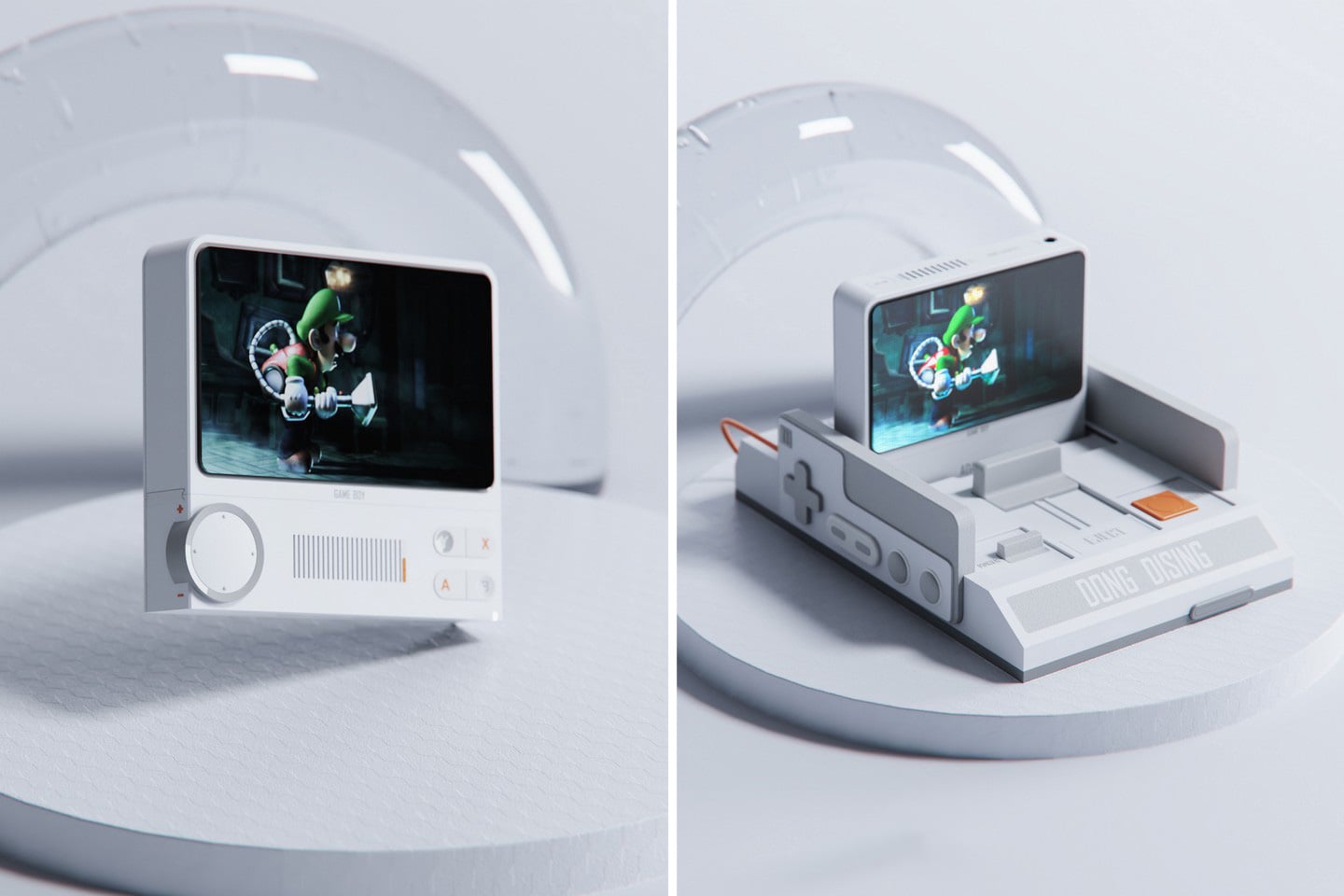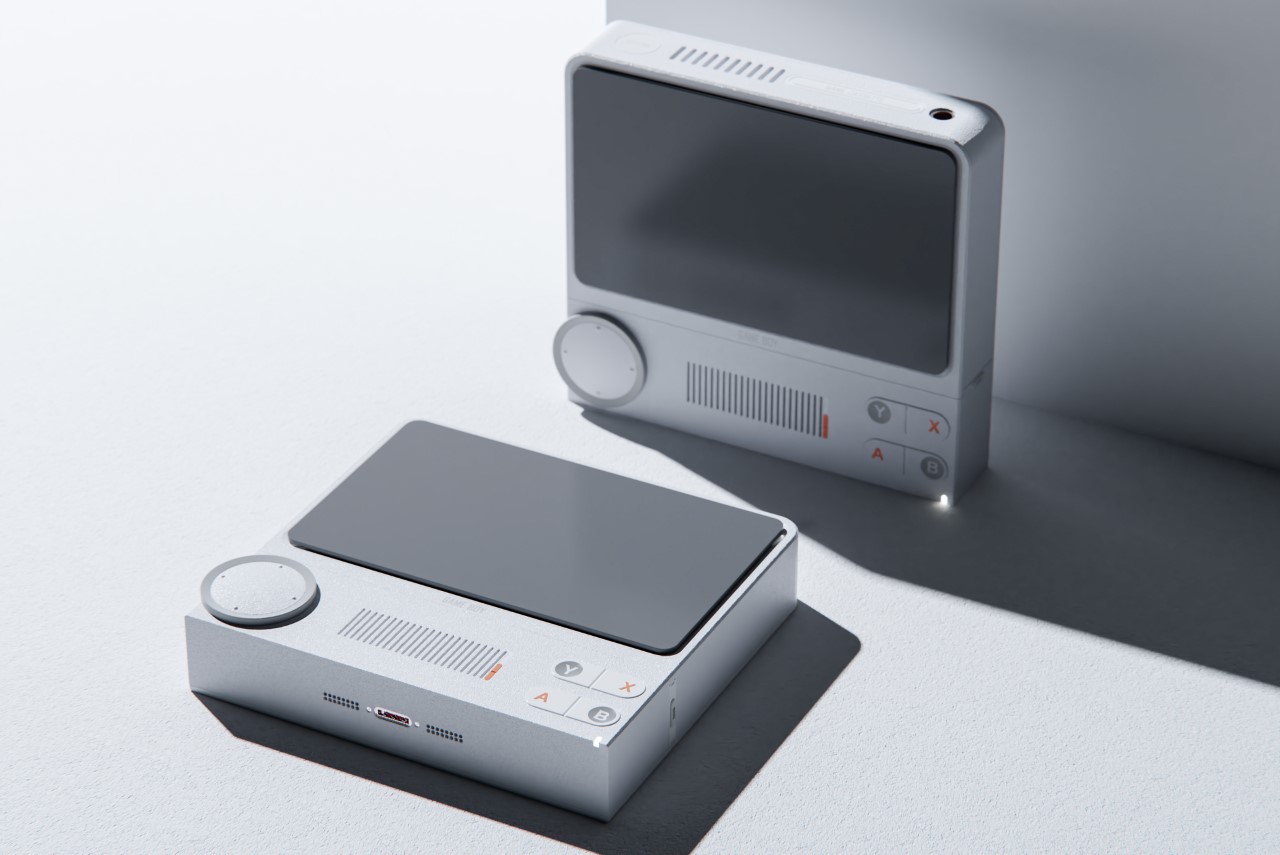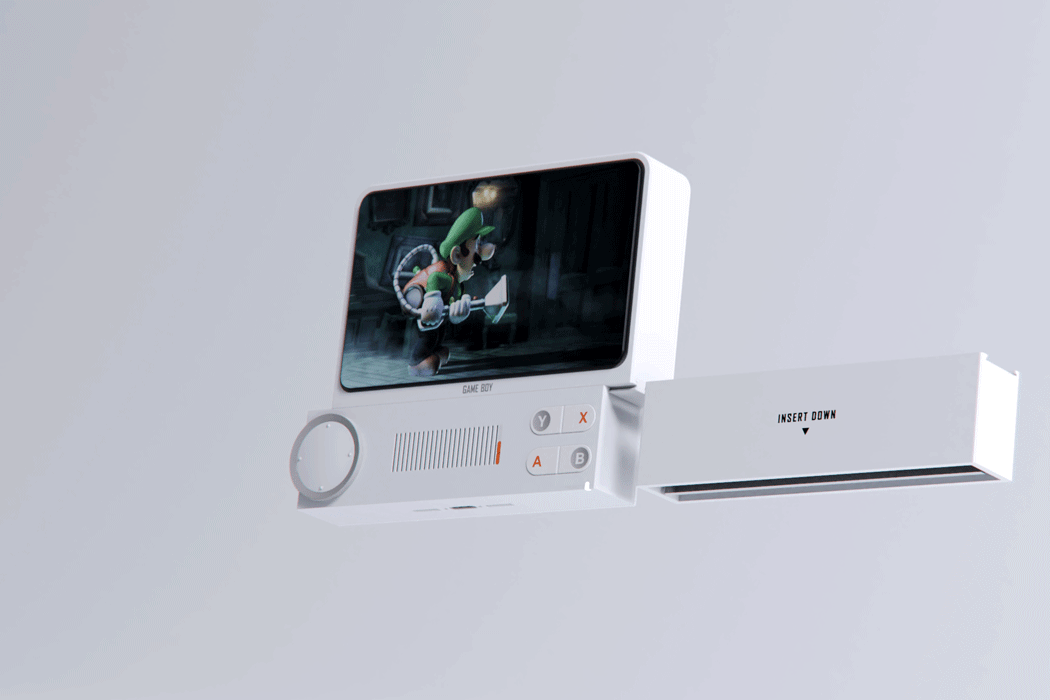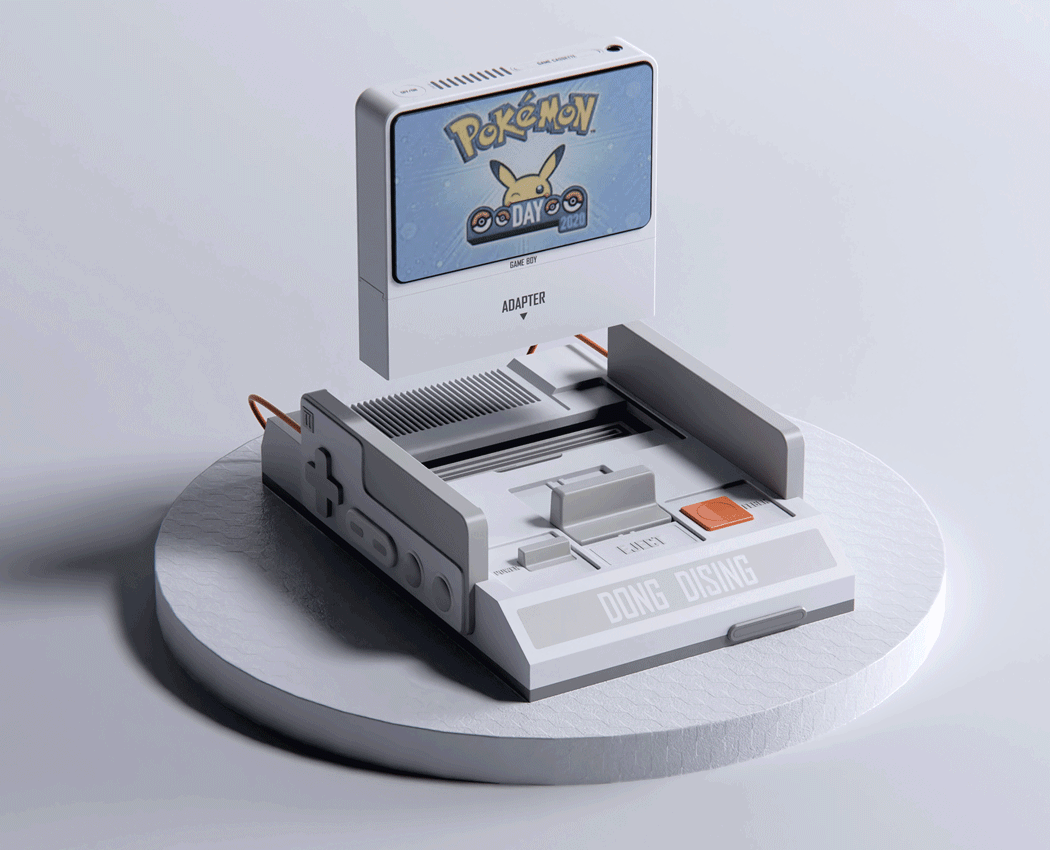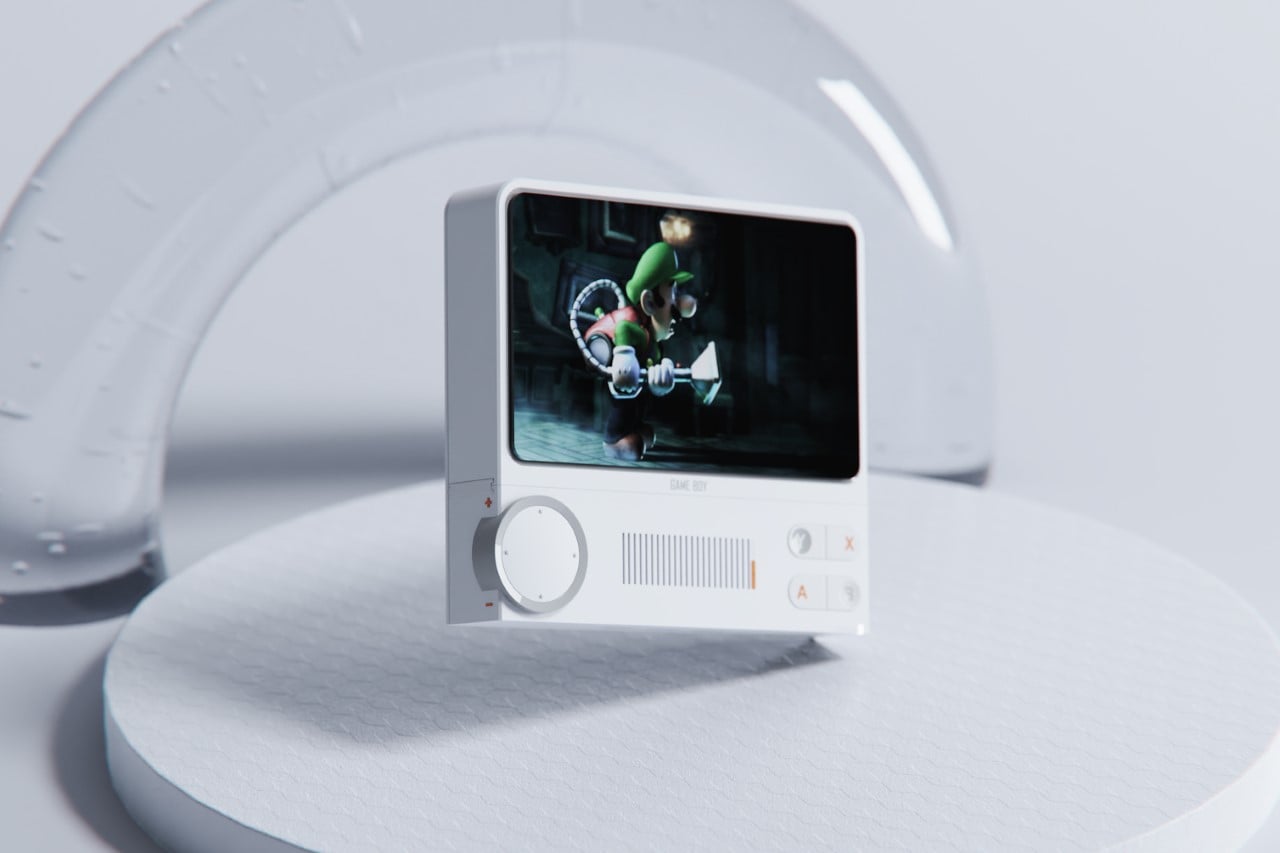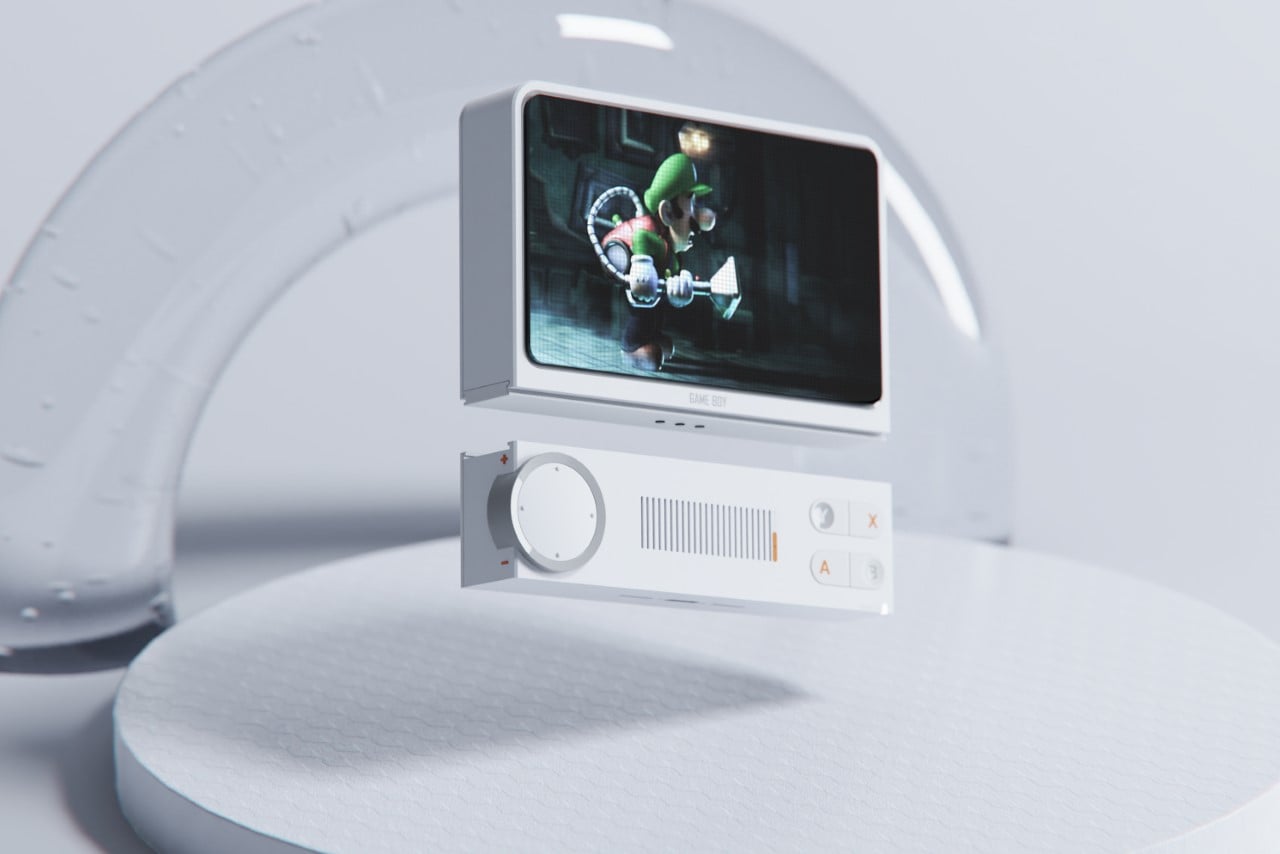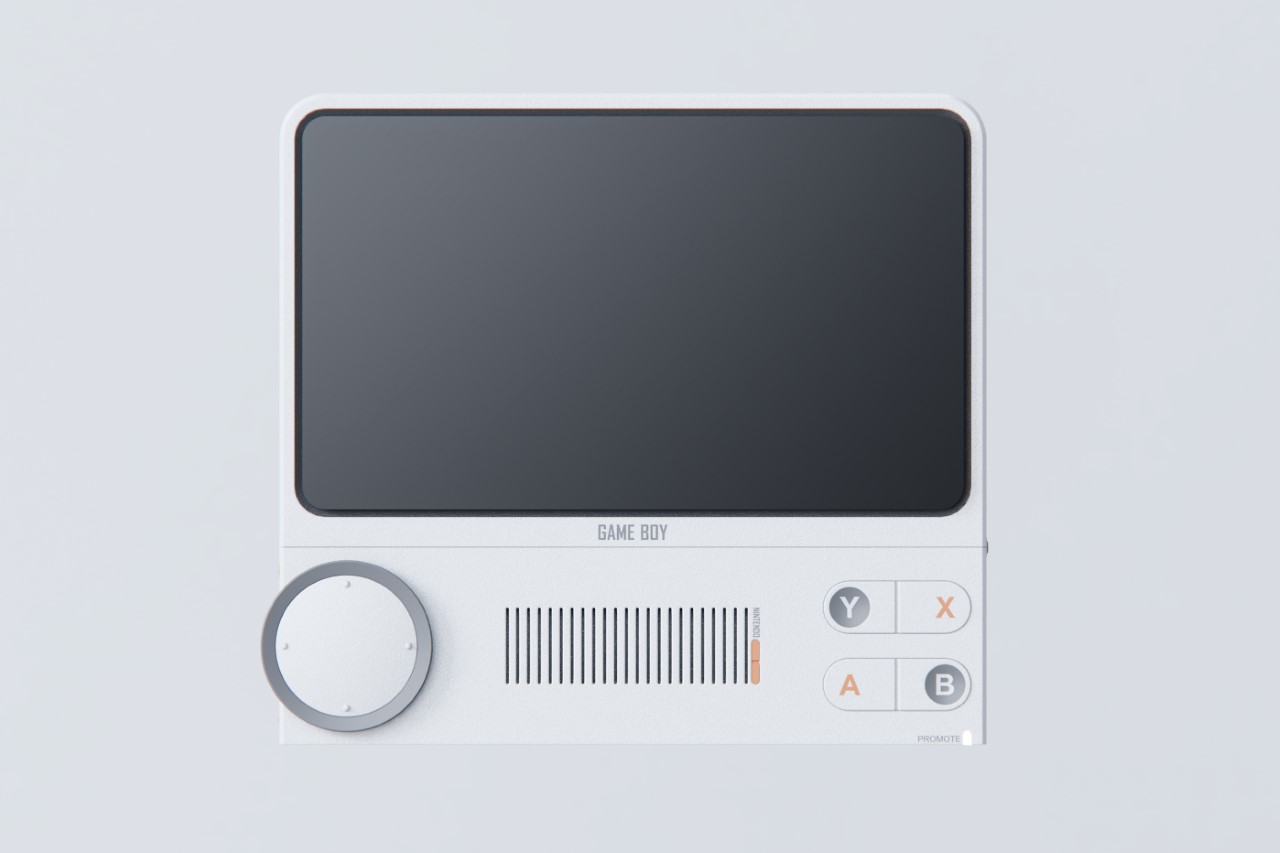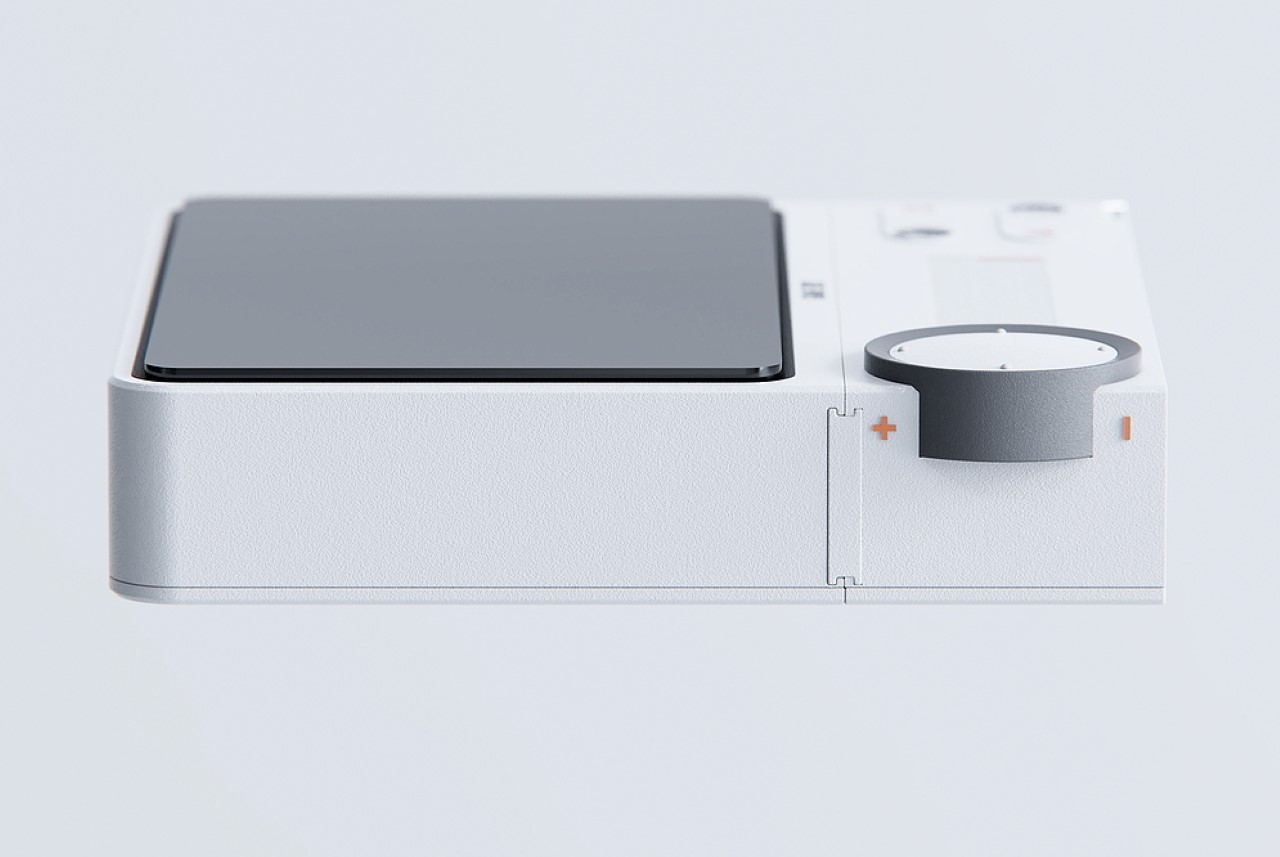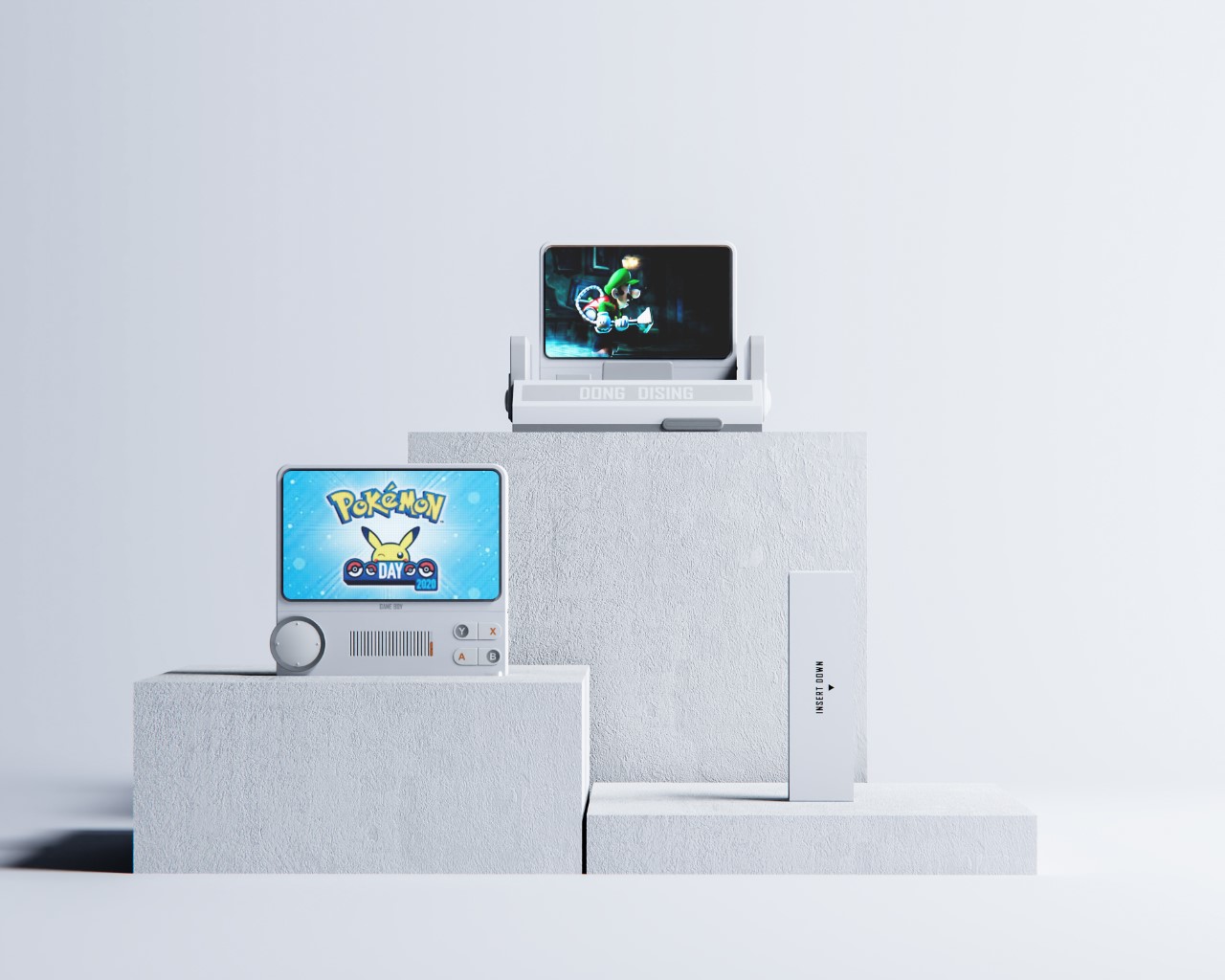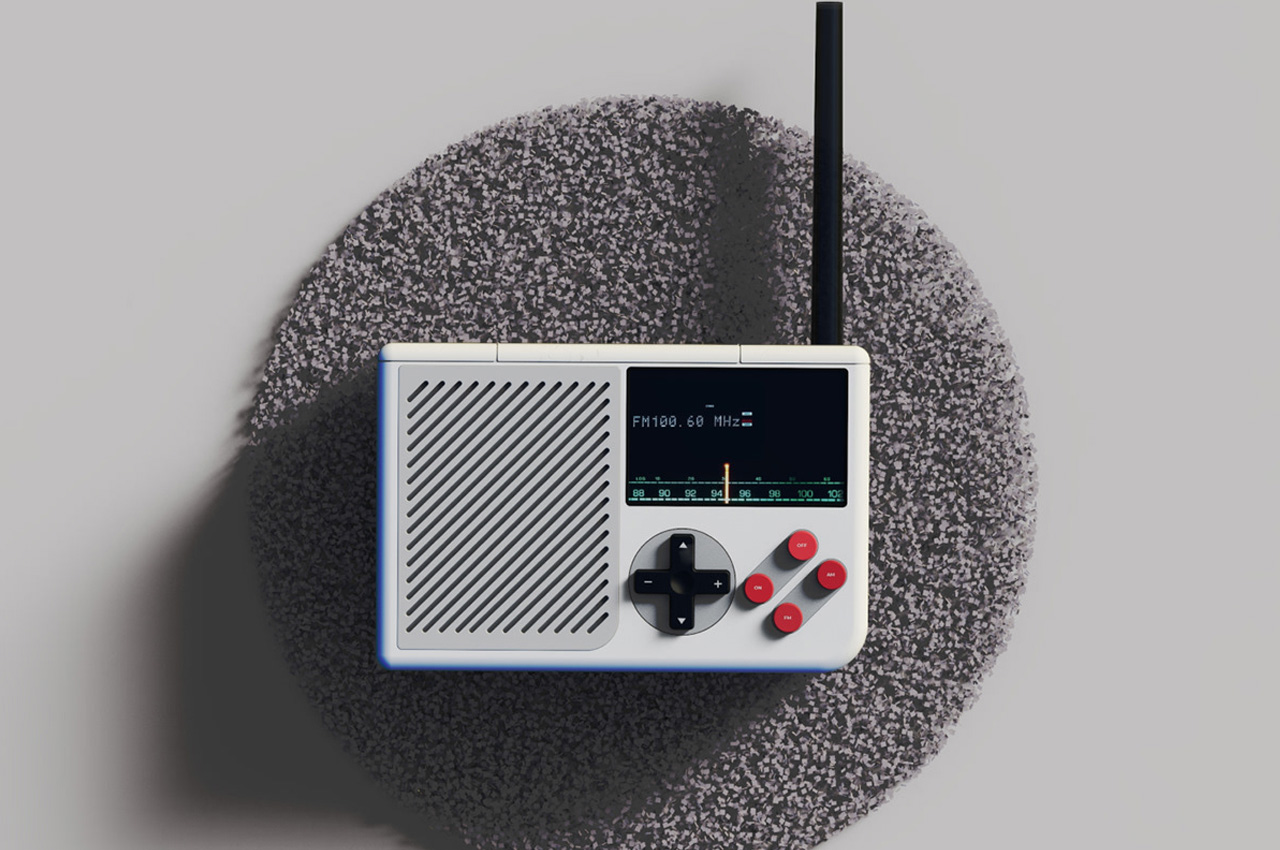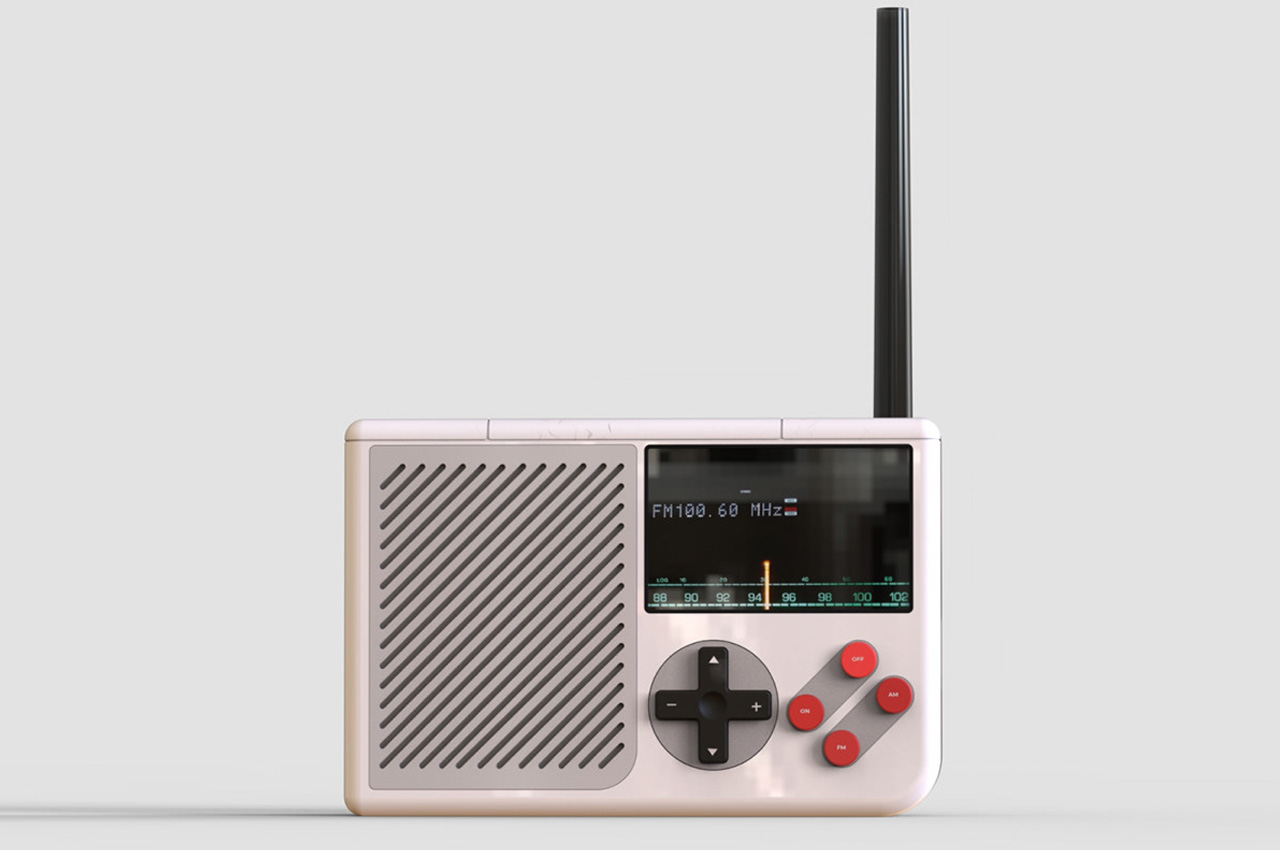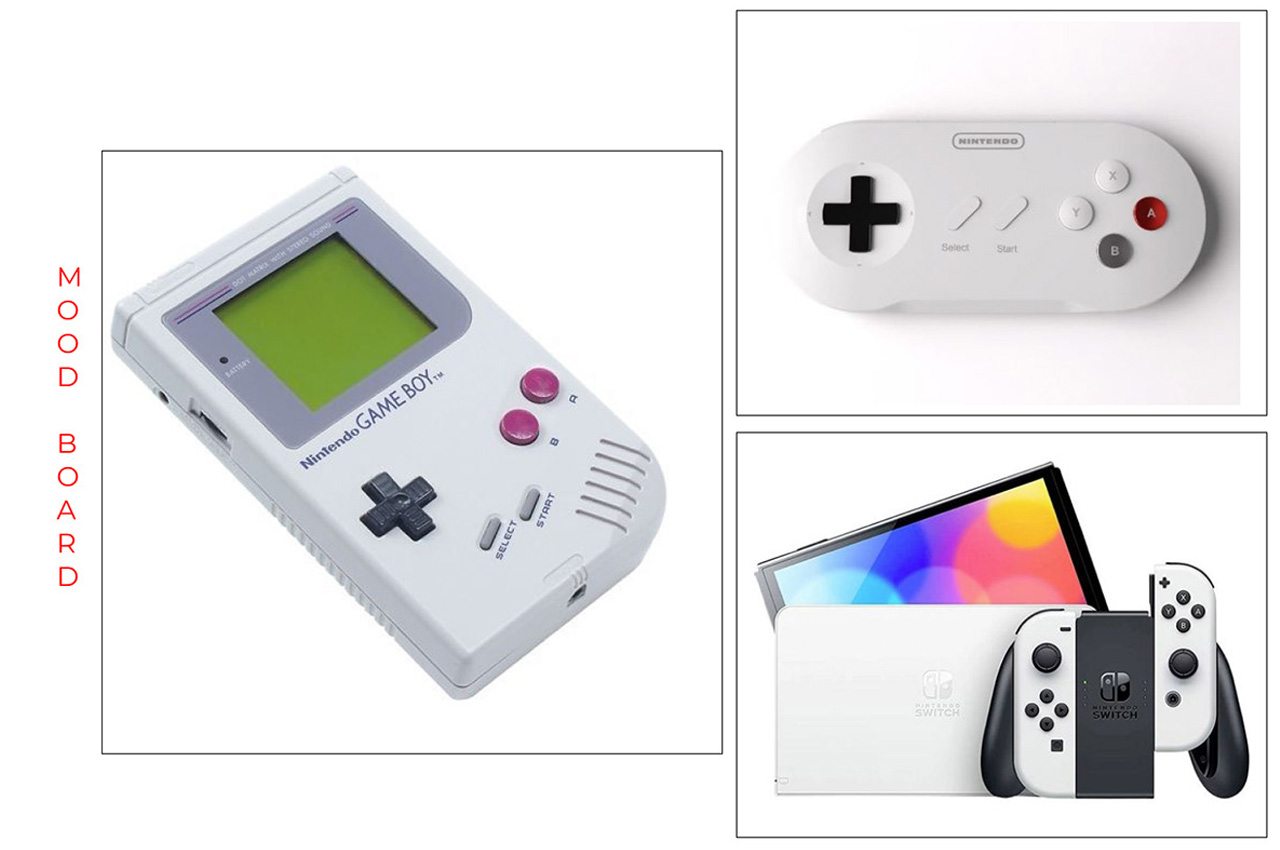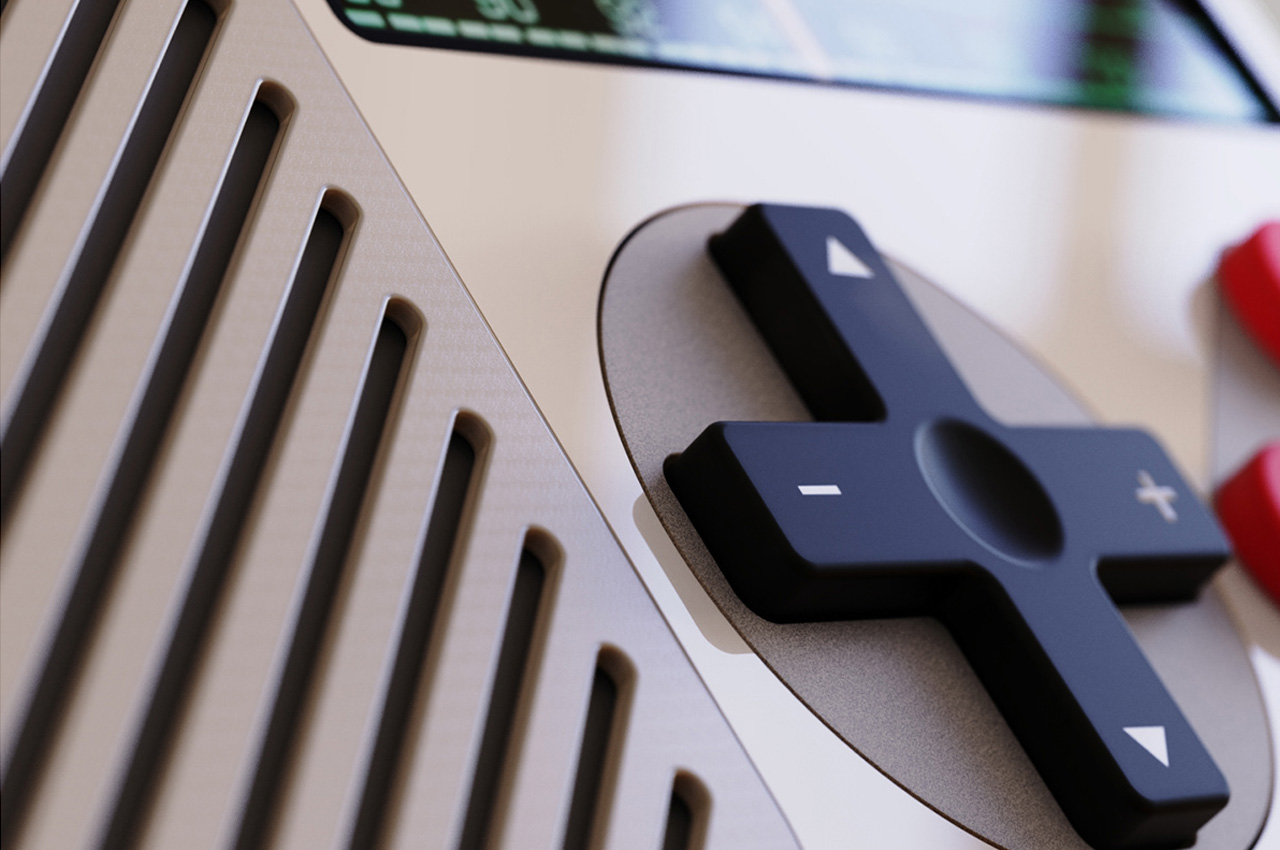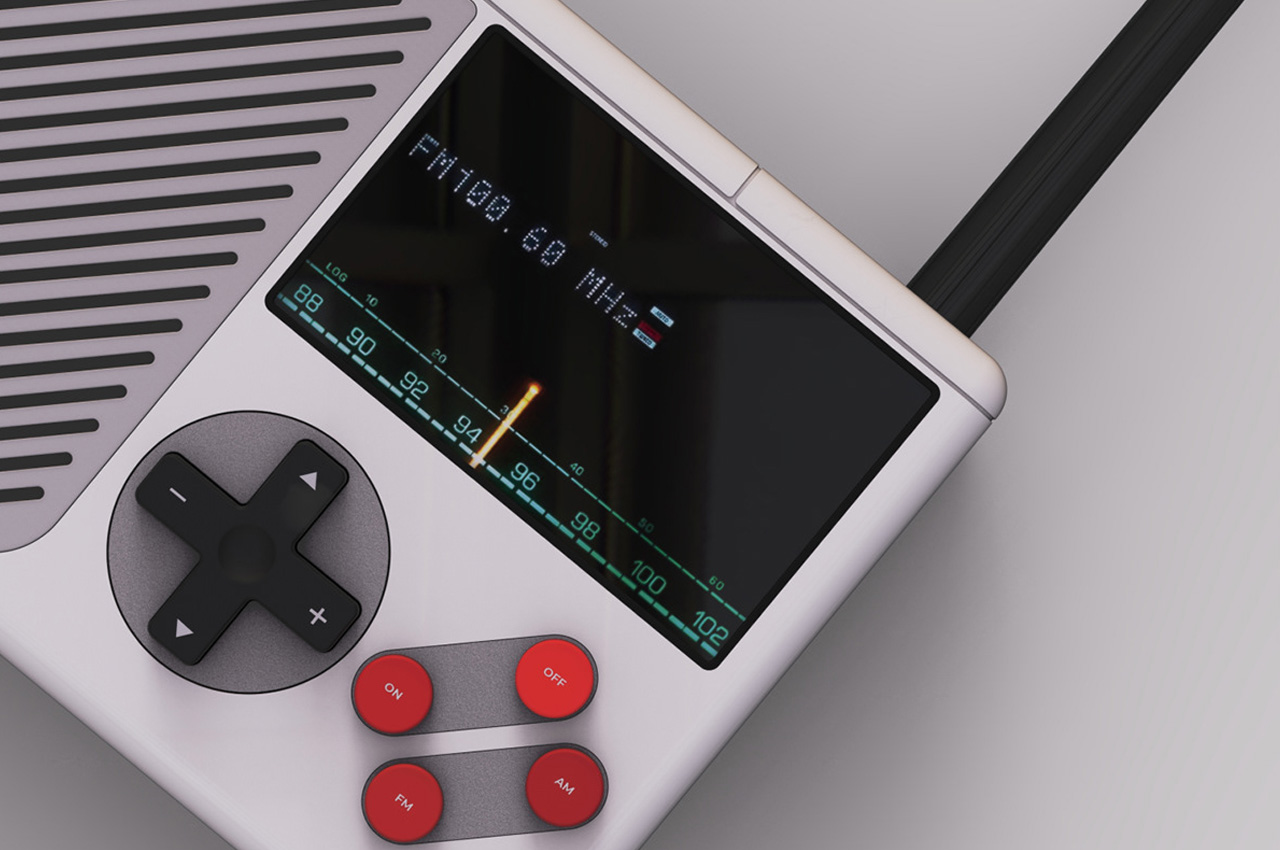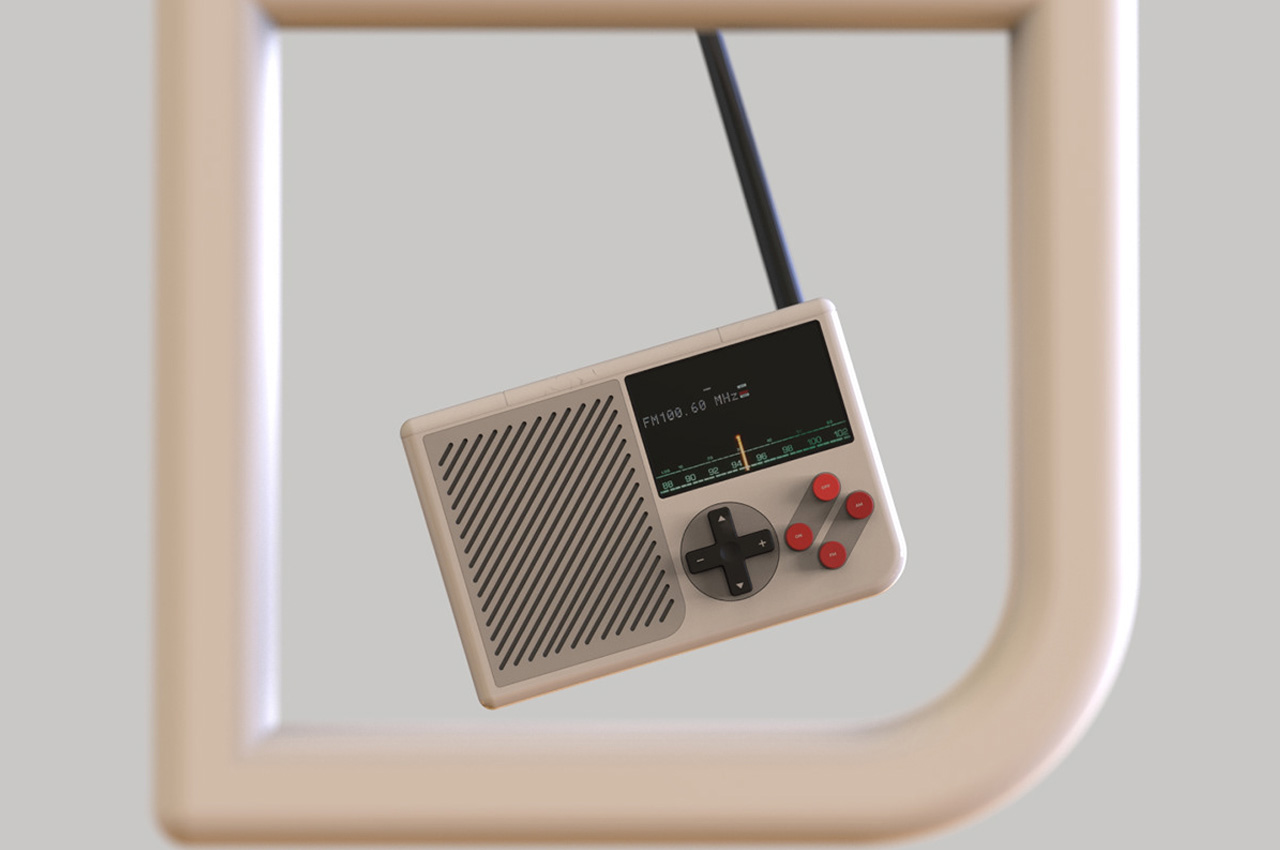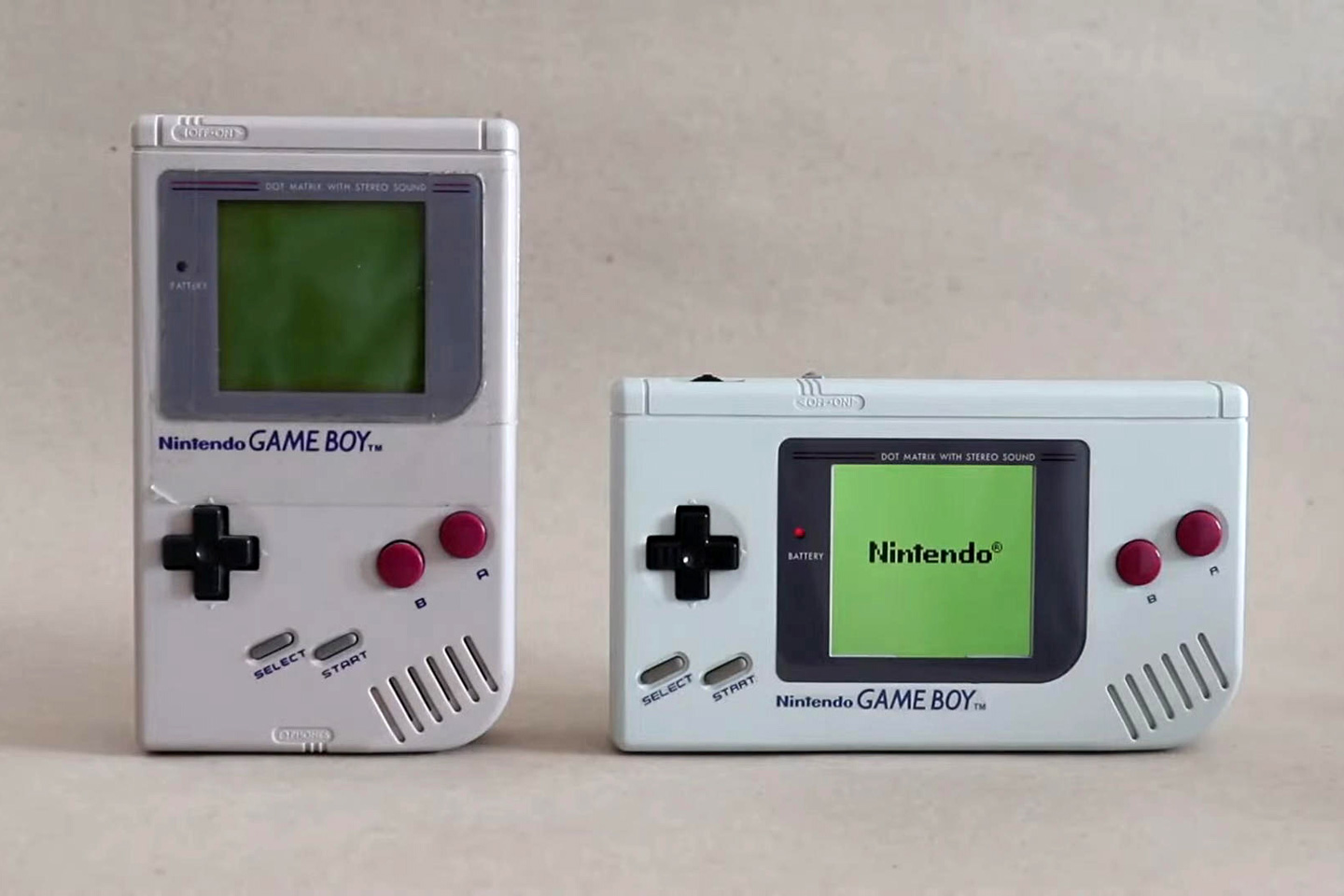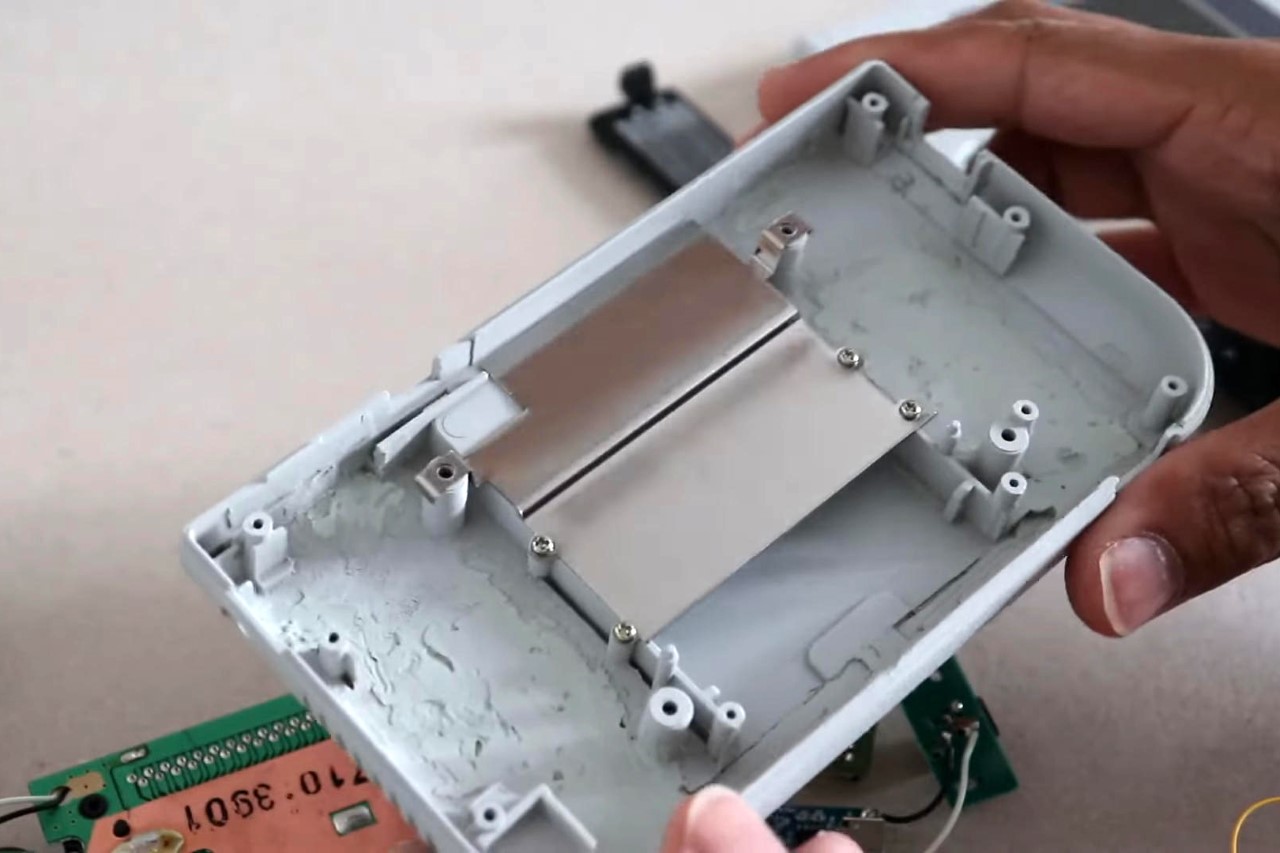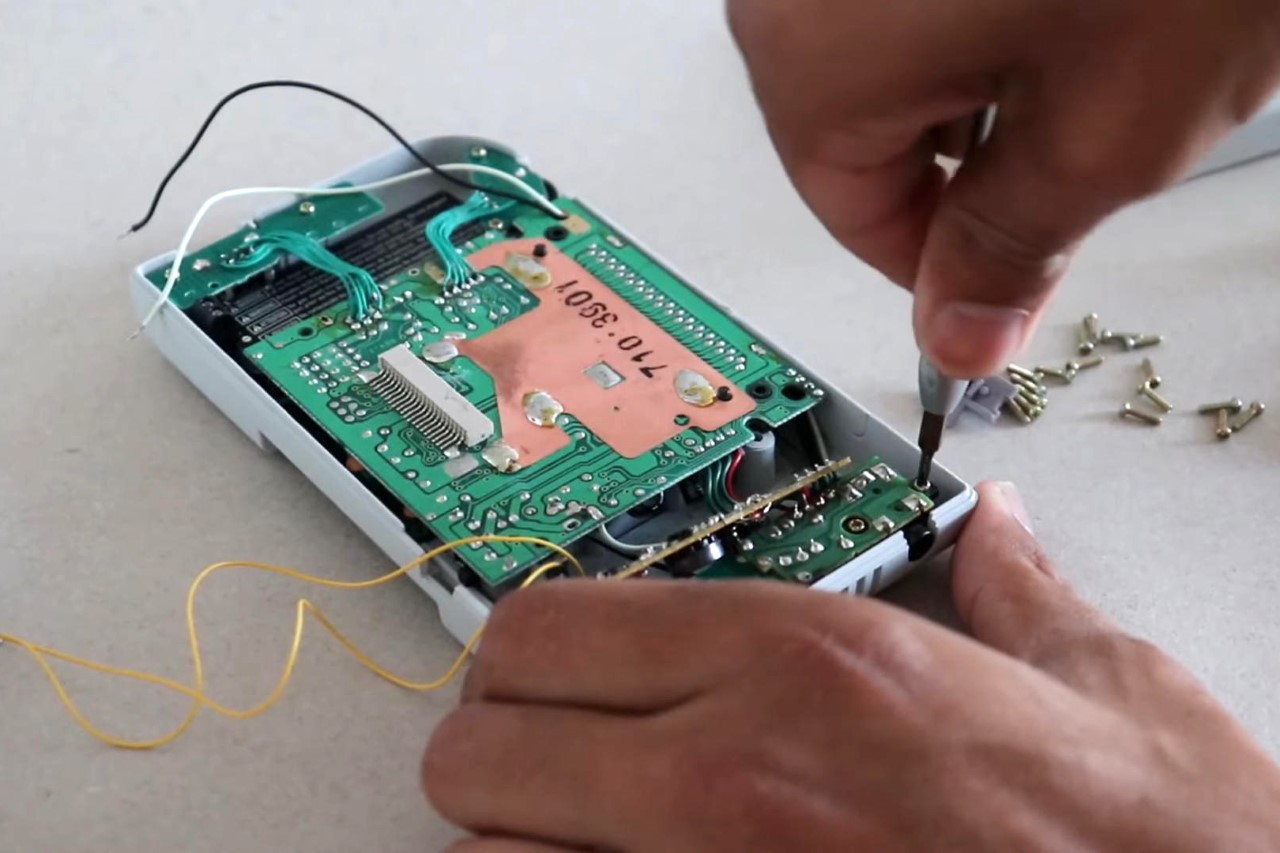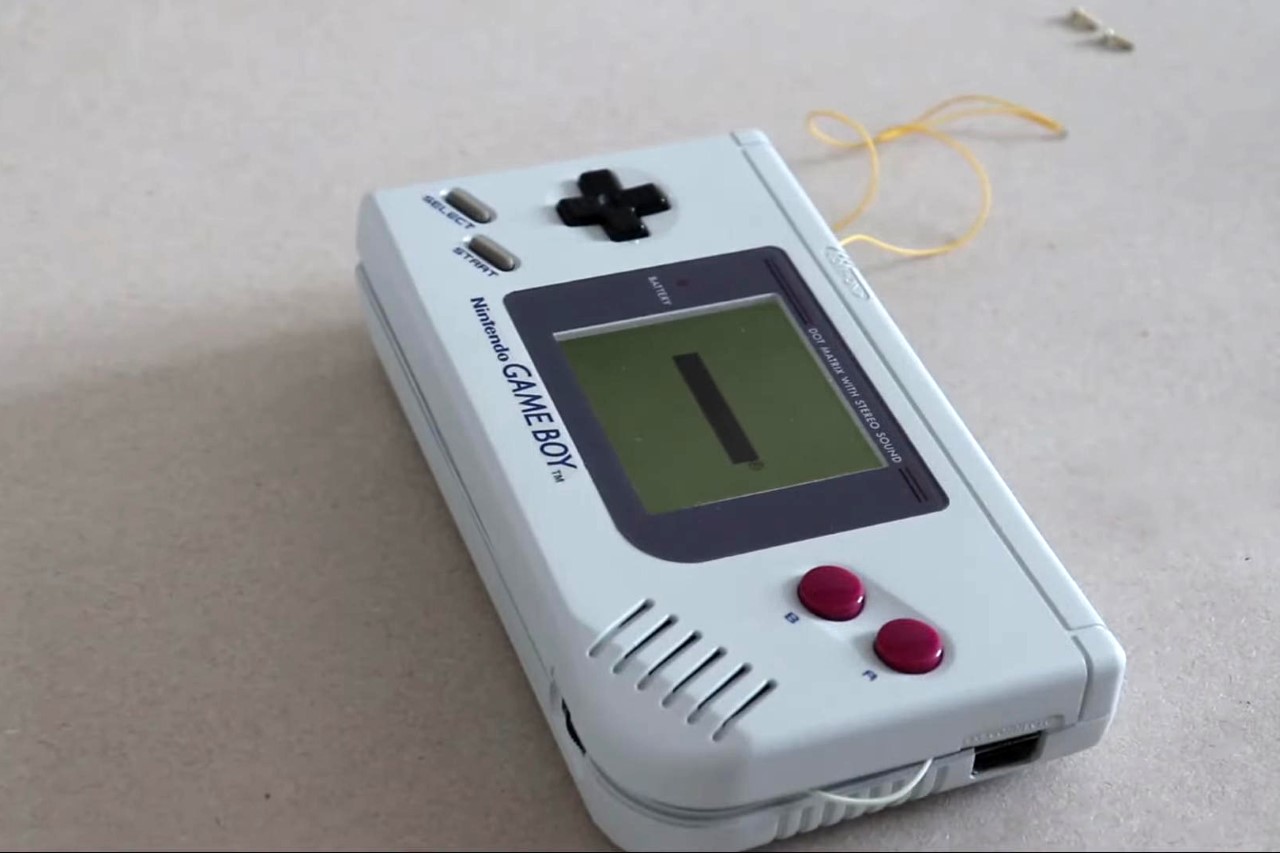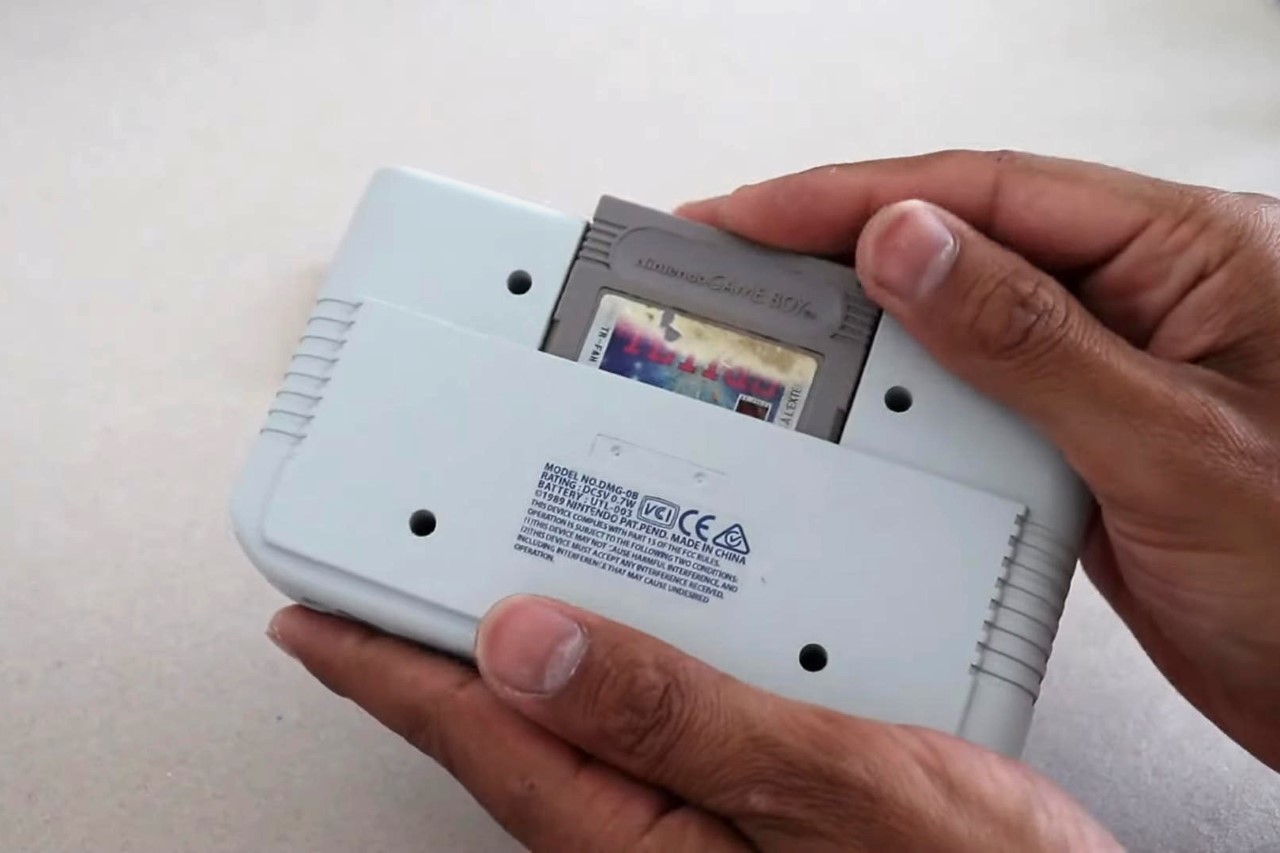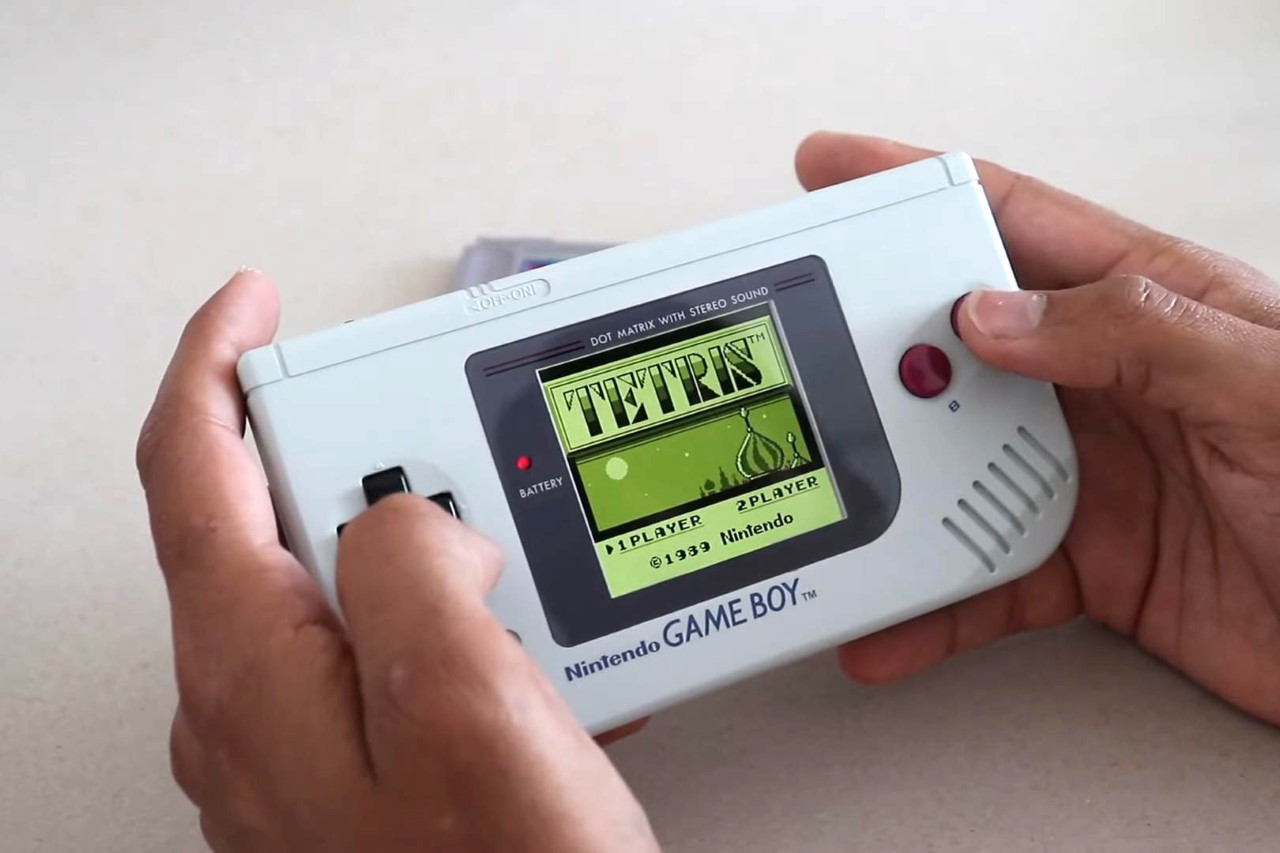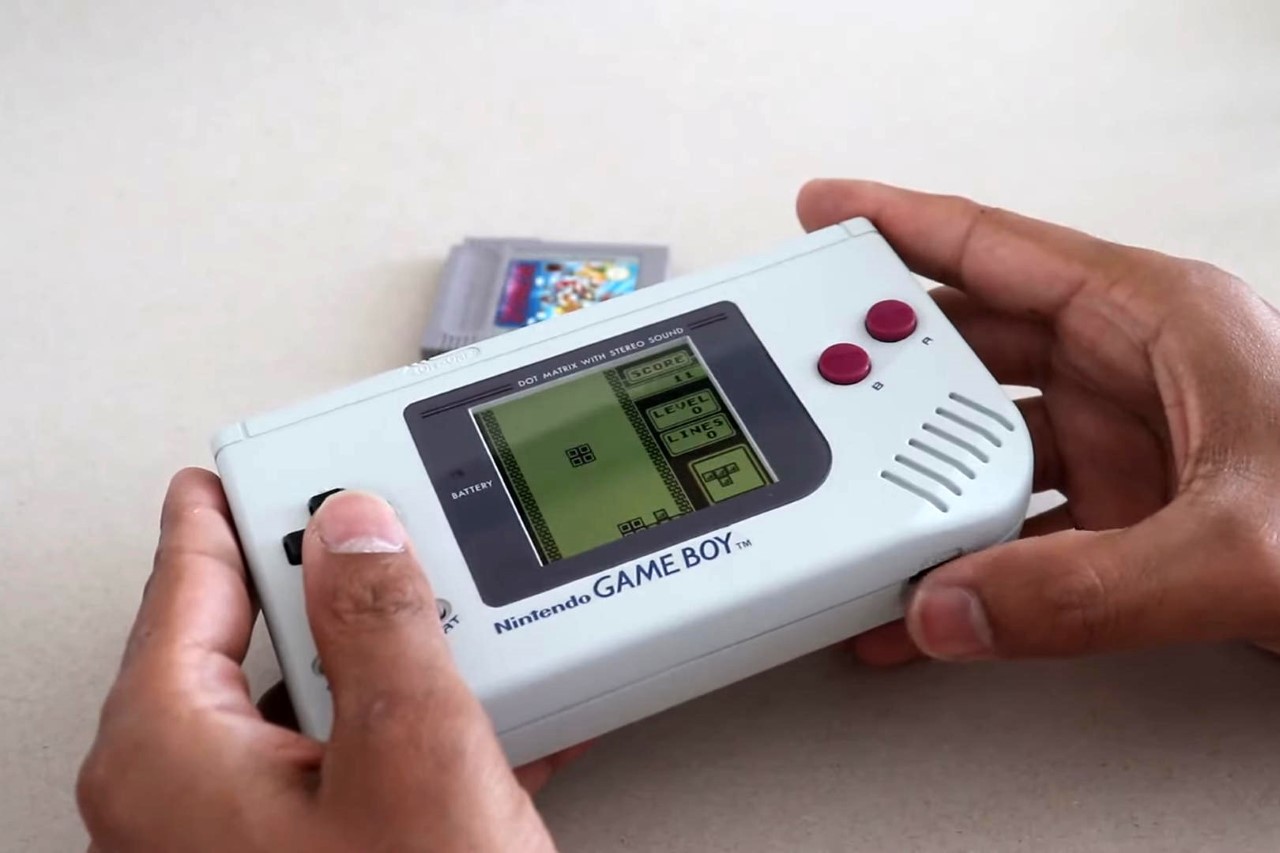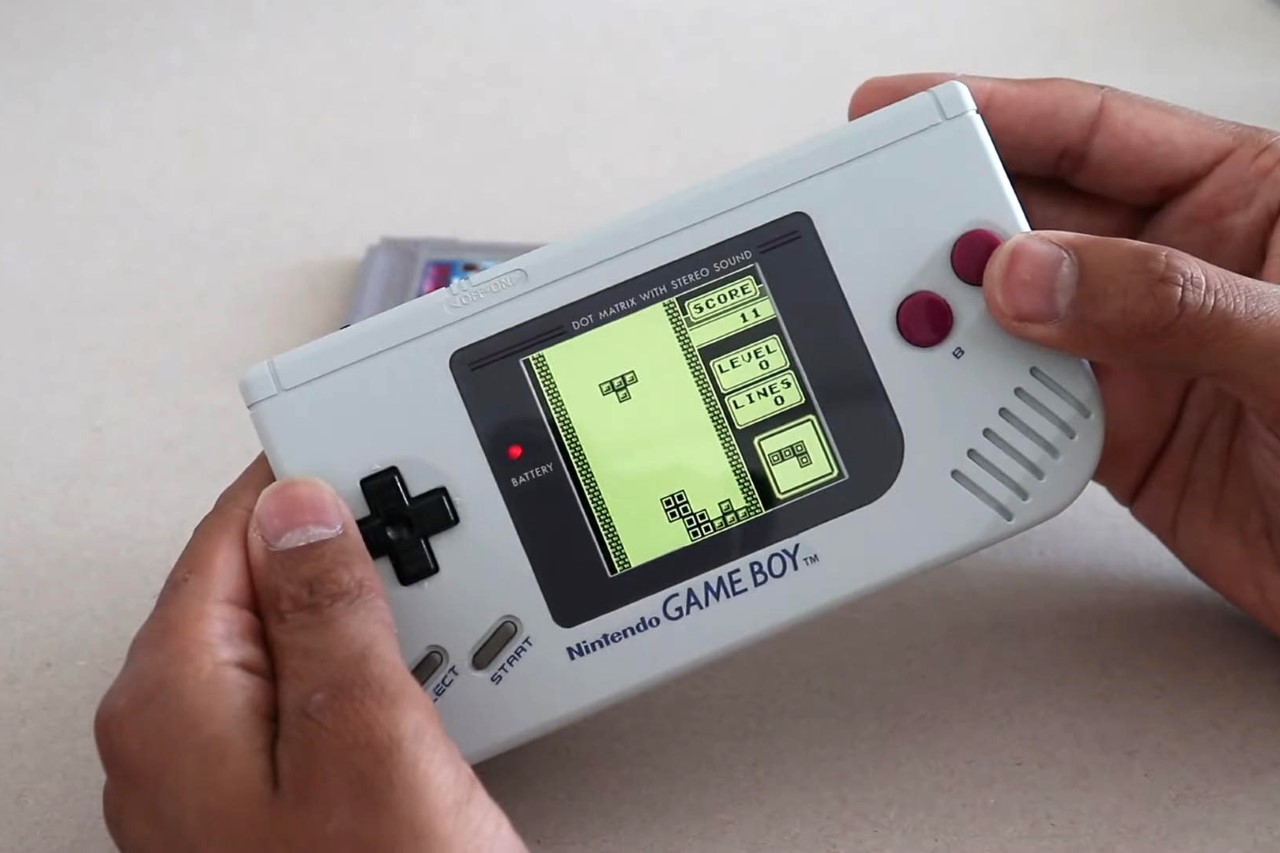Even when the folks at Nintendo don’t say anything, they say a lot! The rumor mill has been ABUZZ with speculation about the Nintendo Switch 2, which many people close to the matter say should arrive in 2024. While Nintendo has been extremely tight-lipped about the release of its highly-anticipated next-generation handheld console, it’s rumored that multiple studios have gotten access to the developer kit, confirming that the Switch 2 is, in fact, coming. This would be big for Nintendo too, as they’ve never released a ‘2nd edition’ of any of their consoles – the name has always changed ever so slightly, but the number 2 hasn’t featured in this new name. Take the Wii and WiiU for example, or the Nintendo DS and 3DS, or the Game Boy and Game Boy Advance if you want to look even further back.
The Switch 2’s reputation precedes it, following a 1st gen console so infamous, it remained sold out through multiple production runs and still is the most popular handheld console today, even though it was first unveiled six years ago. This Switch 2 concept, designed and envisioned by Salvo Lo Cascio and Riccardo Cambò Breccia, embodies everything we fans expect from Nintendo, peppered with a few healthy leaks and rumors. Let’s dive in!
Designers: Salvo Lo Cascio & Riccardo Cambò Breccia
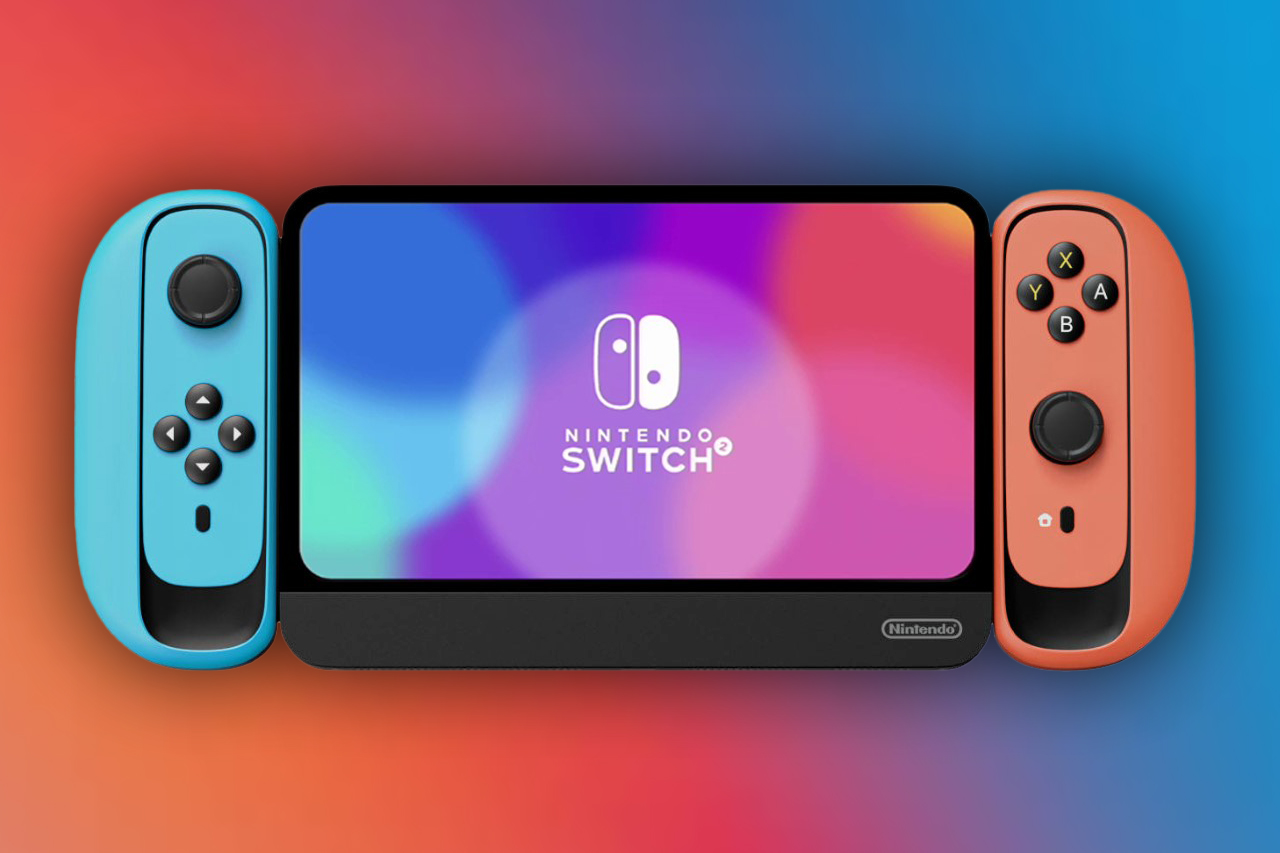
Outwardly, the Nintendo Switch 2 concept embraces and really highlights its predecessor’s black, red, and blue color scheme. The format remains entirely the same too, with a few pretty visible tweaks, but all in all, it’s as unabashedly Nintendo as it gets.
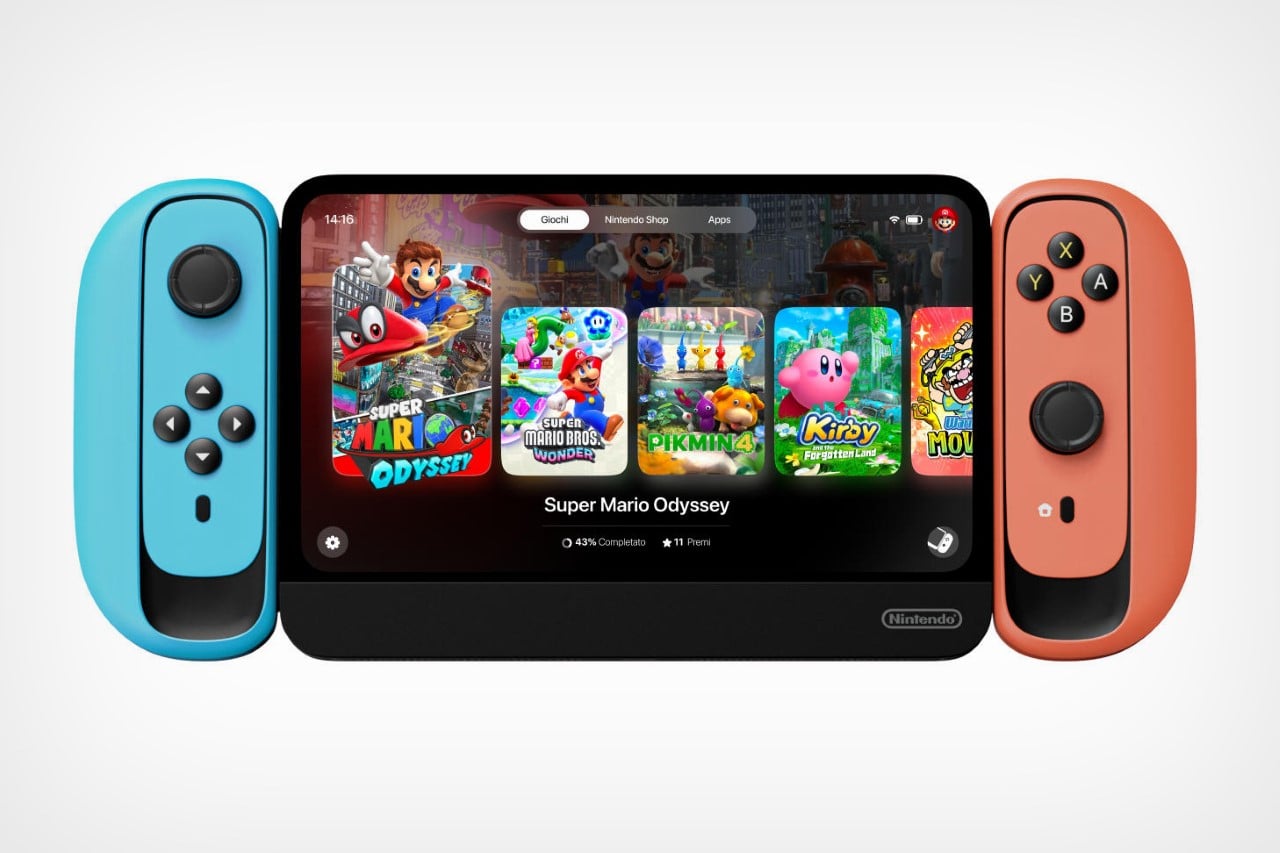
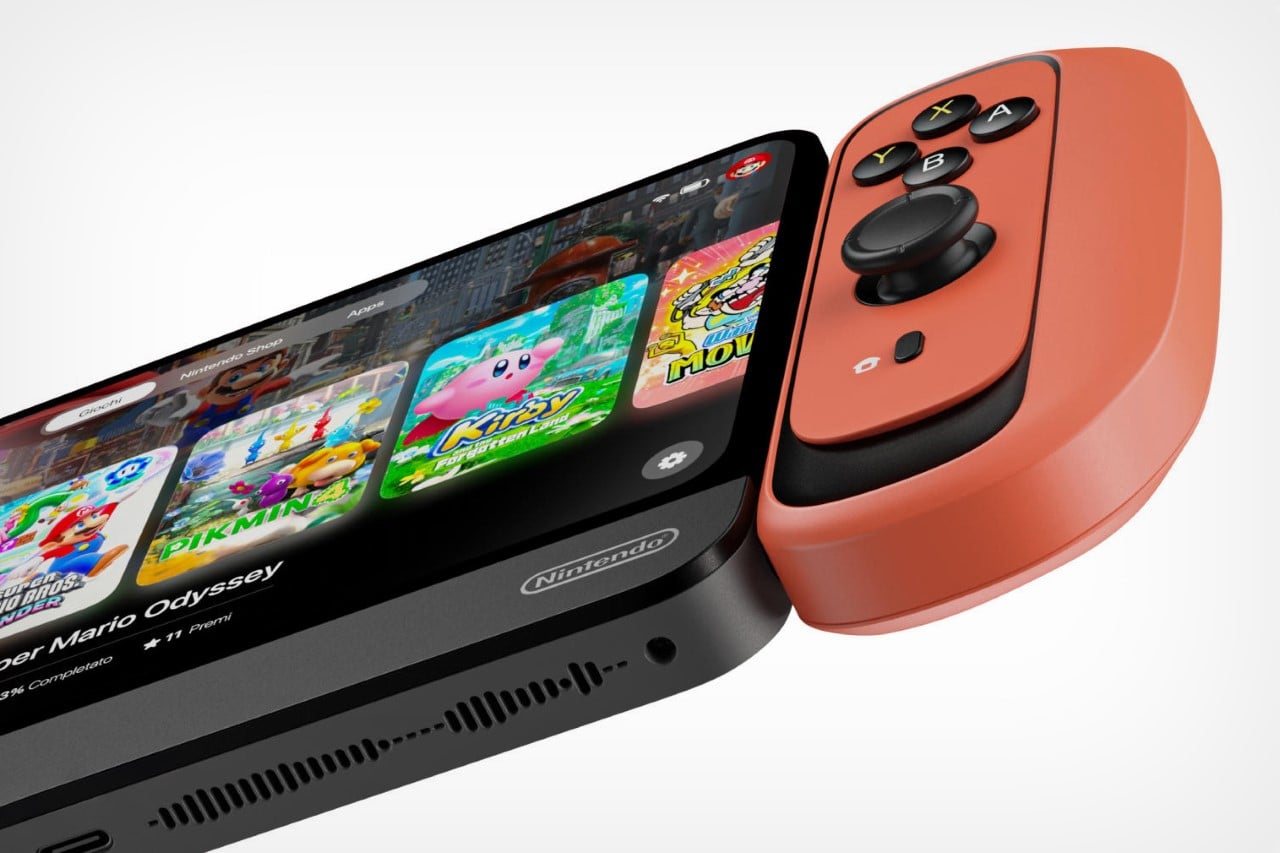
We start with the Joy-Cons, which now sport a slightly chunkier, more rounded design that has a playful appeal to it. The controllers are a pleasure to hold as a part of the console as well as independent units, and come with a sliding panel built into its design – but more on that later. The main unit, on the other hand, is significantly different too, with drastically slimmer bezels than on the original Nintendo Switch. Rounded corners give the display unit a cutting-edge tablet appeal, although the only thing missing to make it a tablet is the presence of cameras!
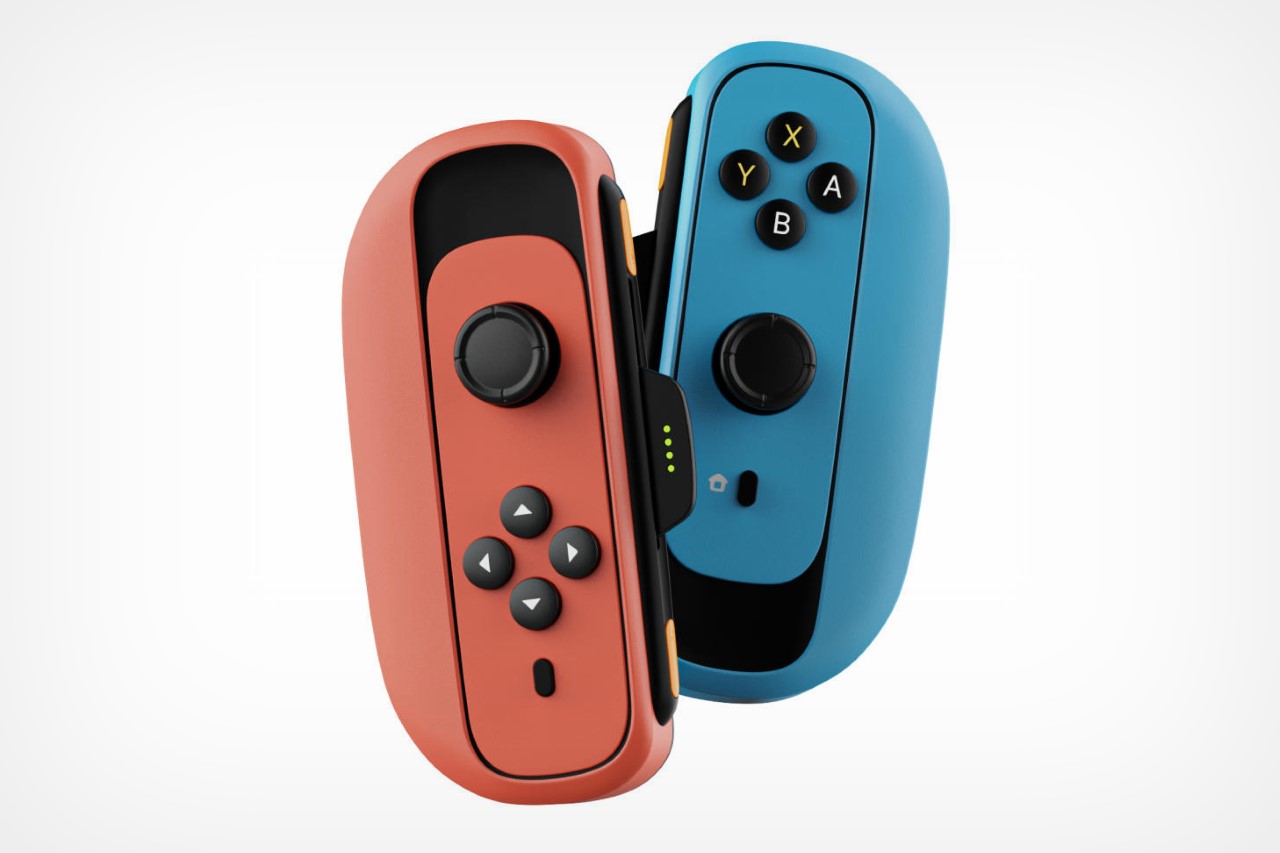
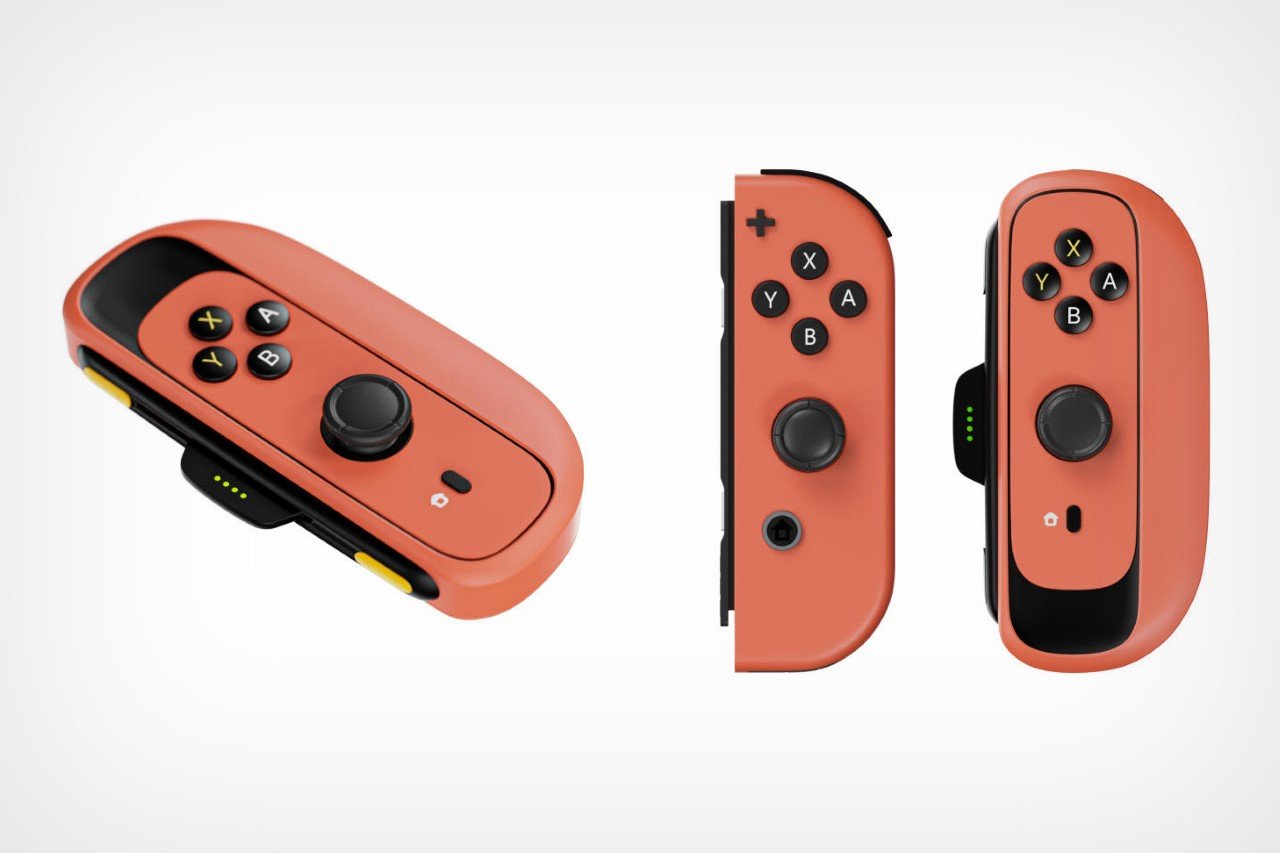
A comparison between the old and new Joy-Con design
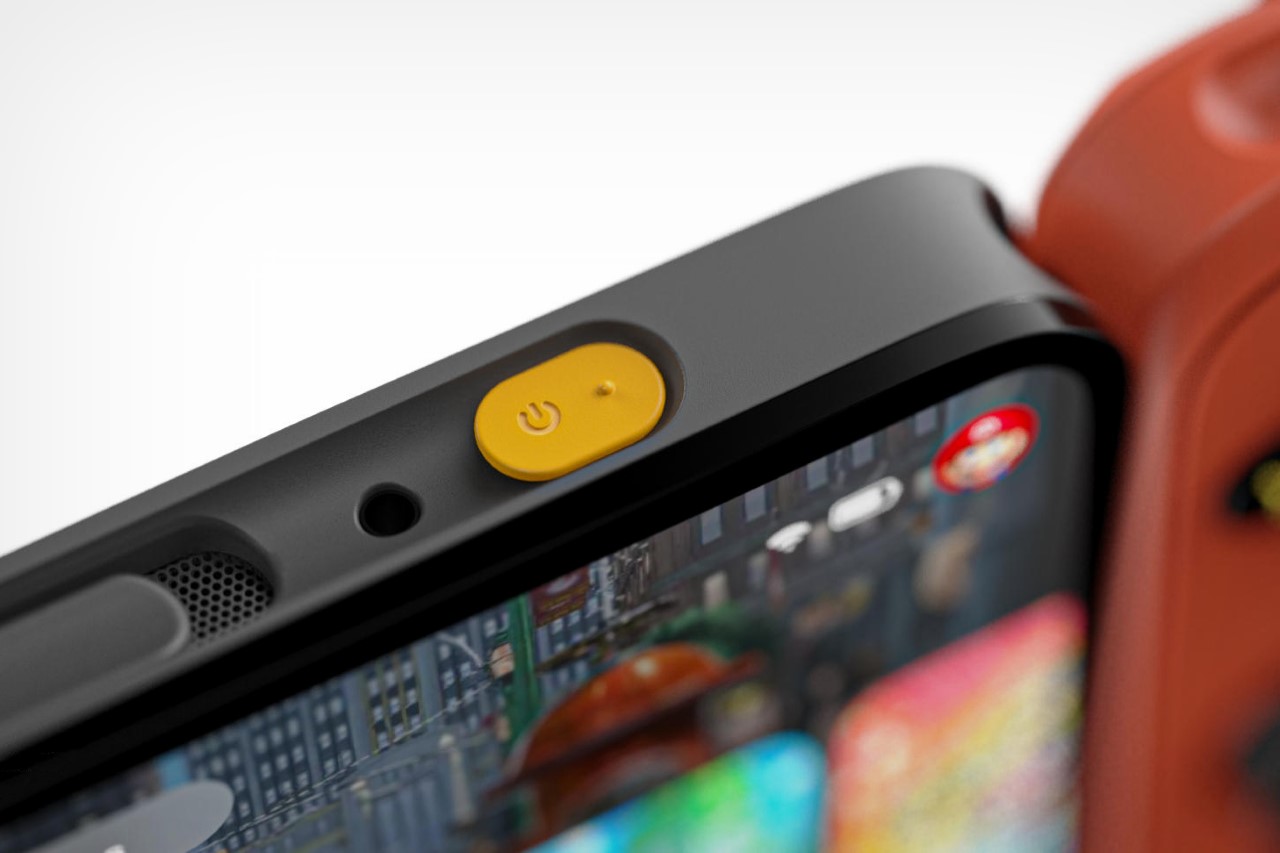
The new Joy-Cons’ strange sliding panel has an incredibly clever utility to it. Although designed to be used as a standalone unit, the Switch originally boasted of being able to handle two-person gaming too. All you needed to do was pop the Joy-Cons out and they would transform into dedicated handheld controllers. The problem was that these controllers weren’t designed to be symmetrical when held horizontally. Salvo and Riccardo’s clever design workaround fixes that problem entirely, creating a set of handheld controllers that feel ergonomic and comfortable to use even when held on their own. The GIF below explains how this works.

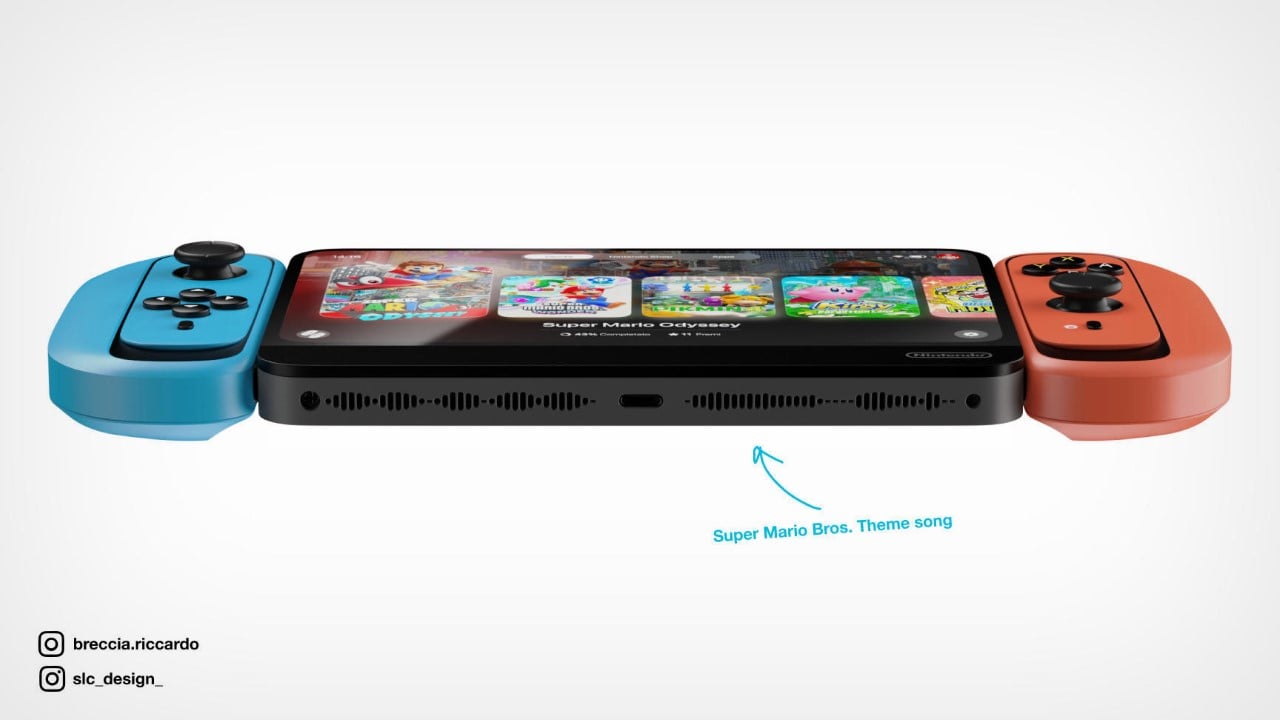
The designers also hid an easter egg in the Nintendo Switch 2’s speaker grill by shaping it into the waveform of the iconic Super Mario Bros. theme!

The rumor mill has been going on and on about Nintendo probably launching two Switch 2 models together. The second, according to Bobby Kotick (CEO of Activision) is suspected to be as powerful as a PS4, shattering through all benchmarks to make this new Switch model Nintendo’s most capable one yet. Dubbed the Nintendo Switch 2 MAX, Salvo and Riccardo gave this a significantly upgraded design too, in the form of an all-black colorway, and a larger screen sans the lower chin seen in the Switch 2. According to Kotick, the developer kit of the Switch 2 MAX was allegedly powerful enough to handle Triple-A games without breaking a sweat. Most Switch users have complained that the console’s graphics are its biggest limitation, and the Switch 2 MAX may just be exactly what they need.
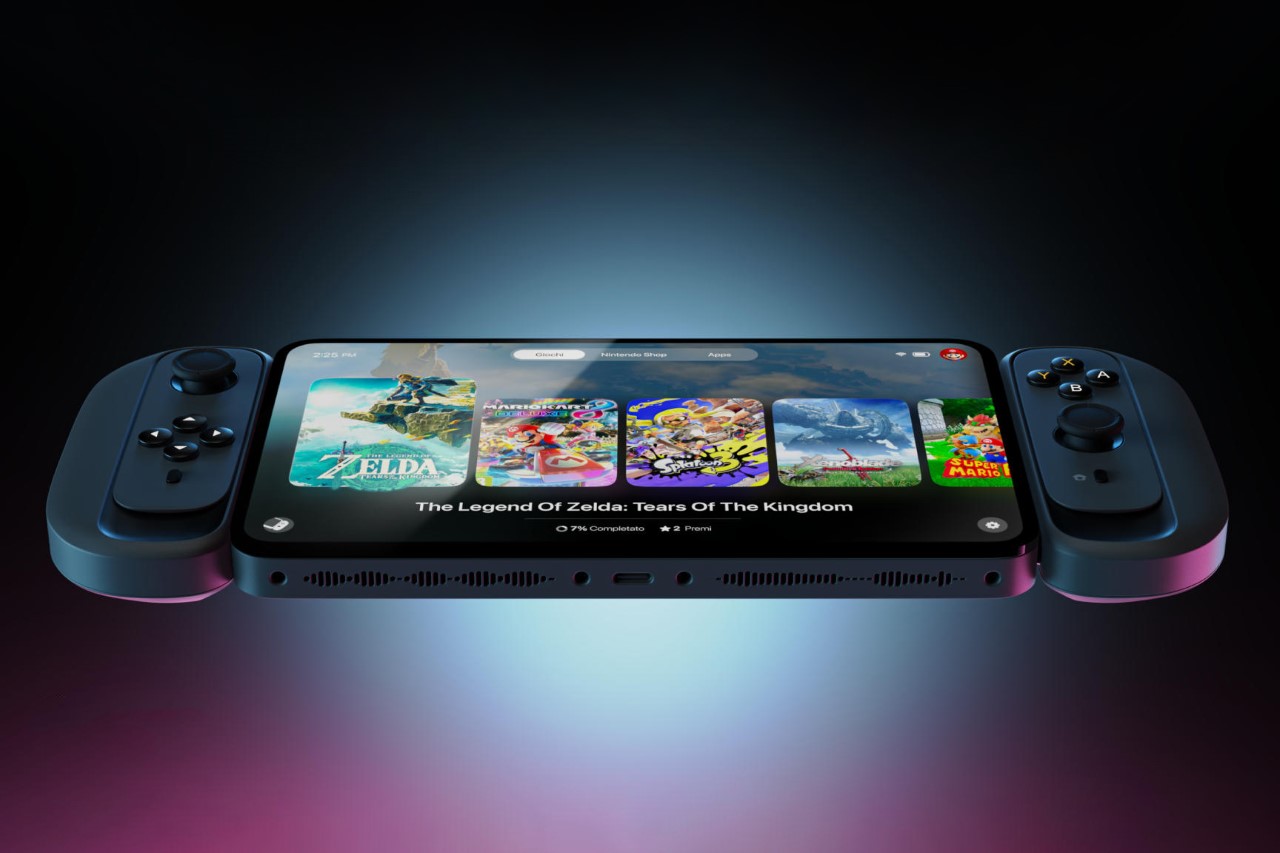
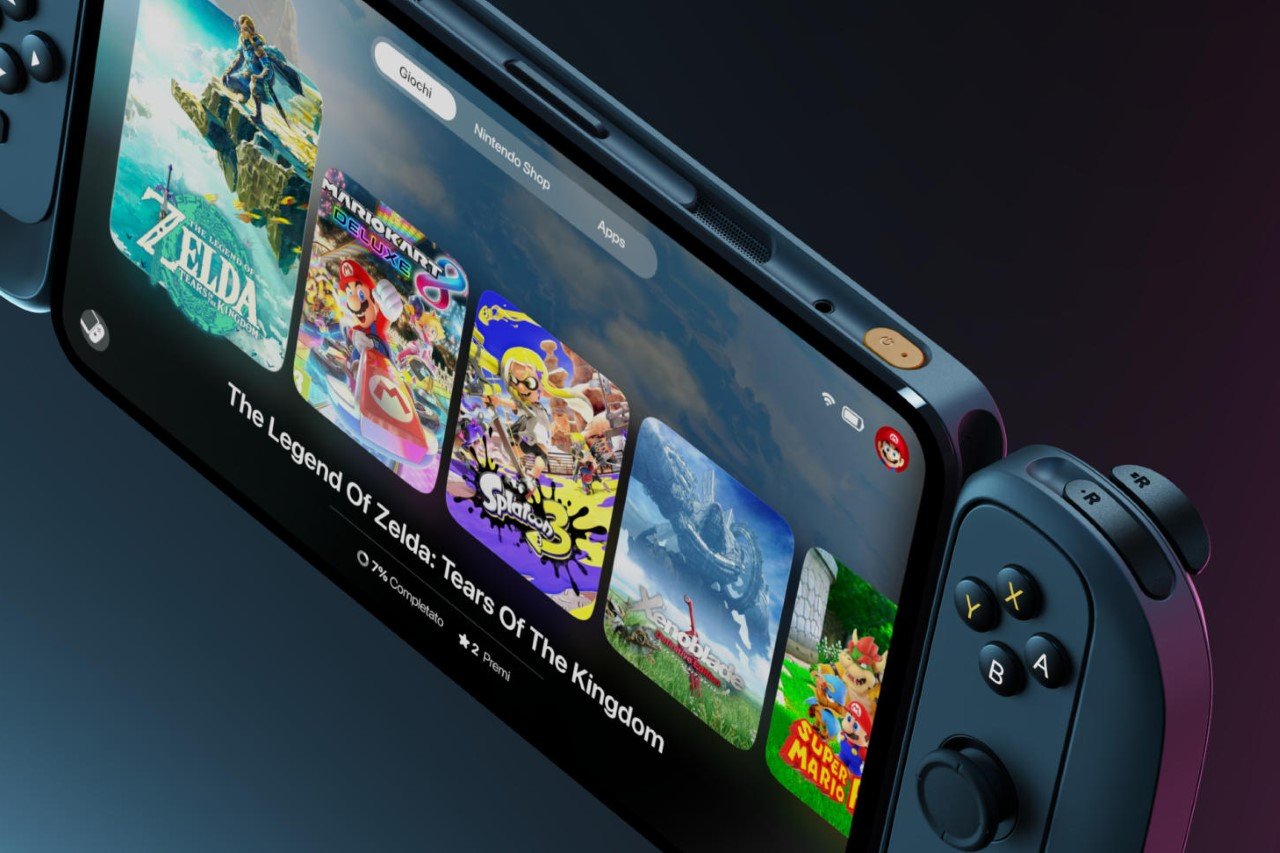
The Nintendo Switch 2 MAX has a much larger, edge-to-edge display
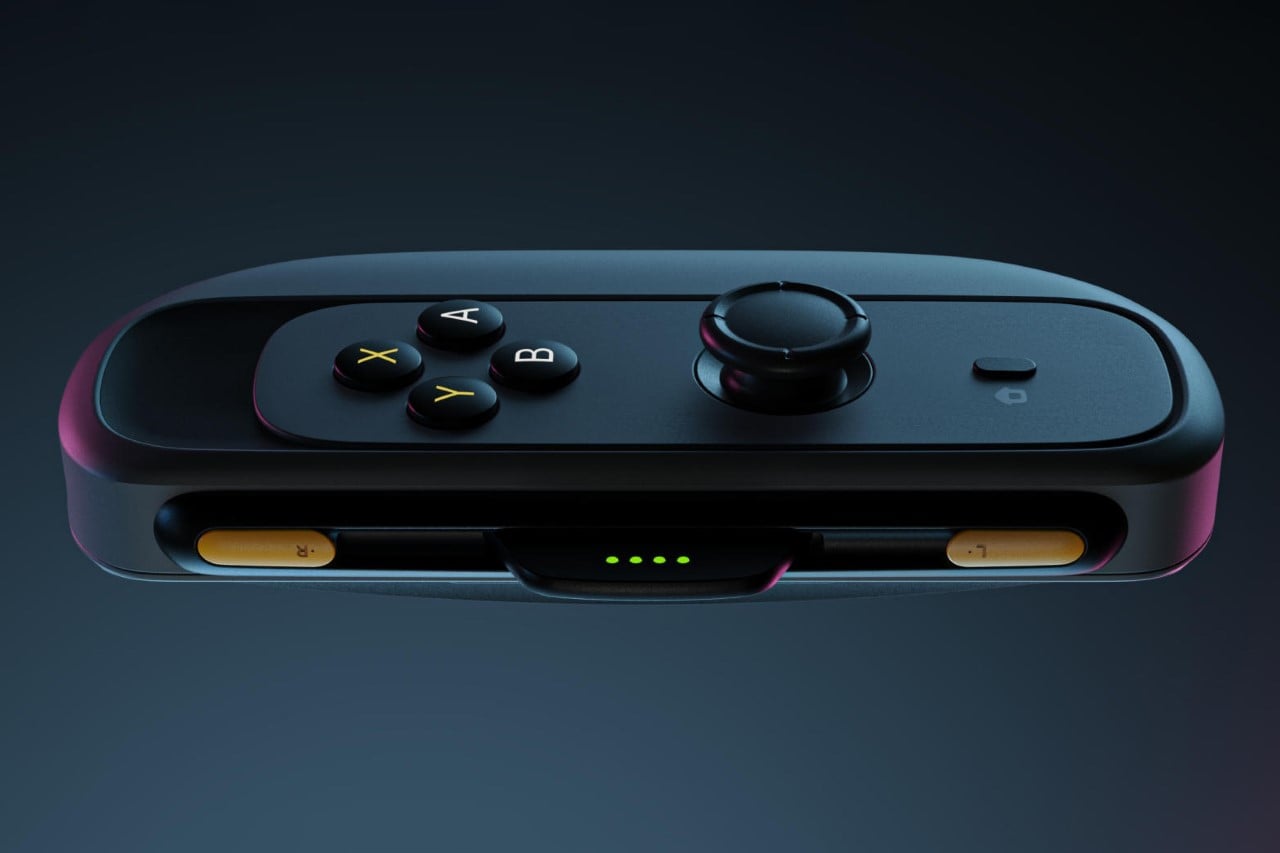
The all-black controller on the Switch 2 MAX is a deviation from Nintendo’s Blue and Red color-way, but after all, a beast needs its camouflage! The Switch 2 MAX controller also has backlit XYAB keys, allowing for low-light high-octane gaming.
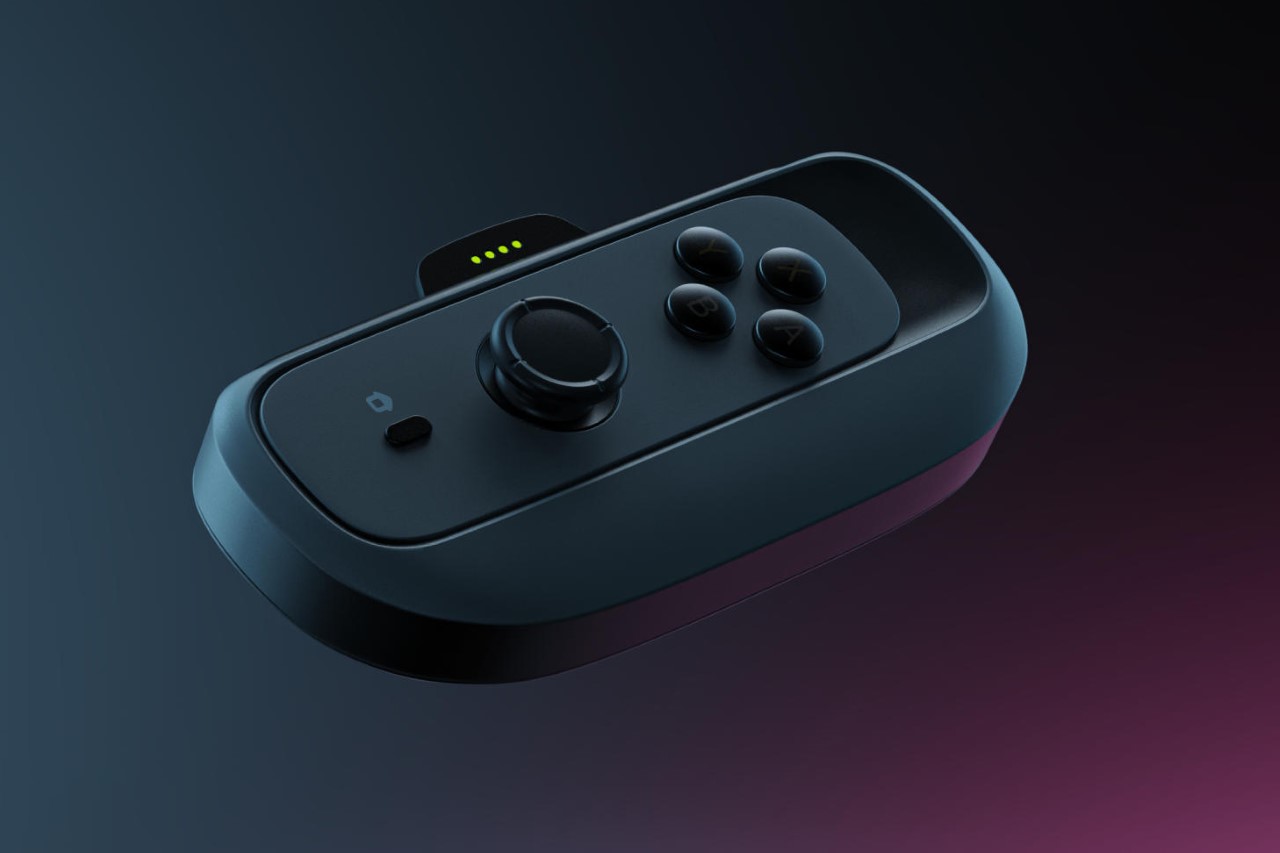
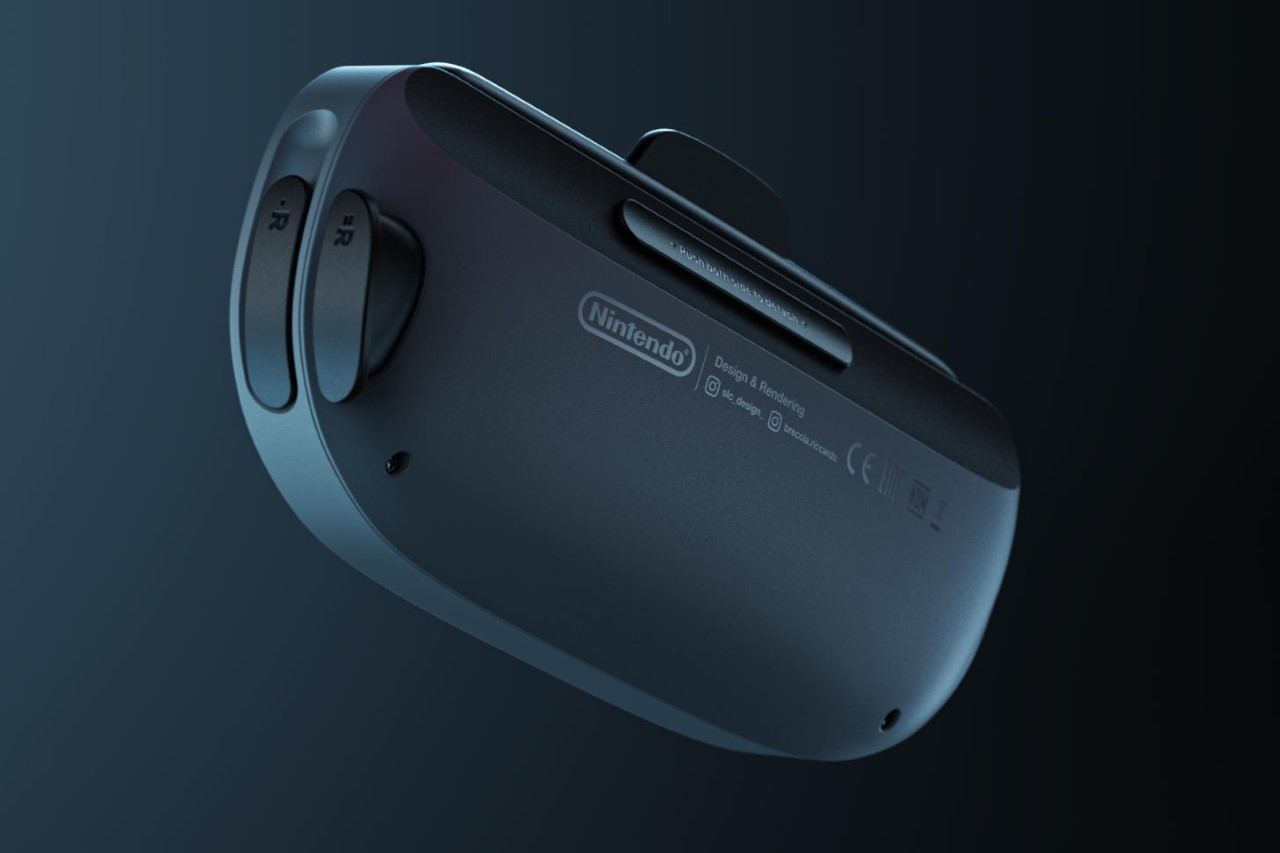
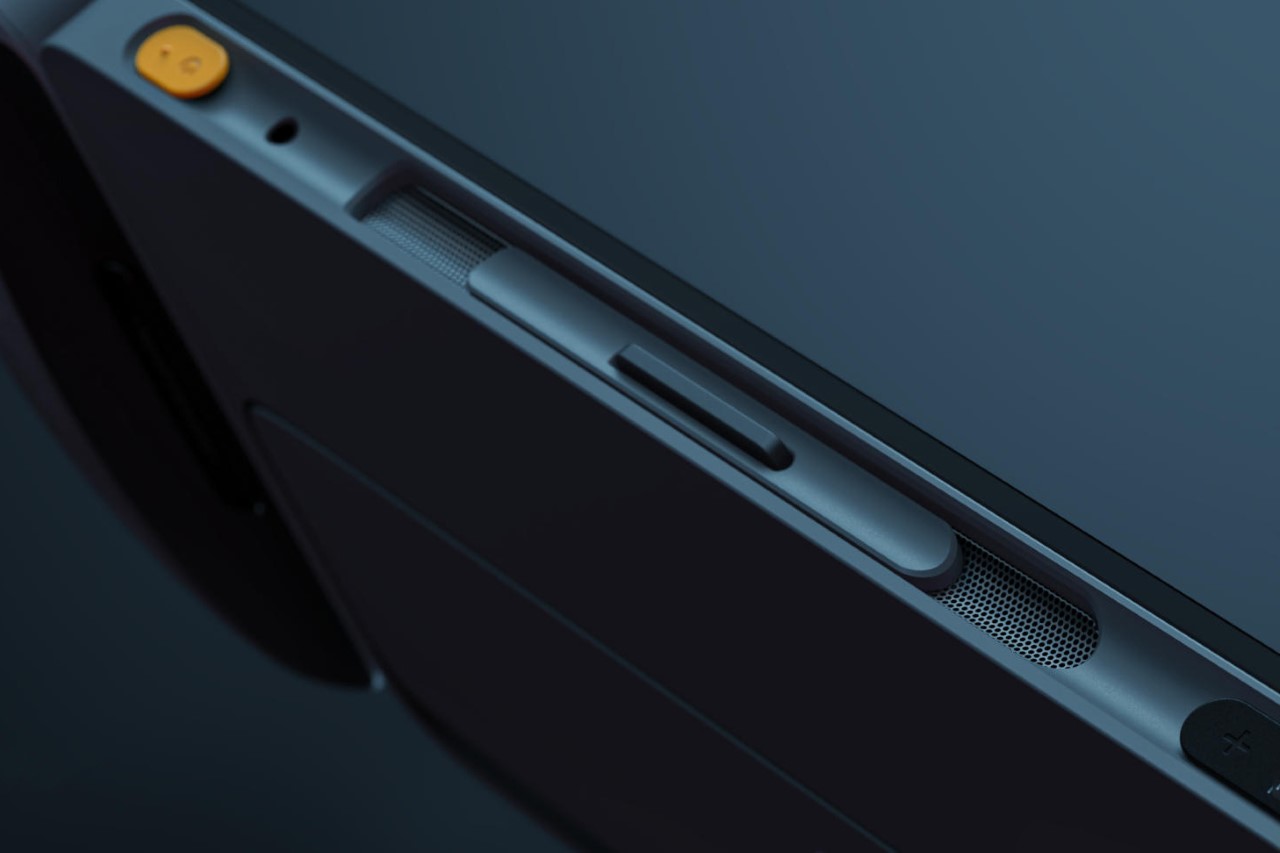
The last part of the Nintendo Switch 2 to receive a redesign is the hub, which docks the screen. Designed to both charge as well as work as an HDMI pass-through for the console, this new dock has an almost smart-home-like quality to it. Its design is soft and pebble-like, and accepts the Switch 2’s screen with absolute ease, mirroring its display onto a larger screen like a television, monitor, or projector.
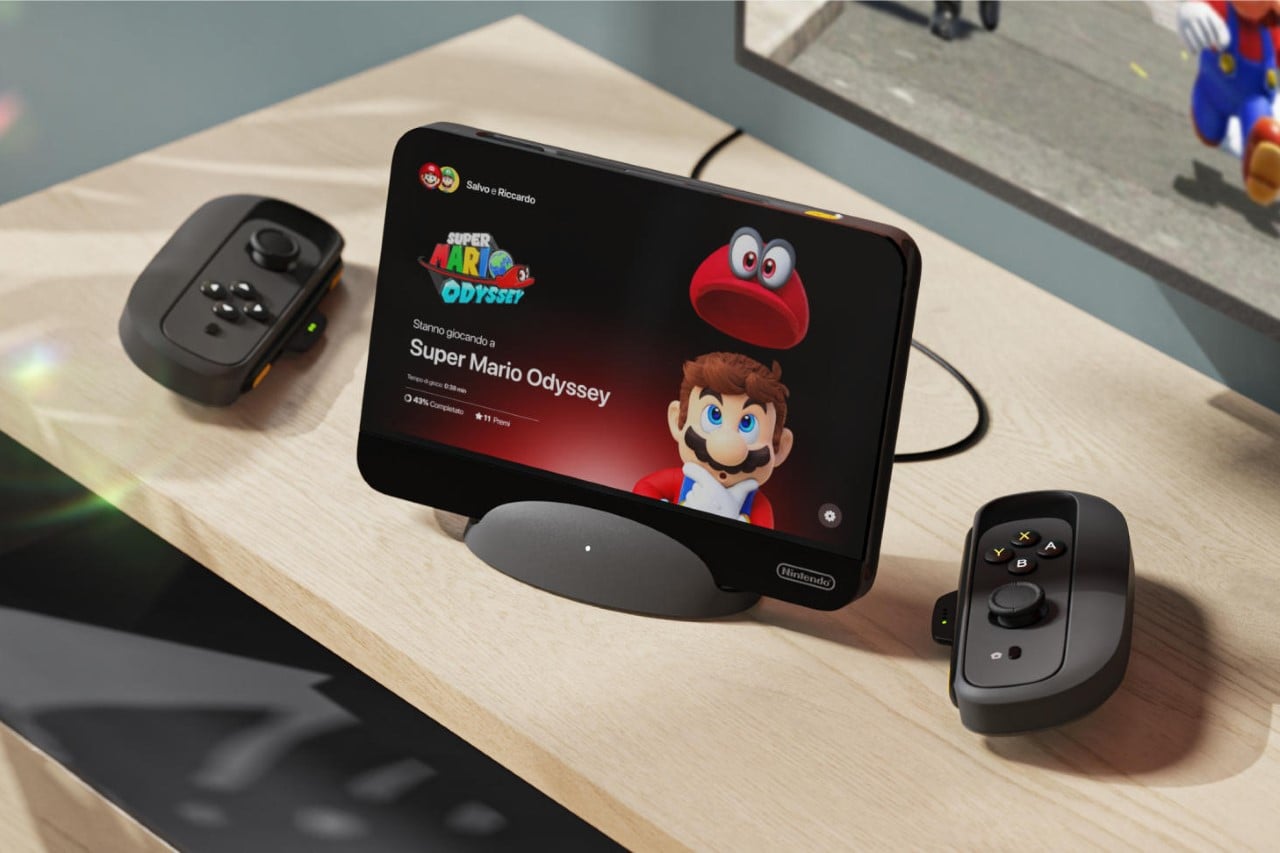
Salvo and Riccardo’s design couldn’t come at a better time, with gaming technology in a bit of a lull given the uncertain future of E3 (Electronic Entertainment Expo), the biggest exhibition in gaming. Although the actual device isn’t due till next year, this concept feels like a perfect culmination of fan requests and legitimate rumors. Let’s hope Salvo and Riccardo’s design is on the money, because if the Switch 2 looks anything like this, it’s sure to be a winner!
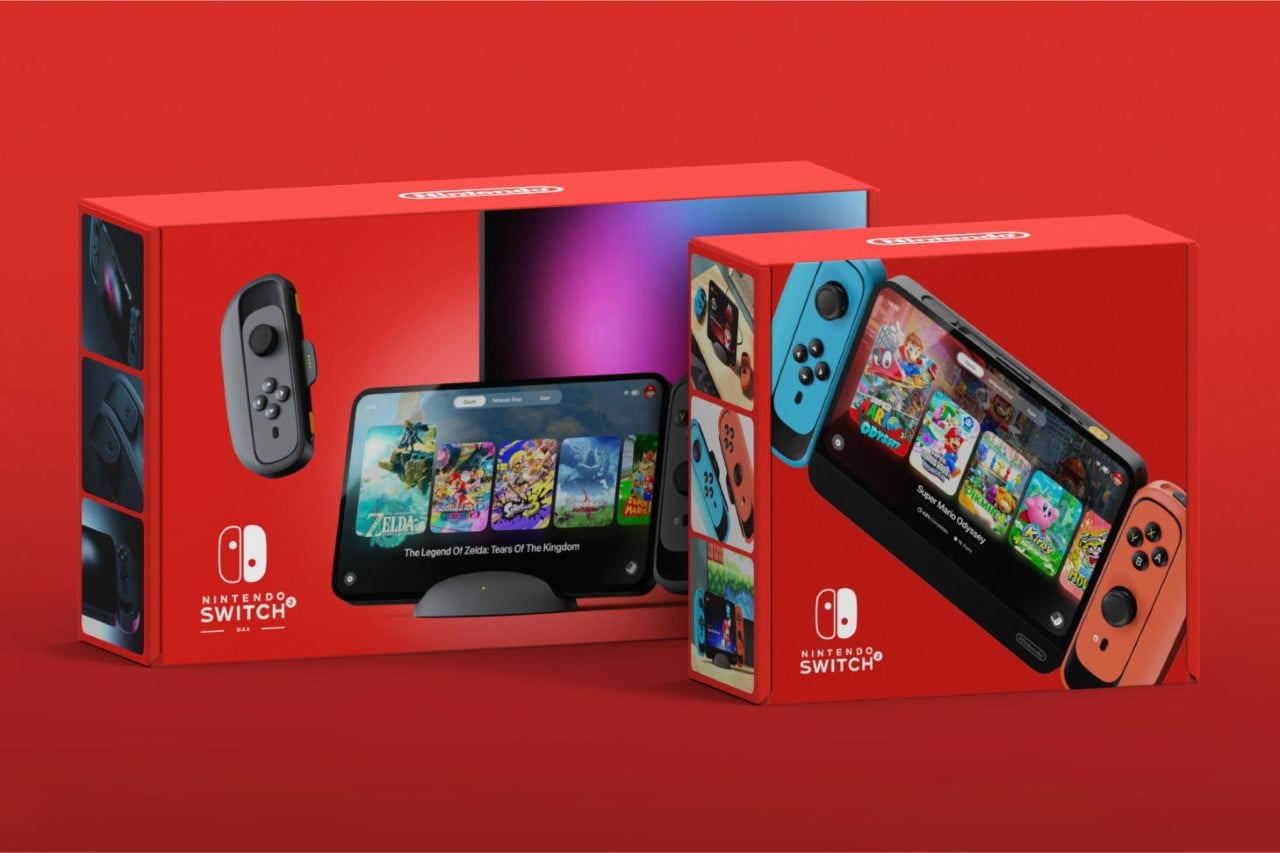
The post Nintendo Switch 2 Console Renders Hint At Smaller Bezels and Redesigned Joy-Cons first appeared on Yanko Design.
